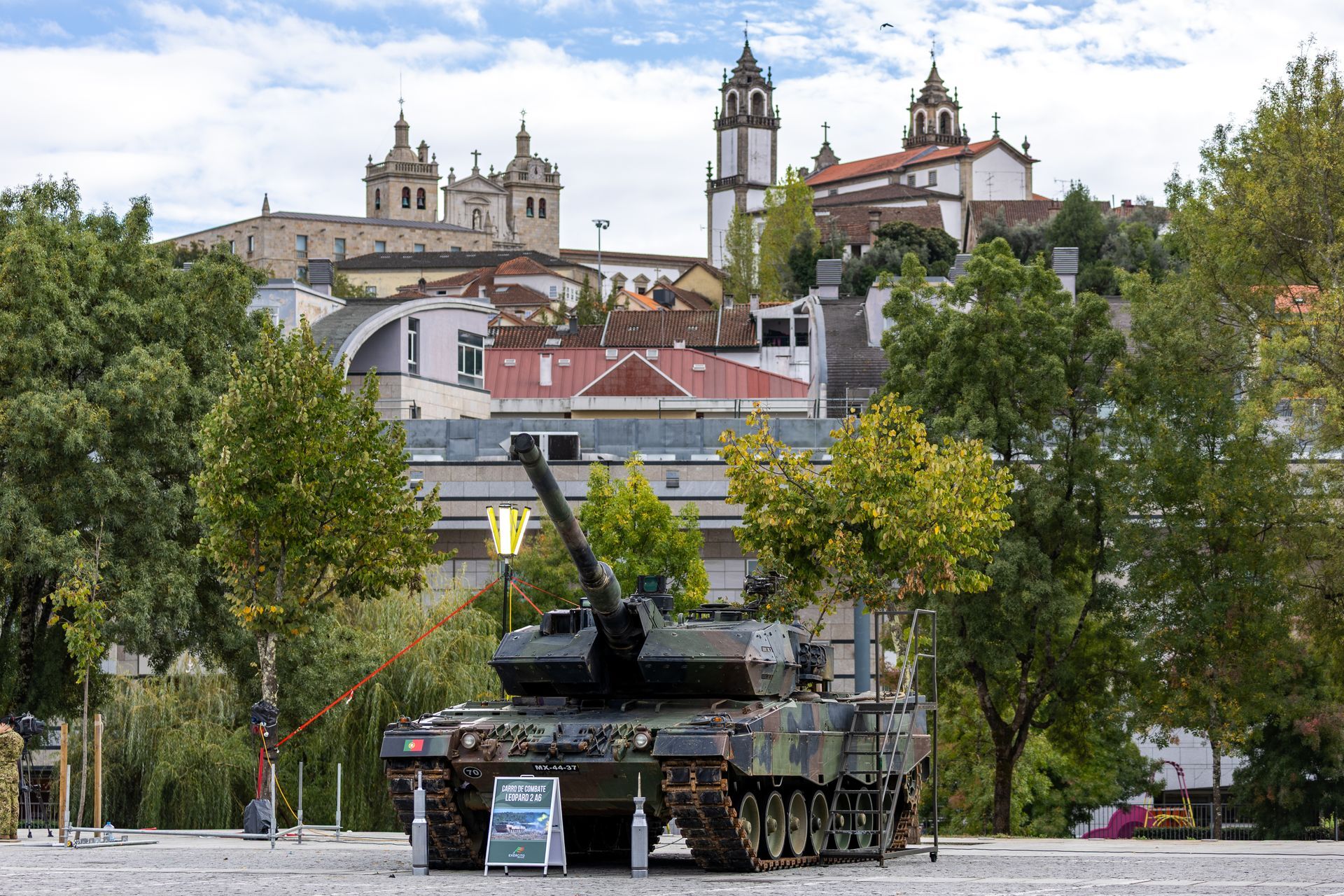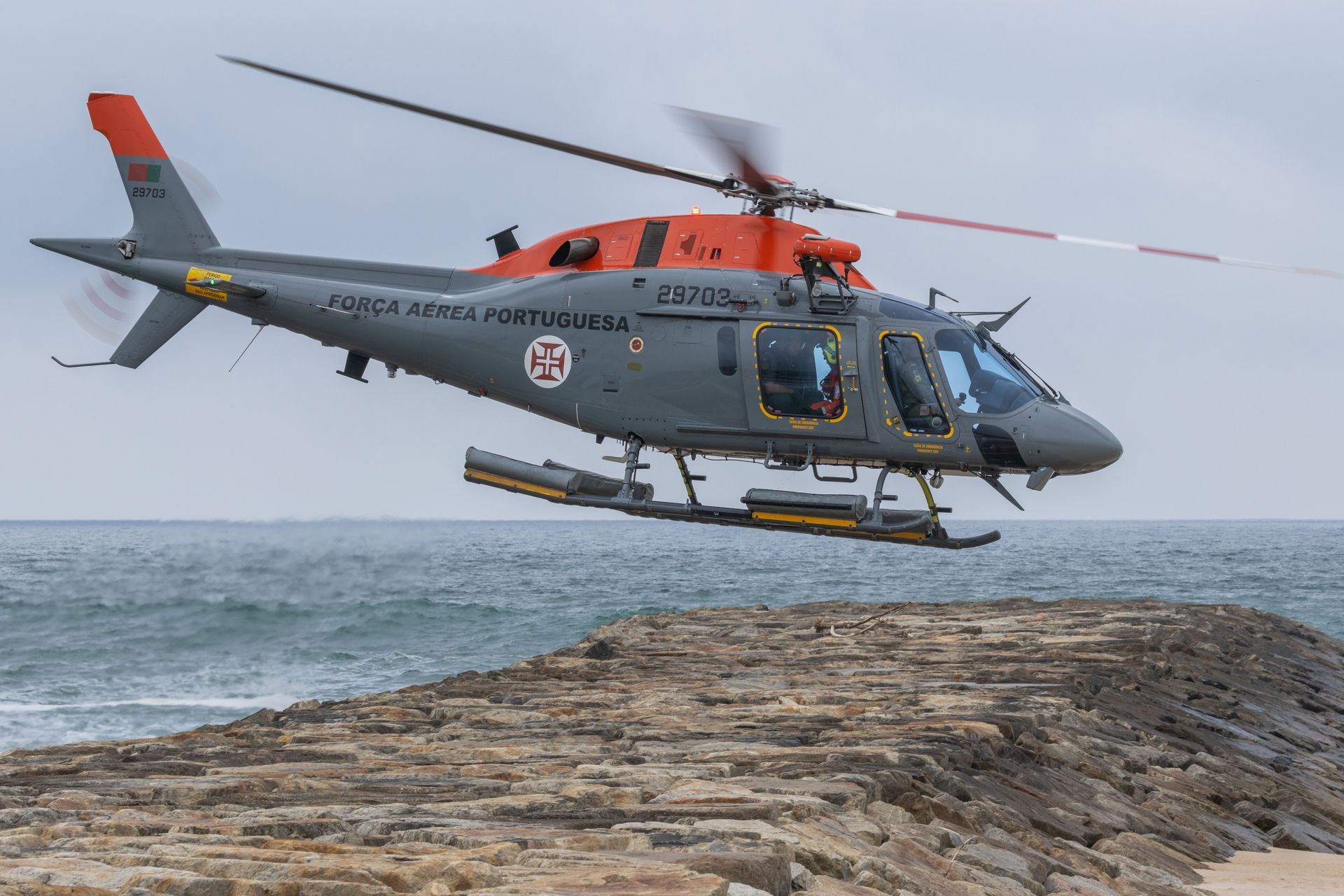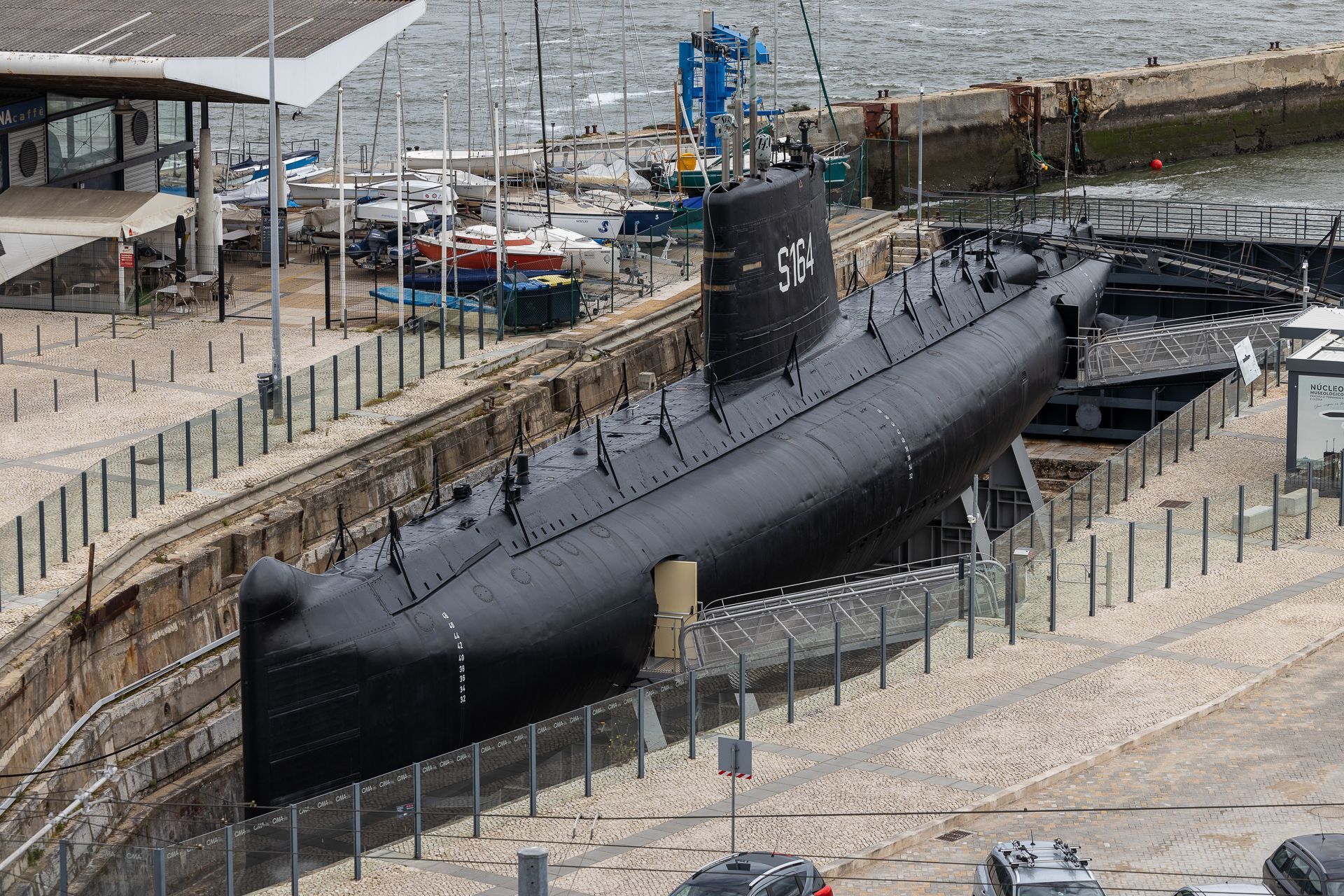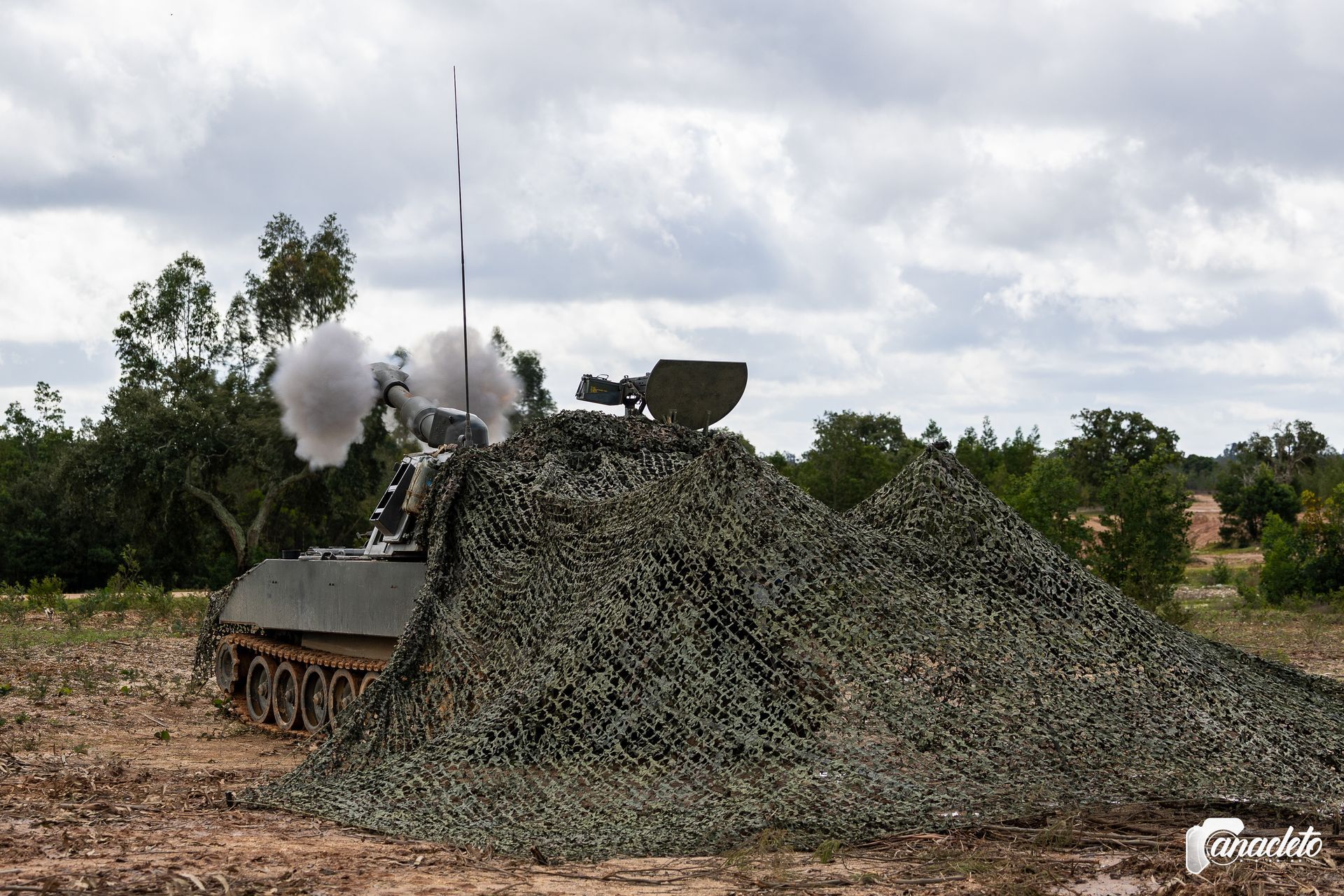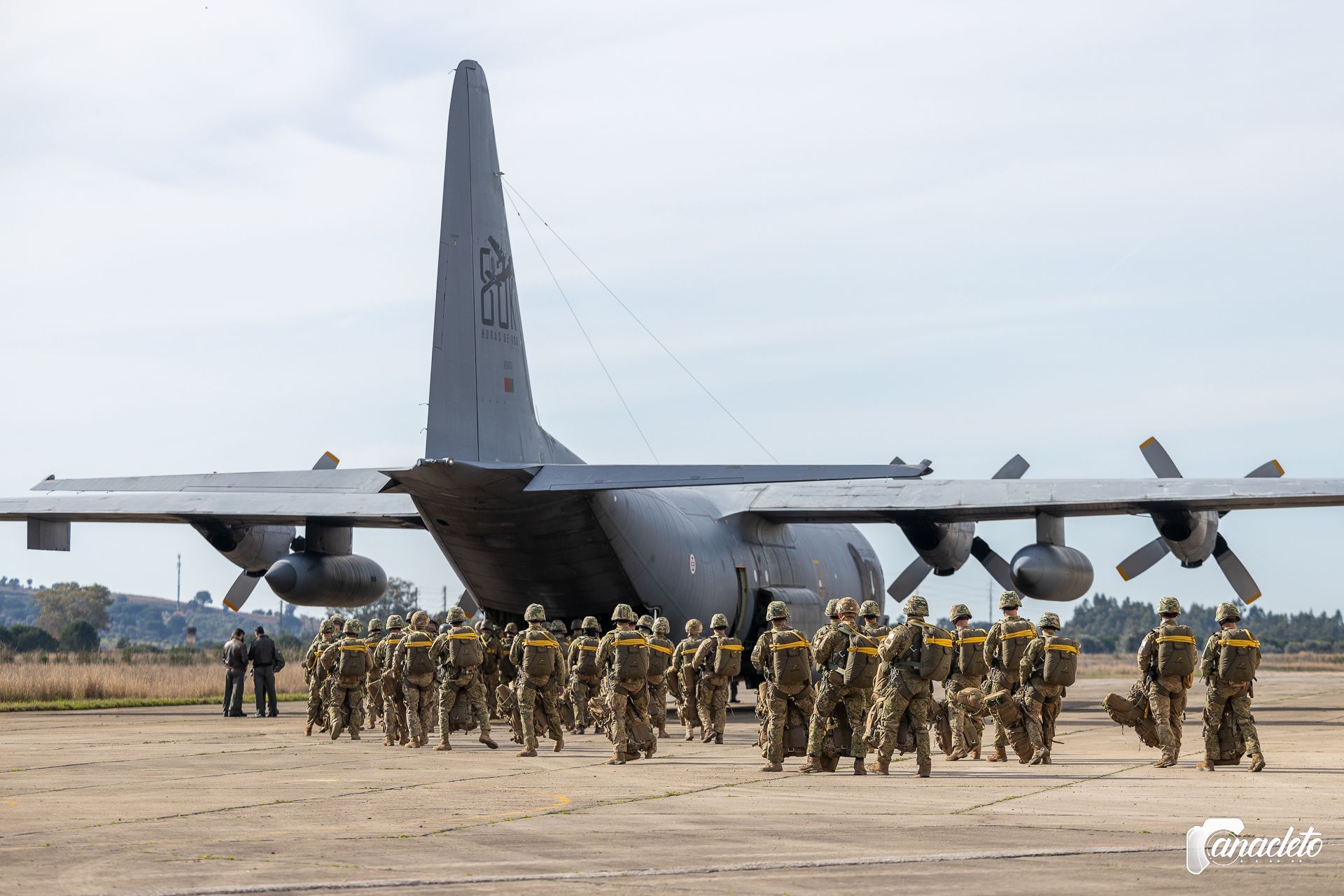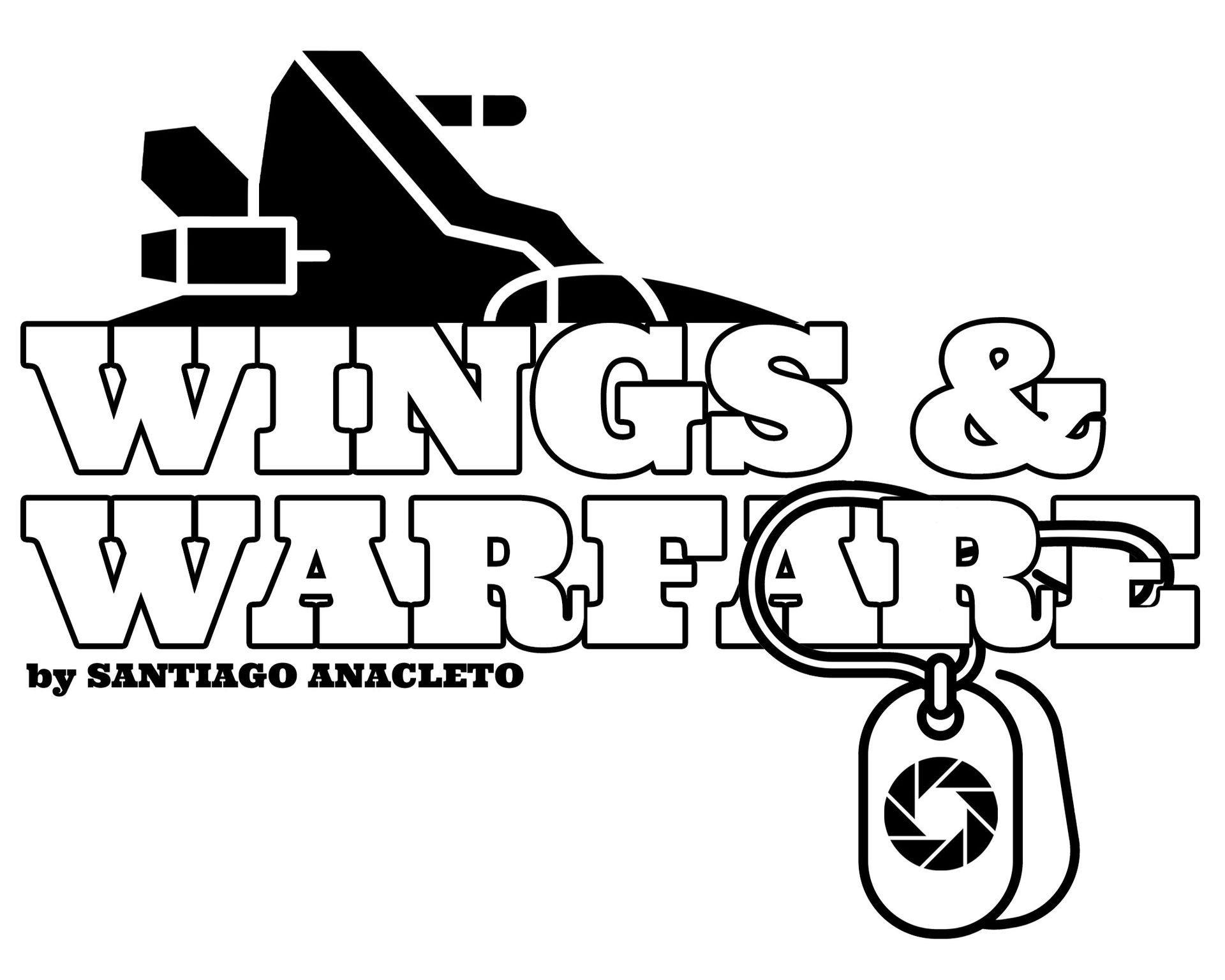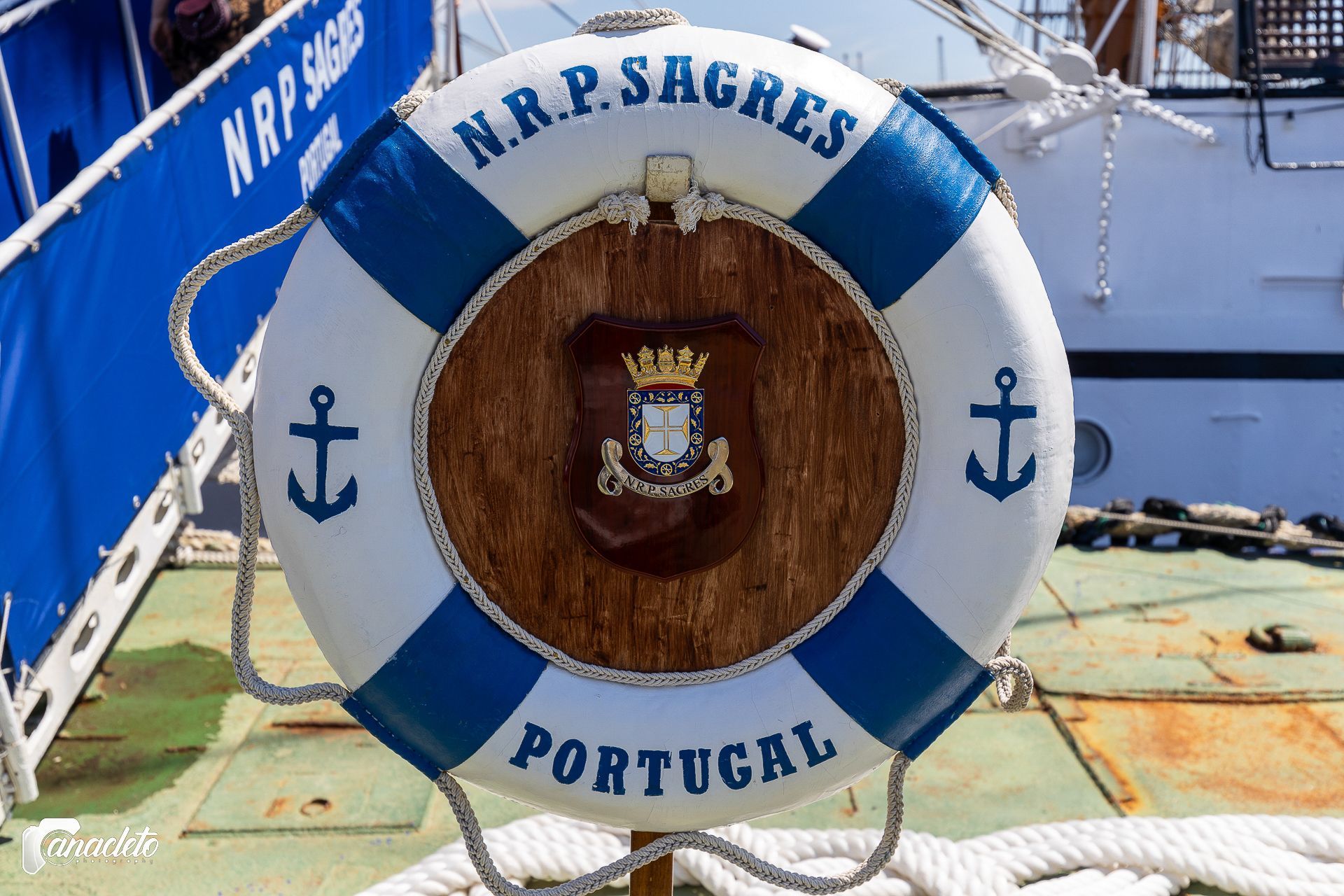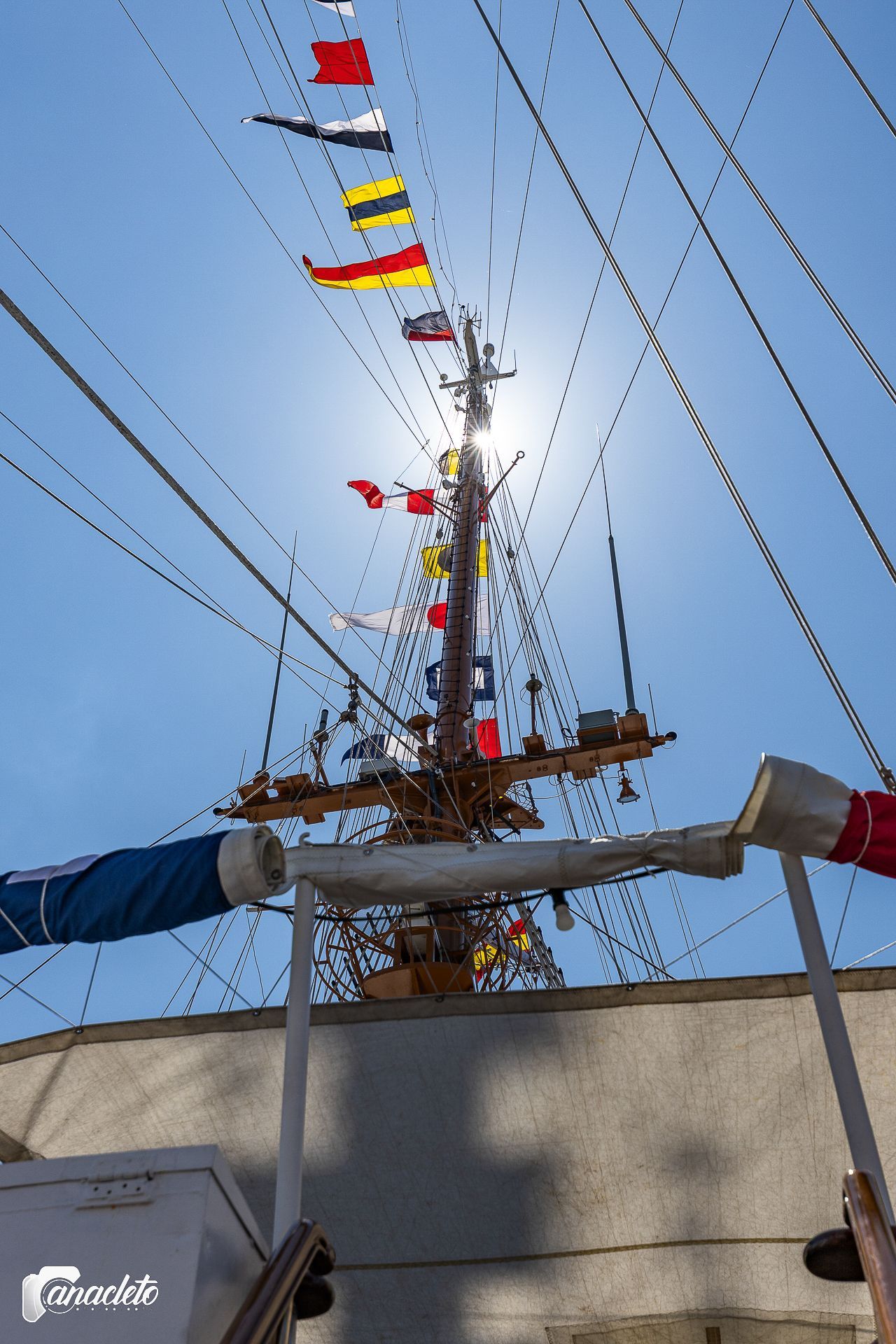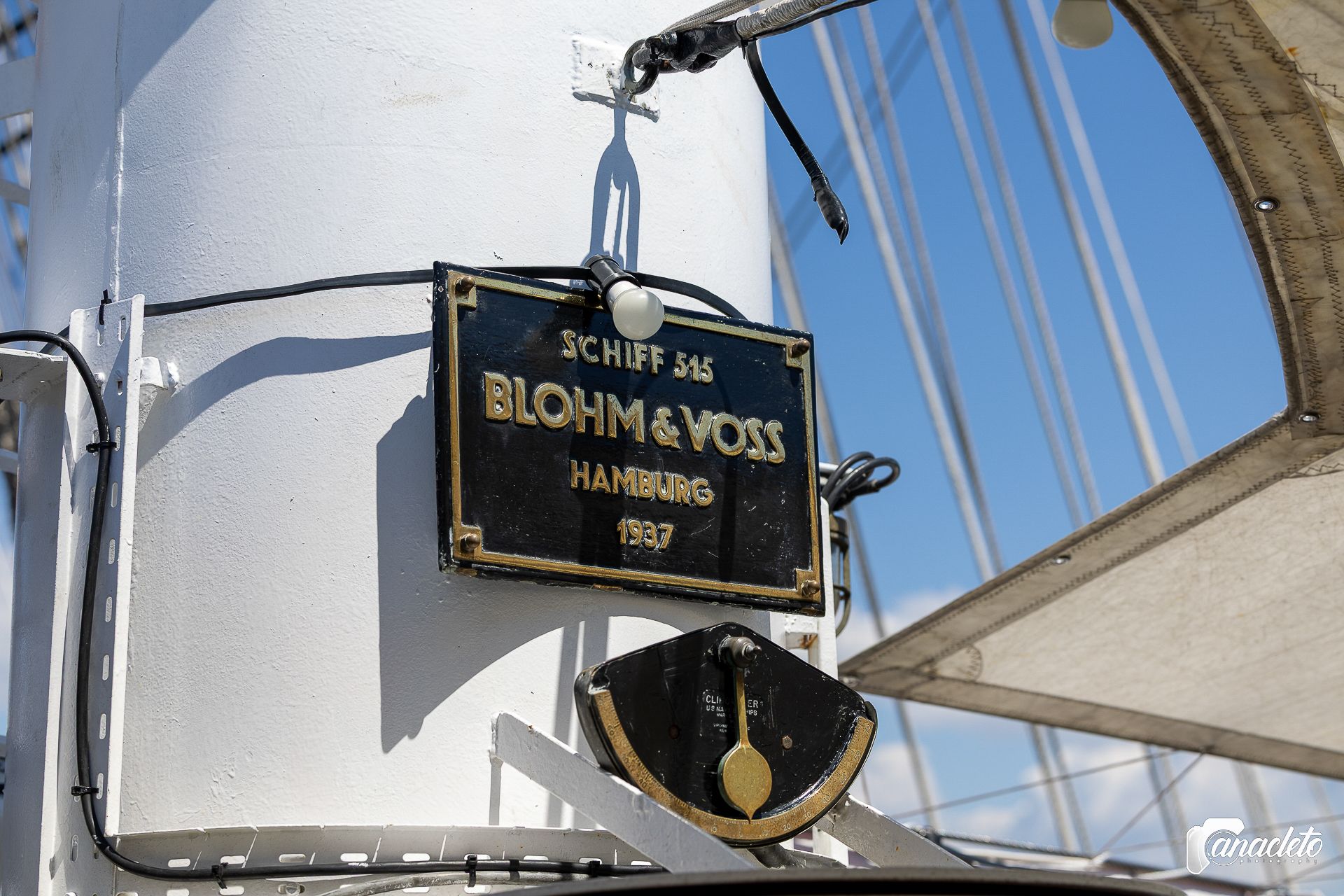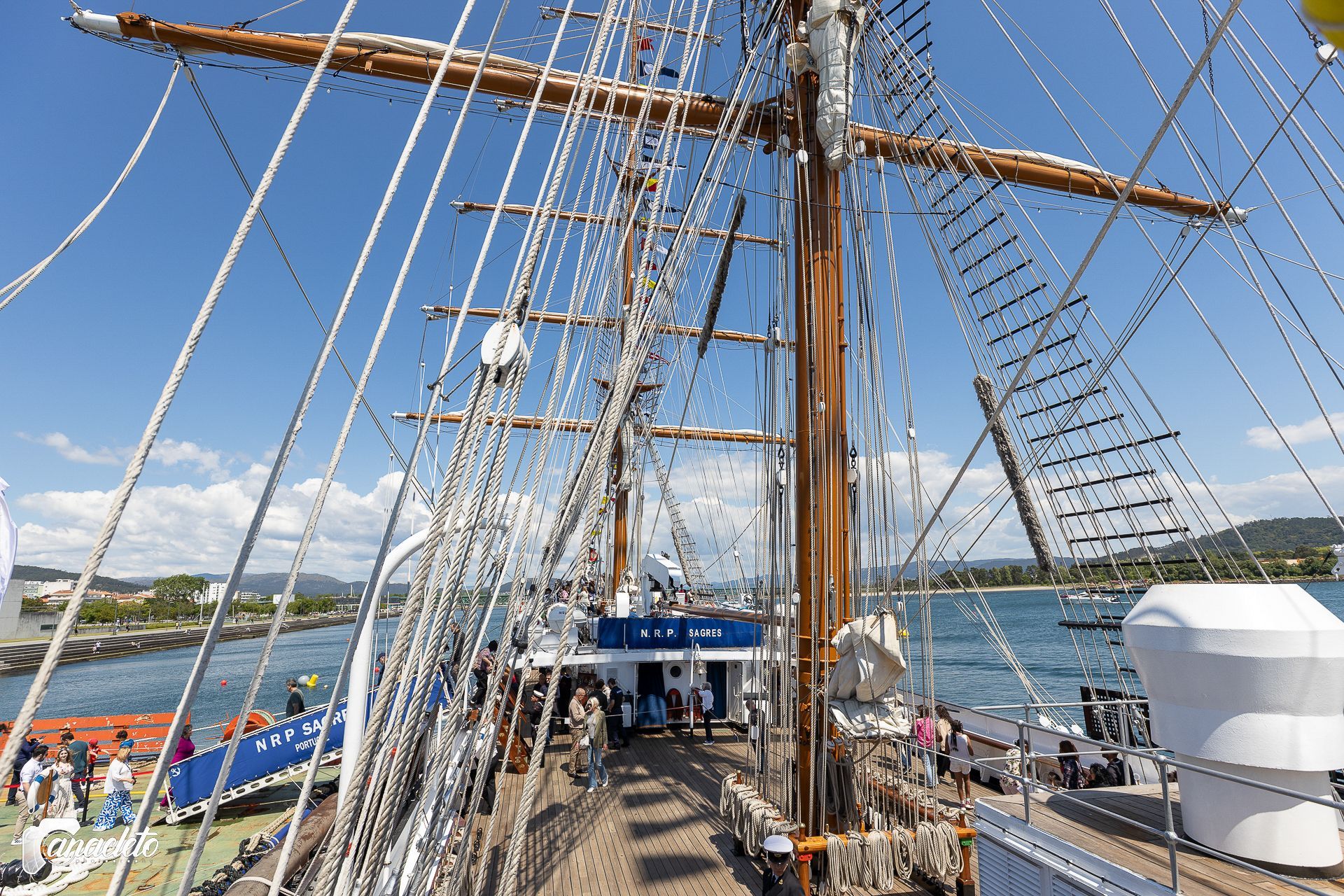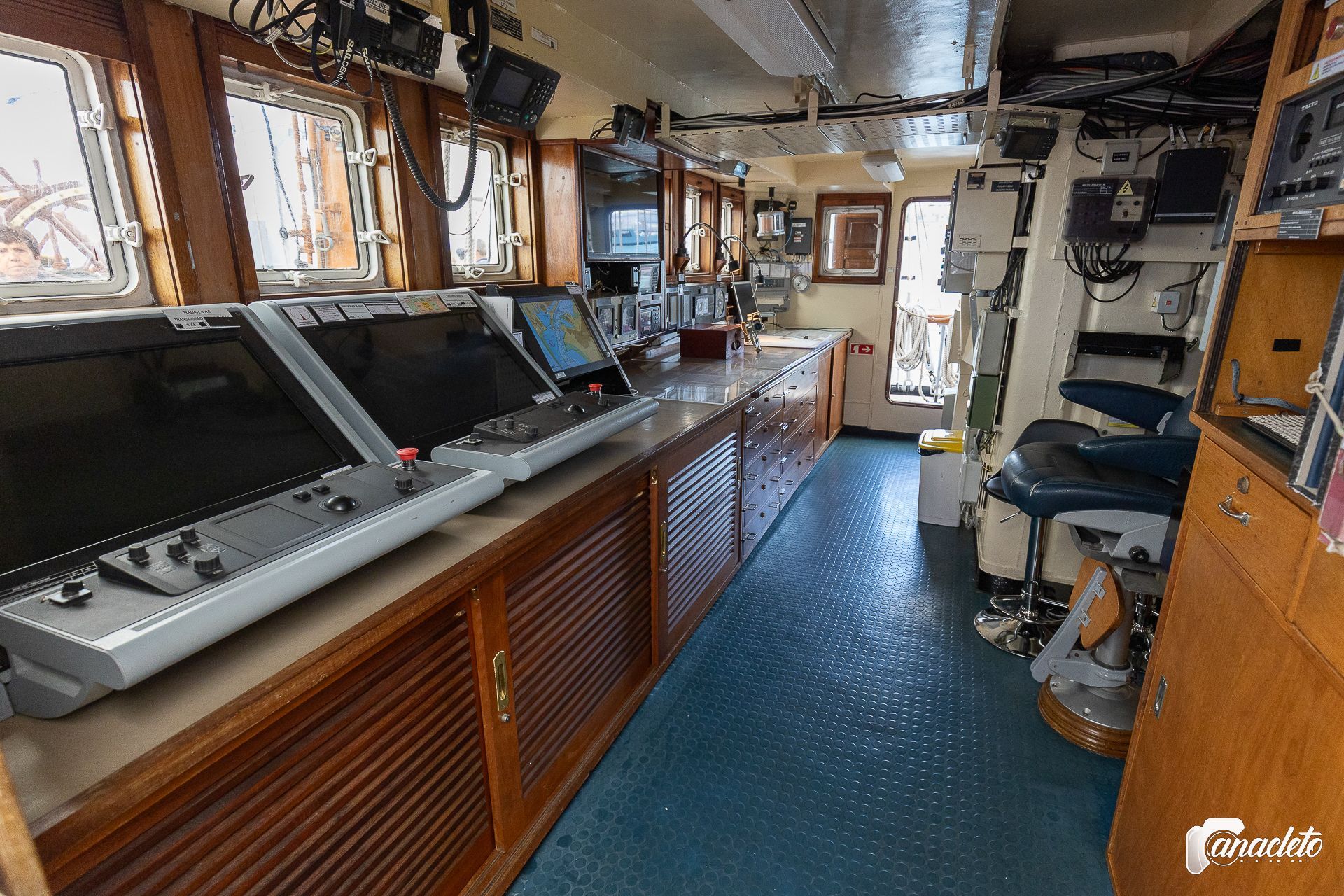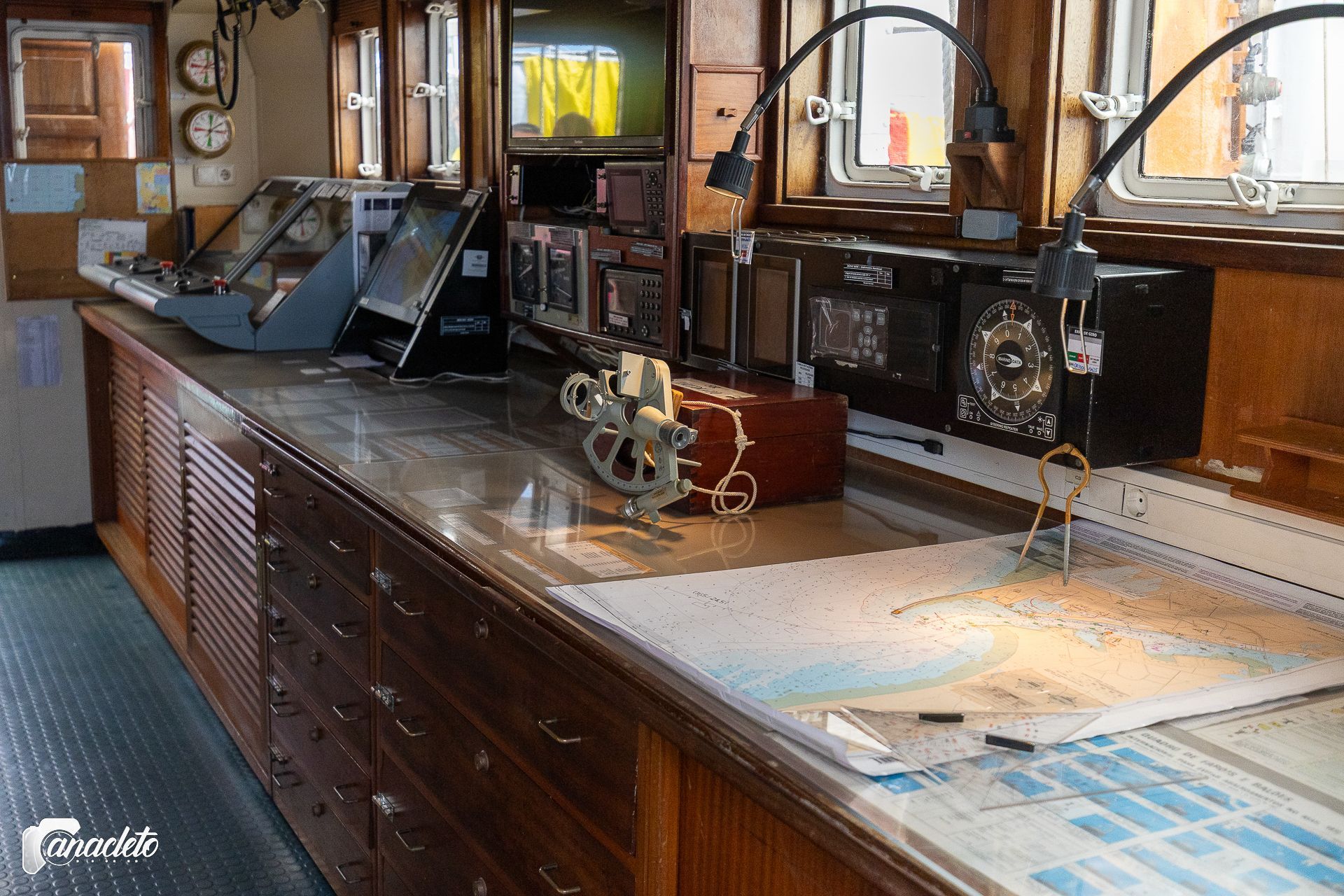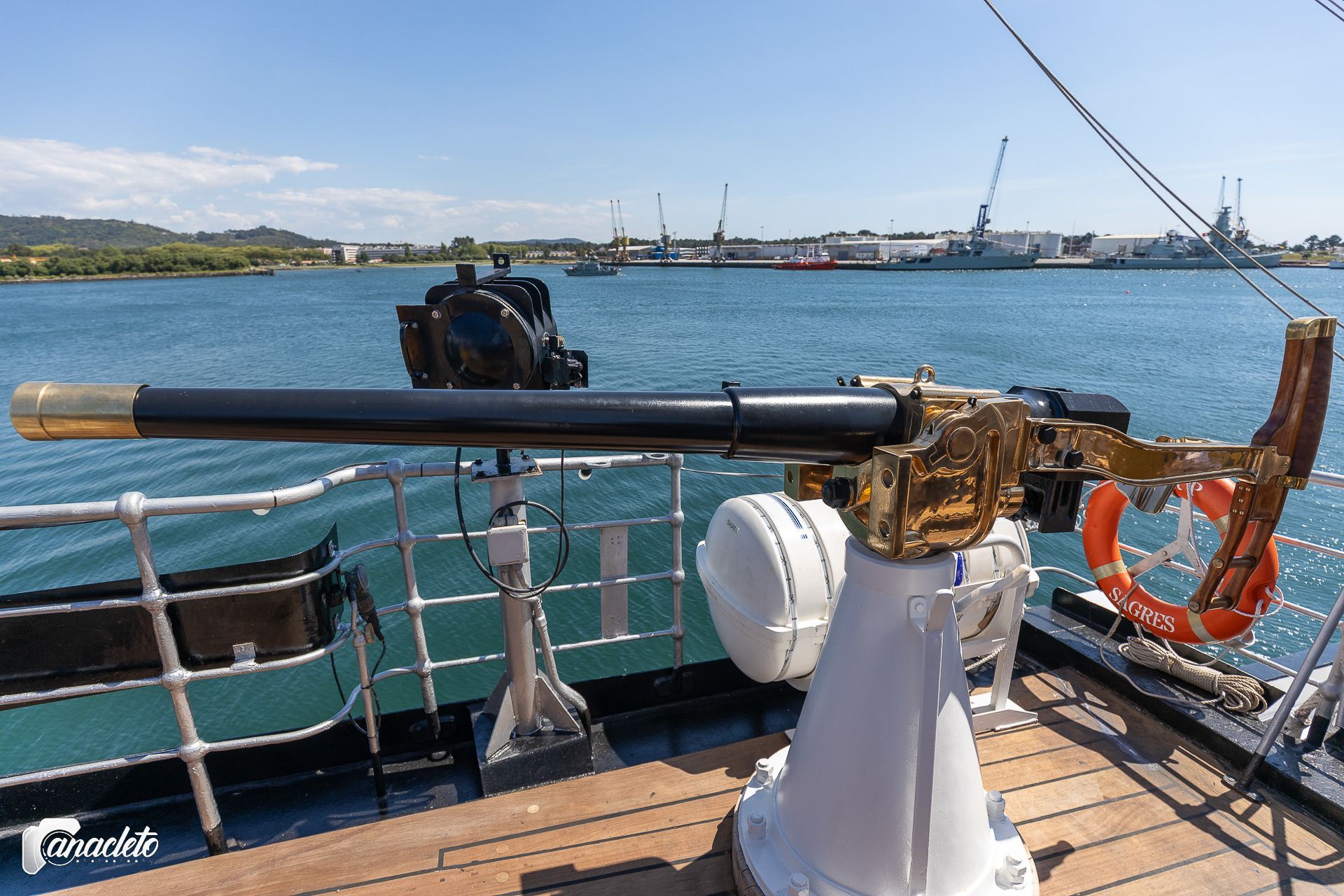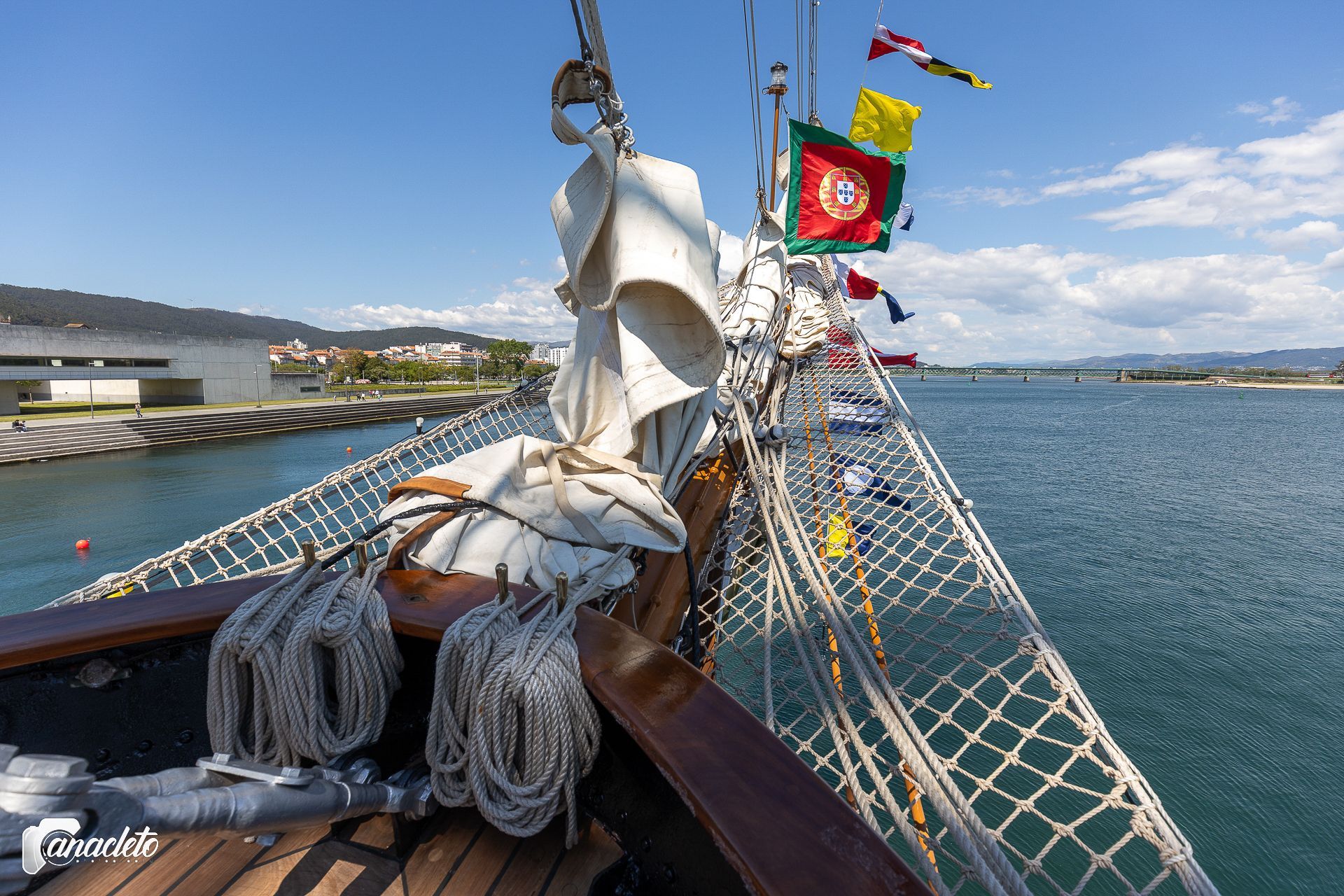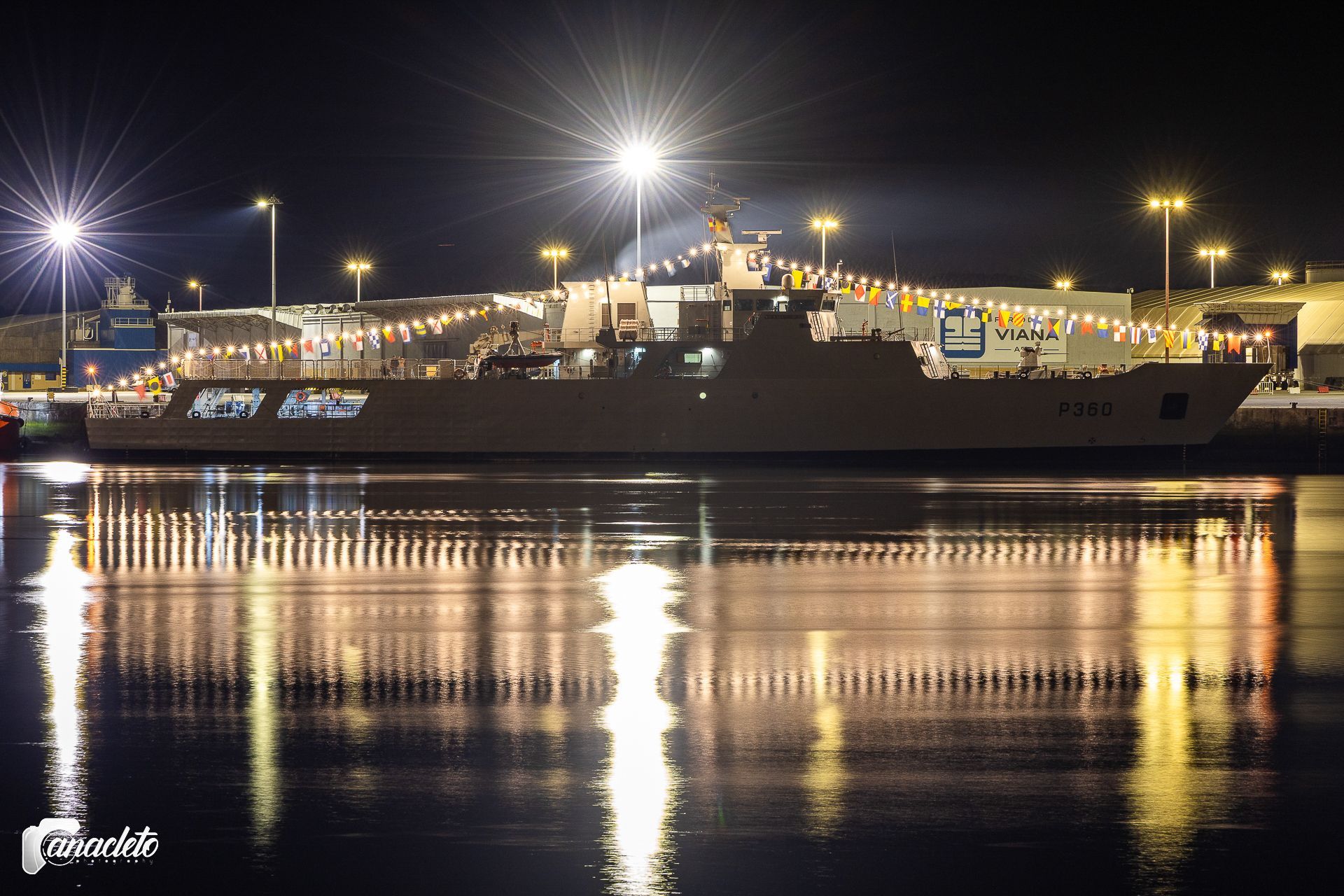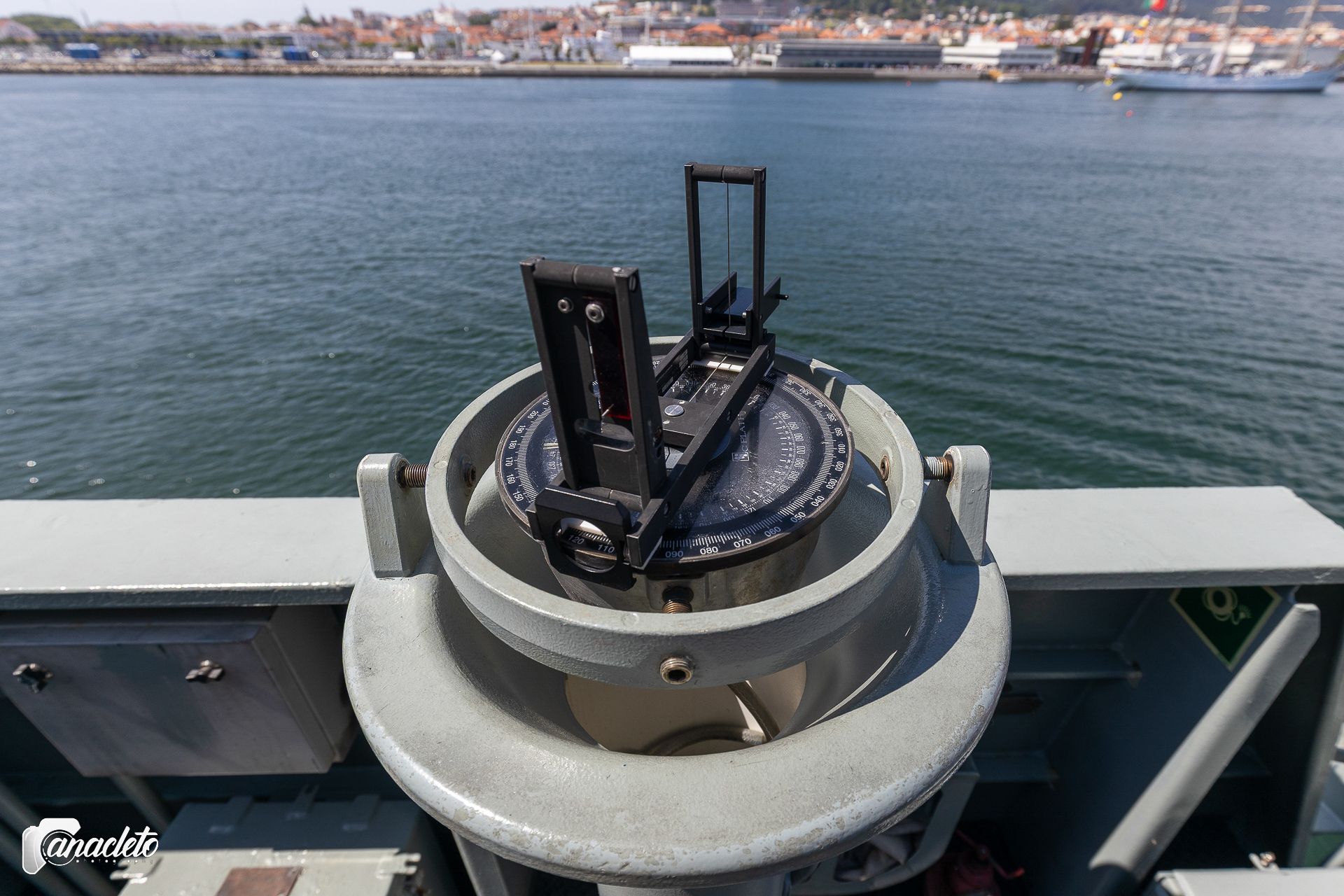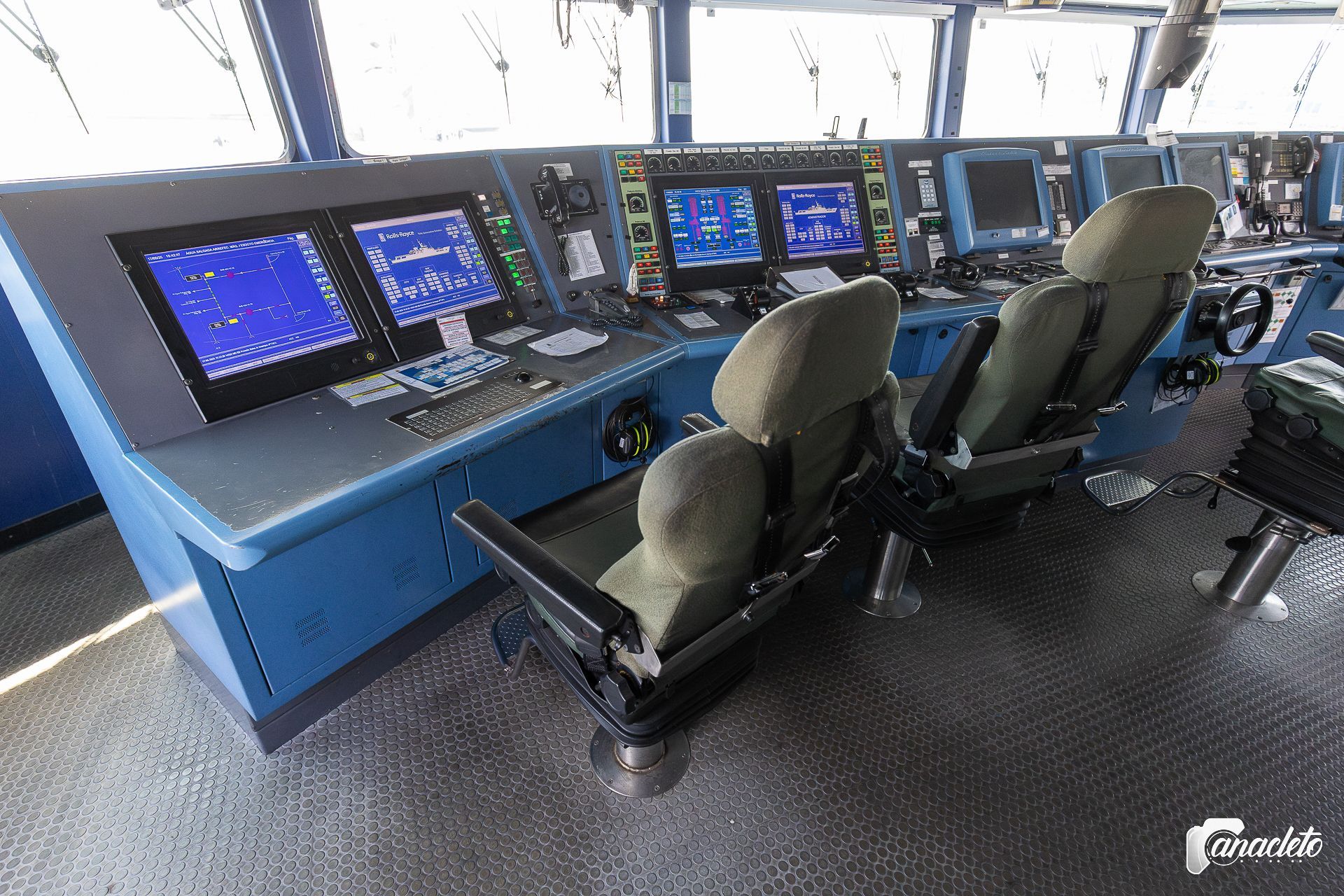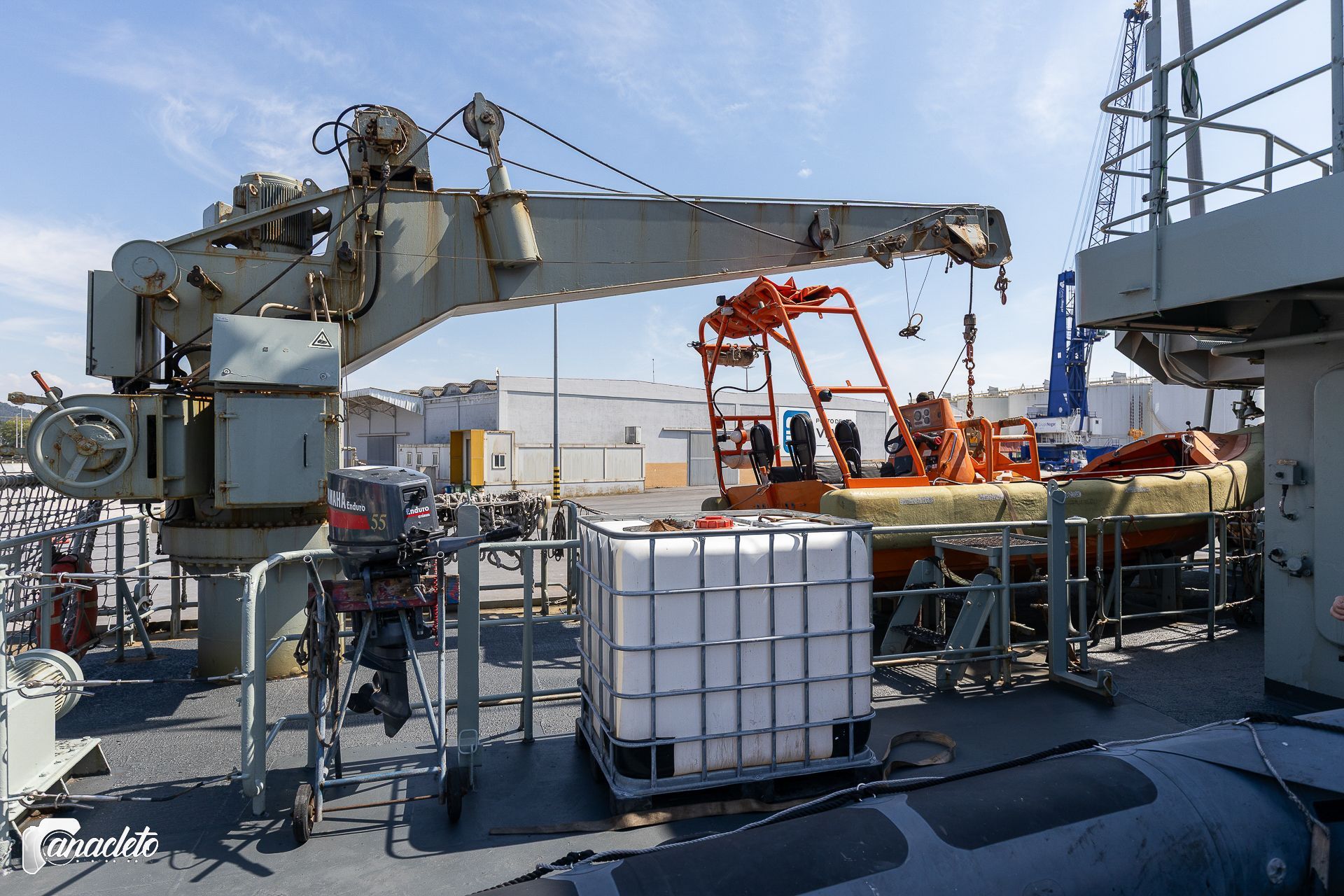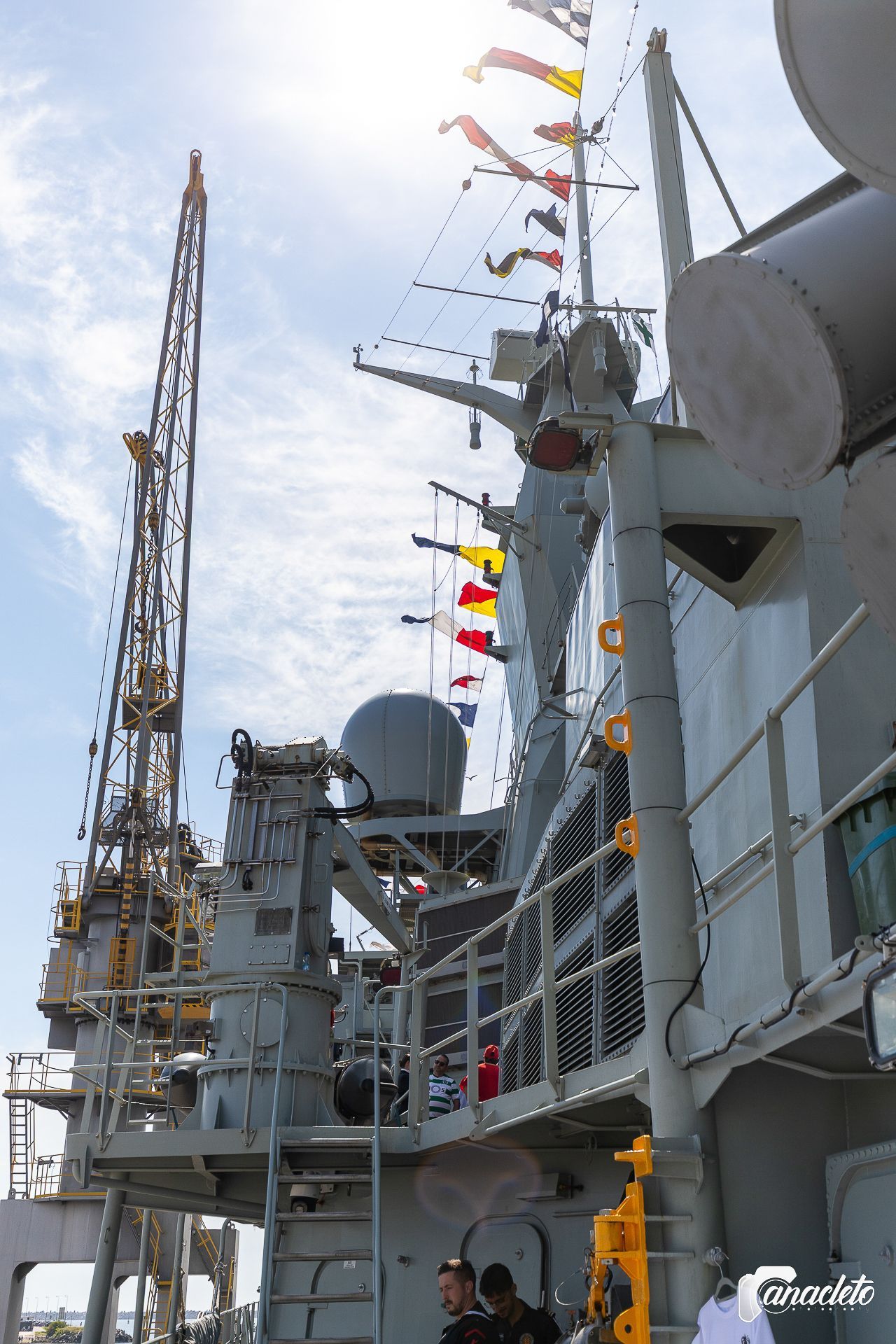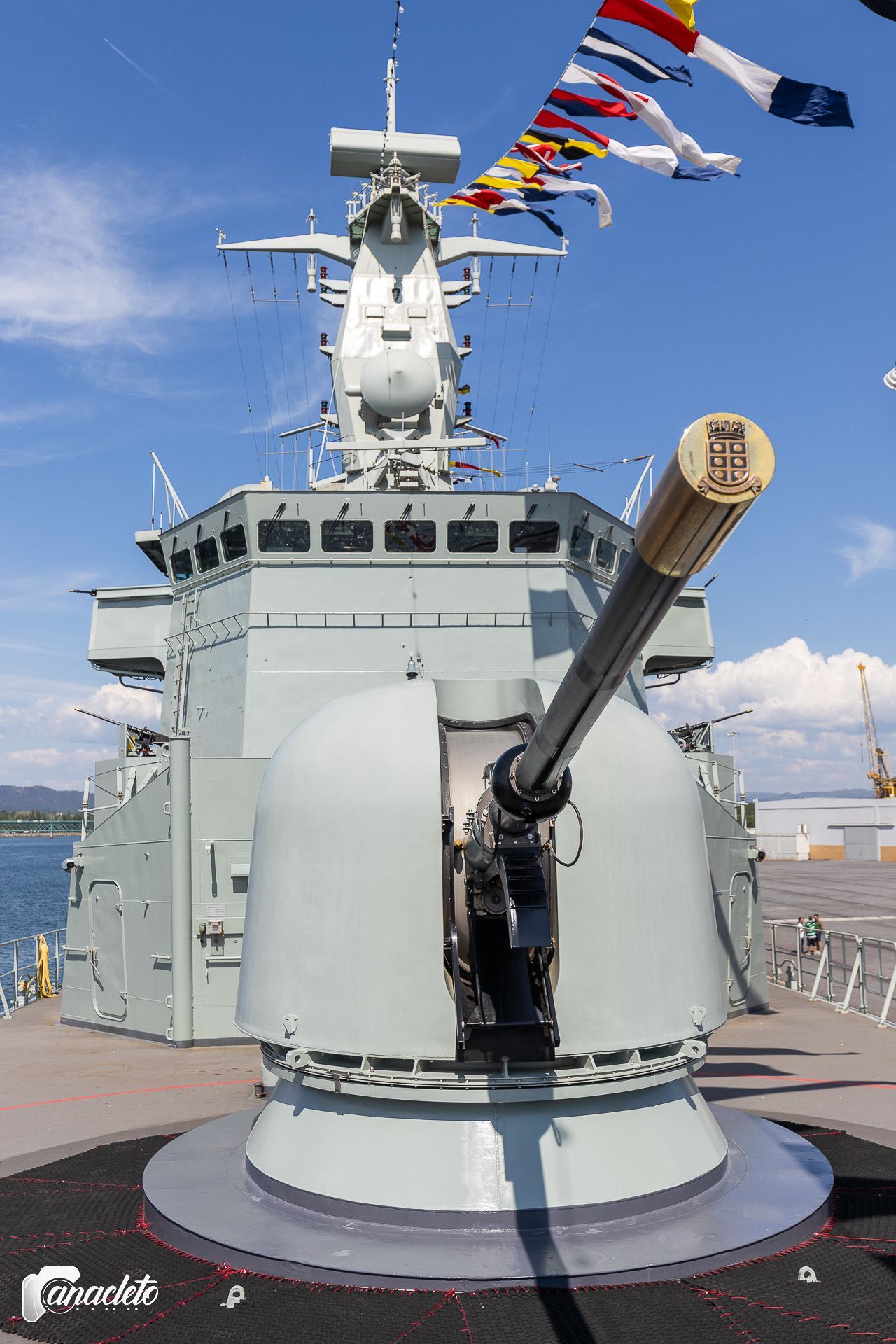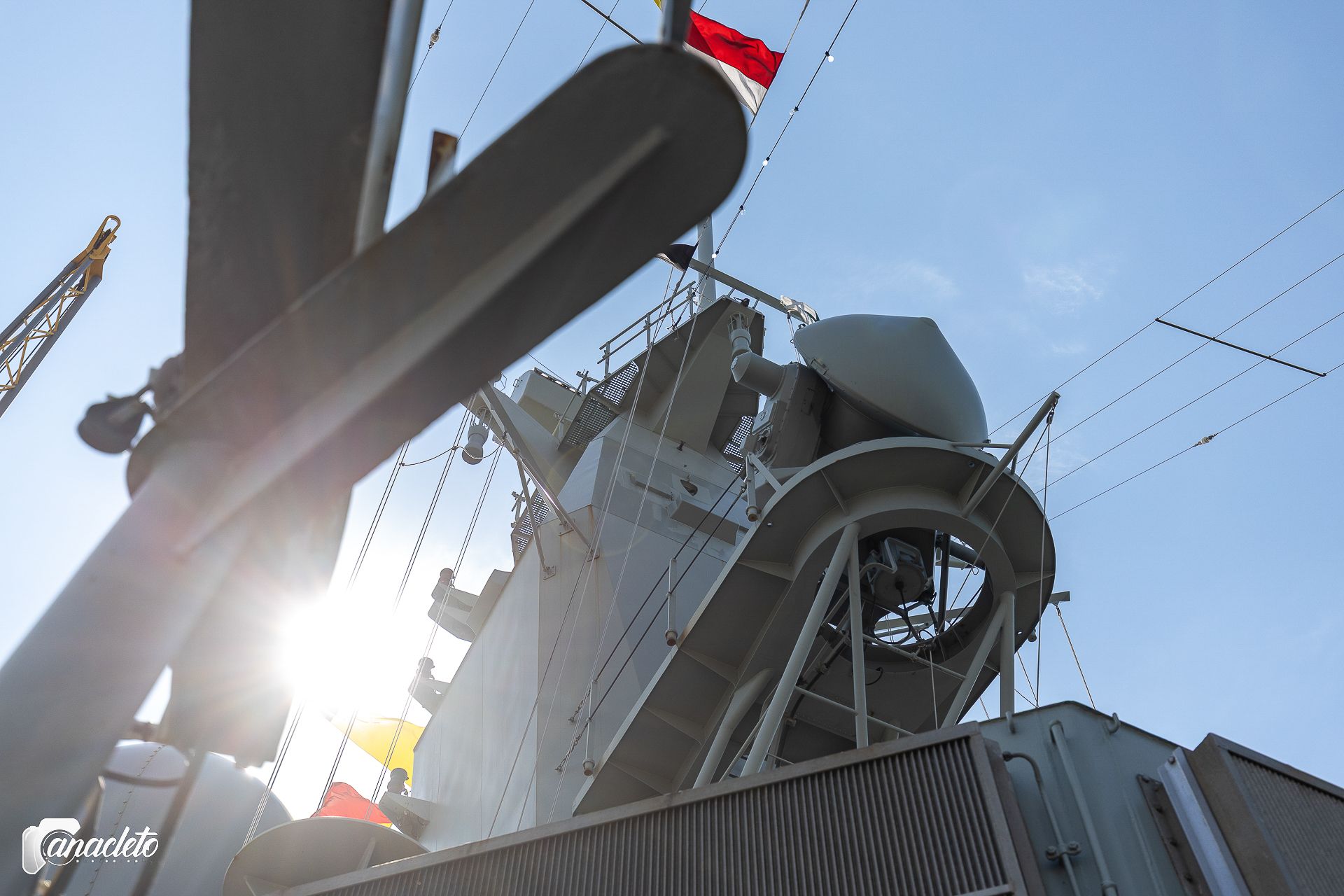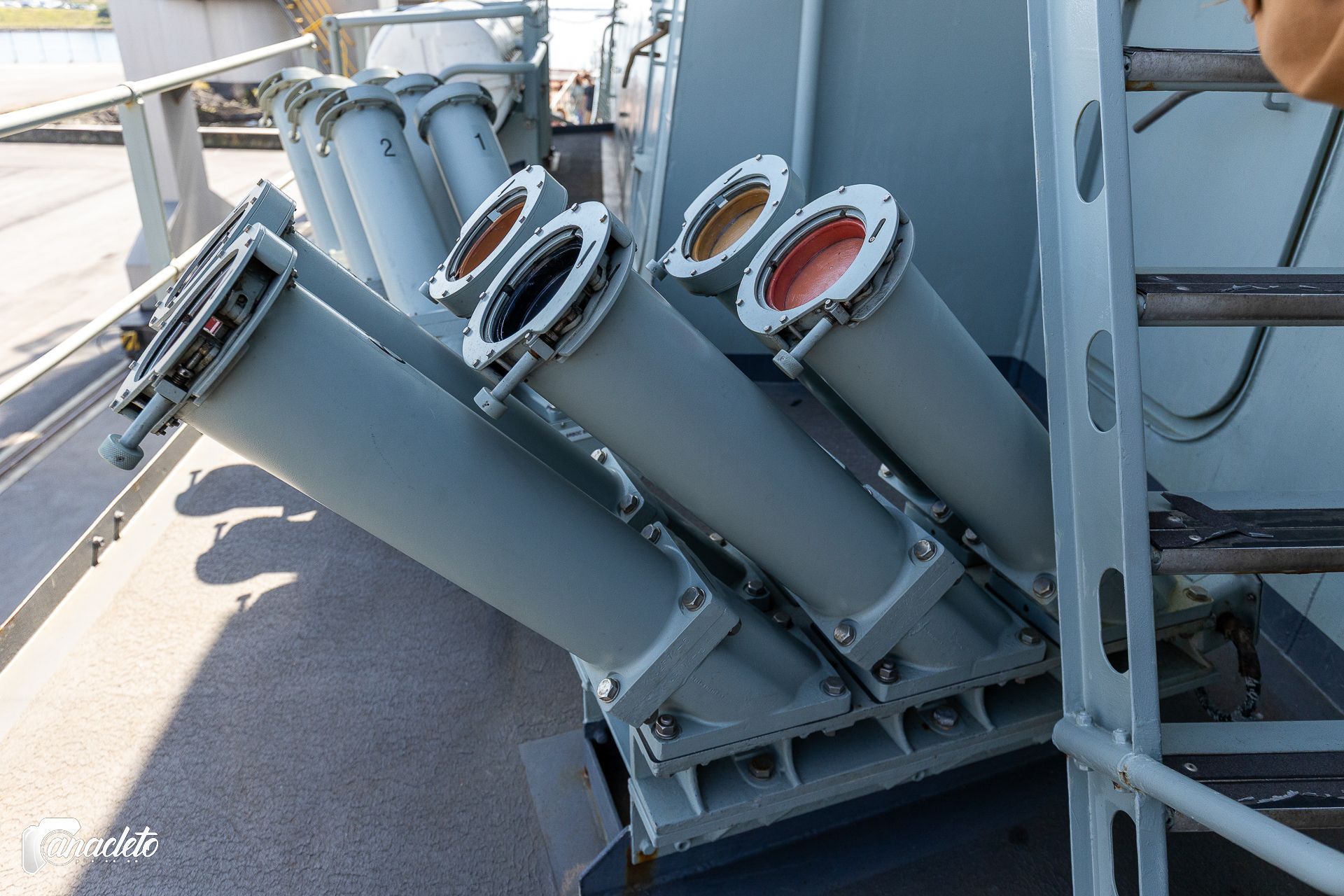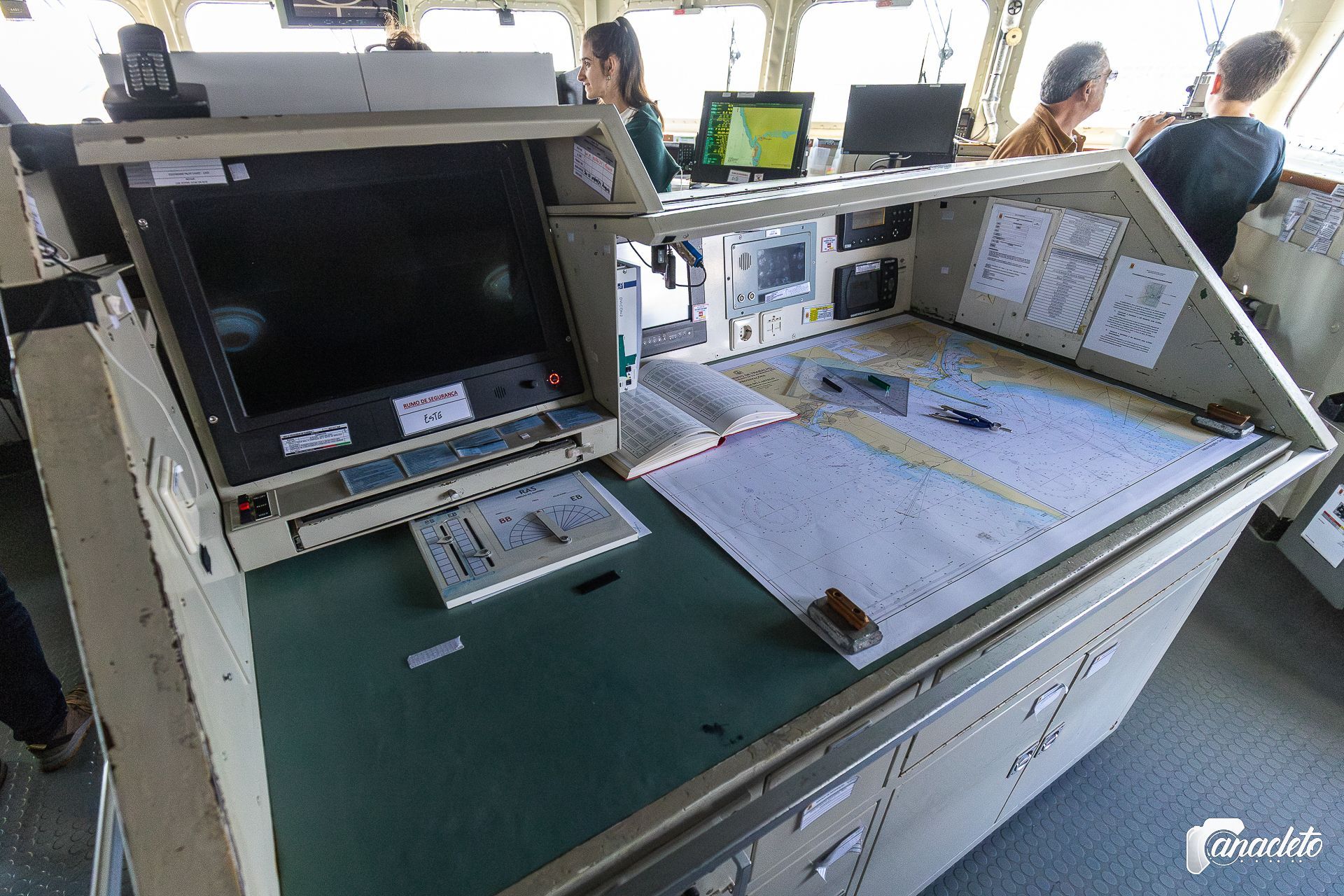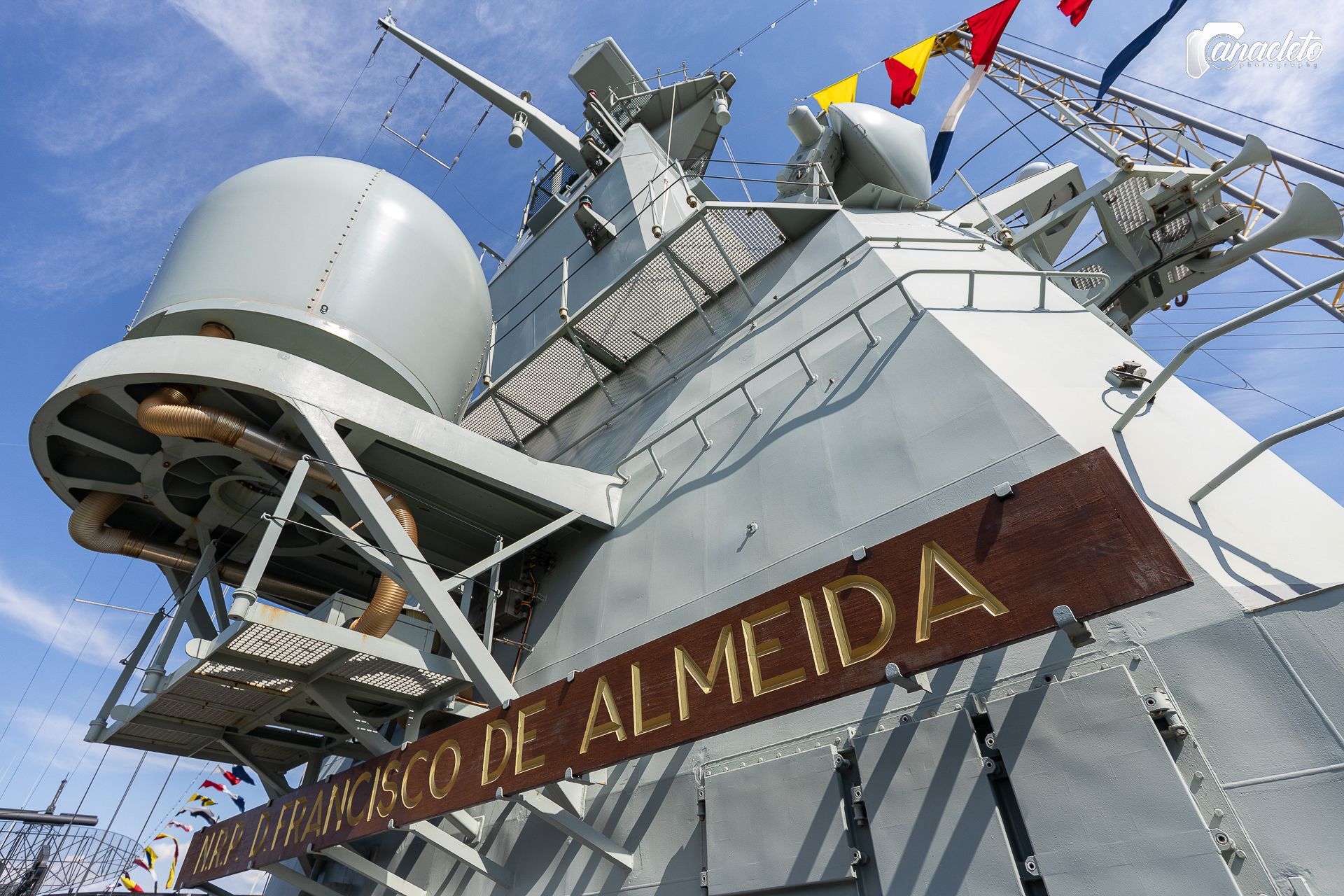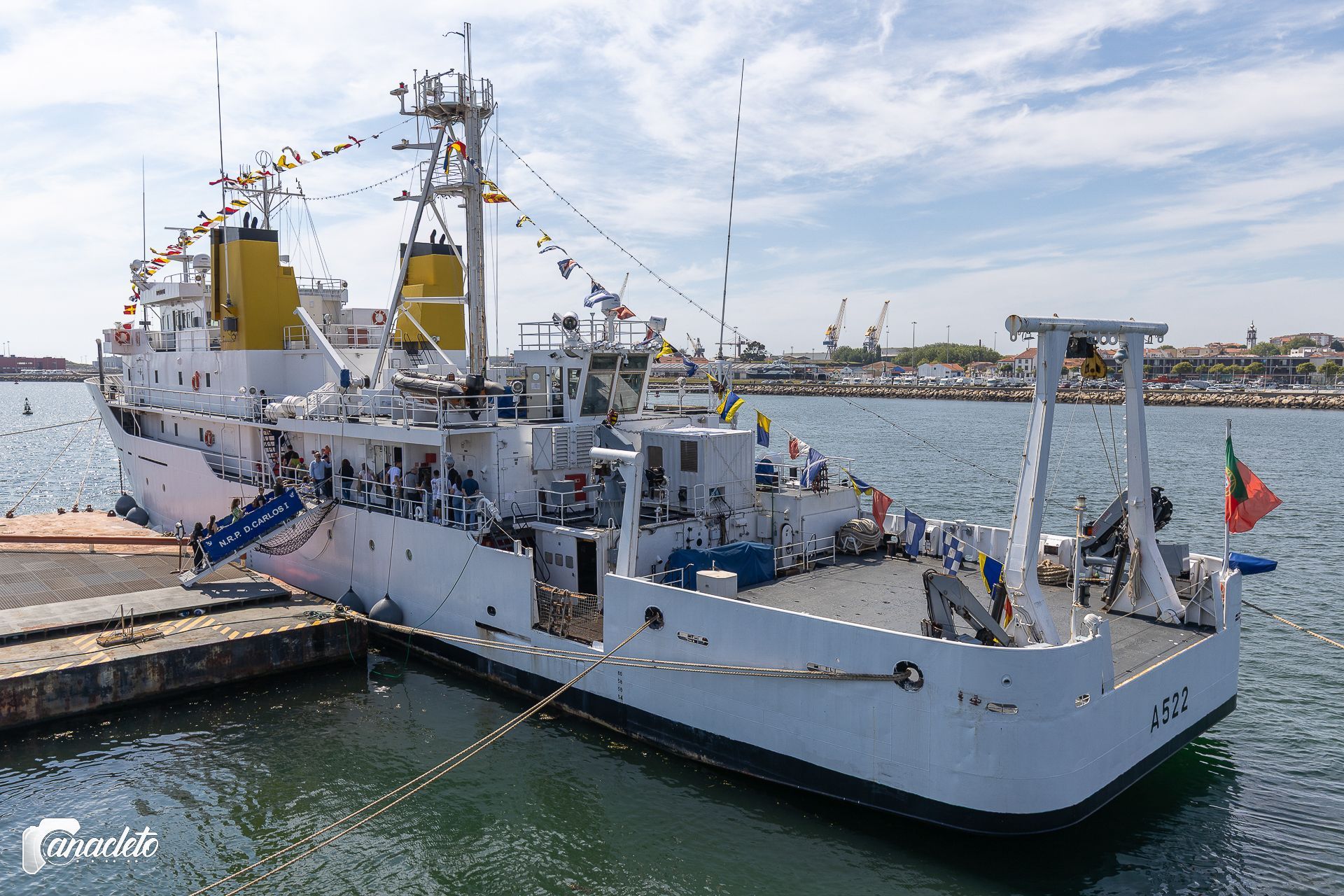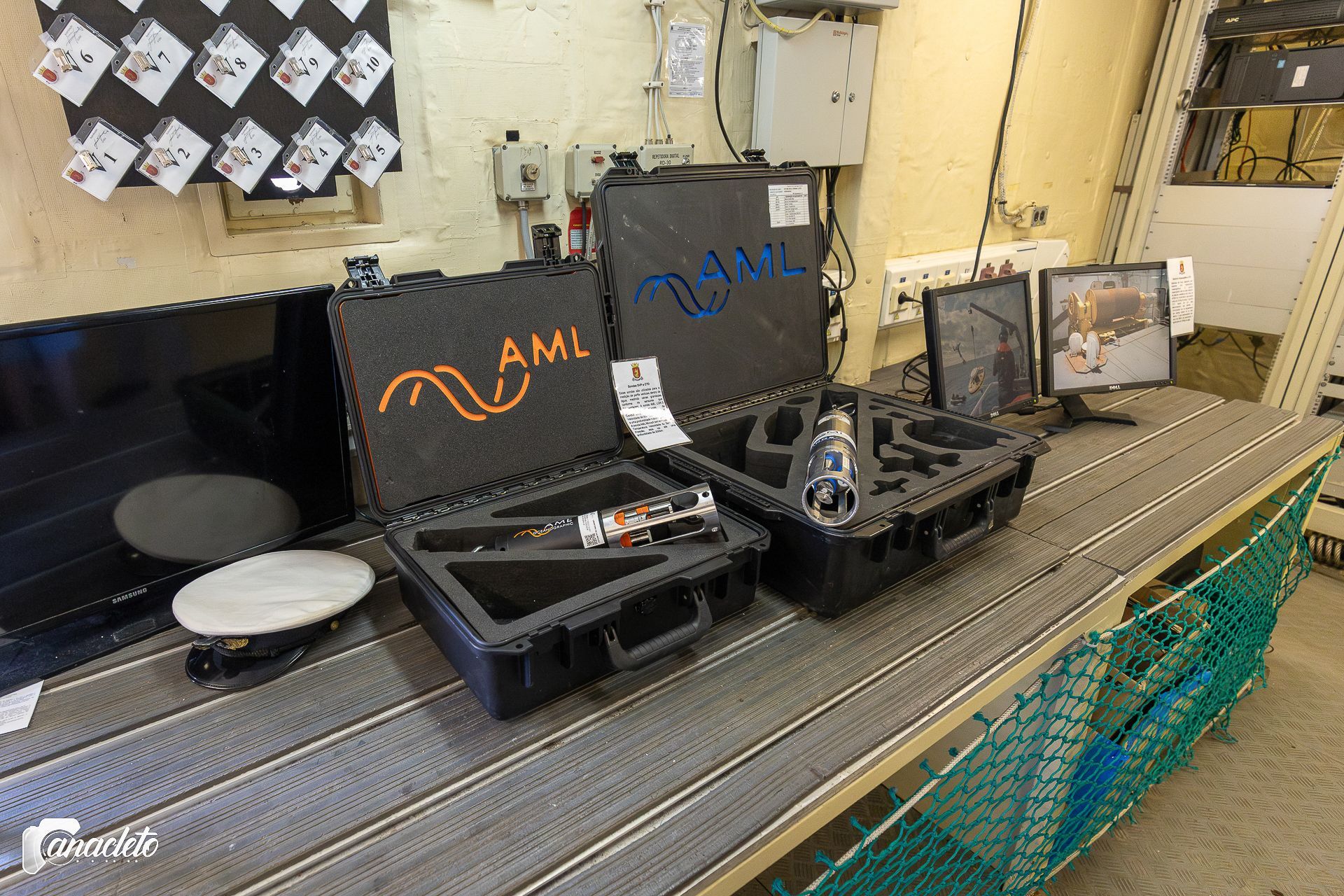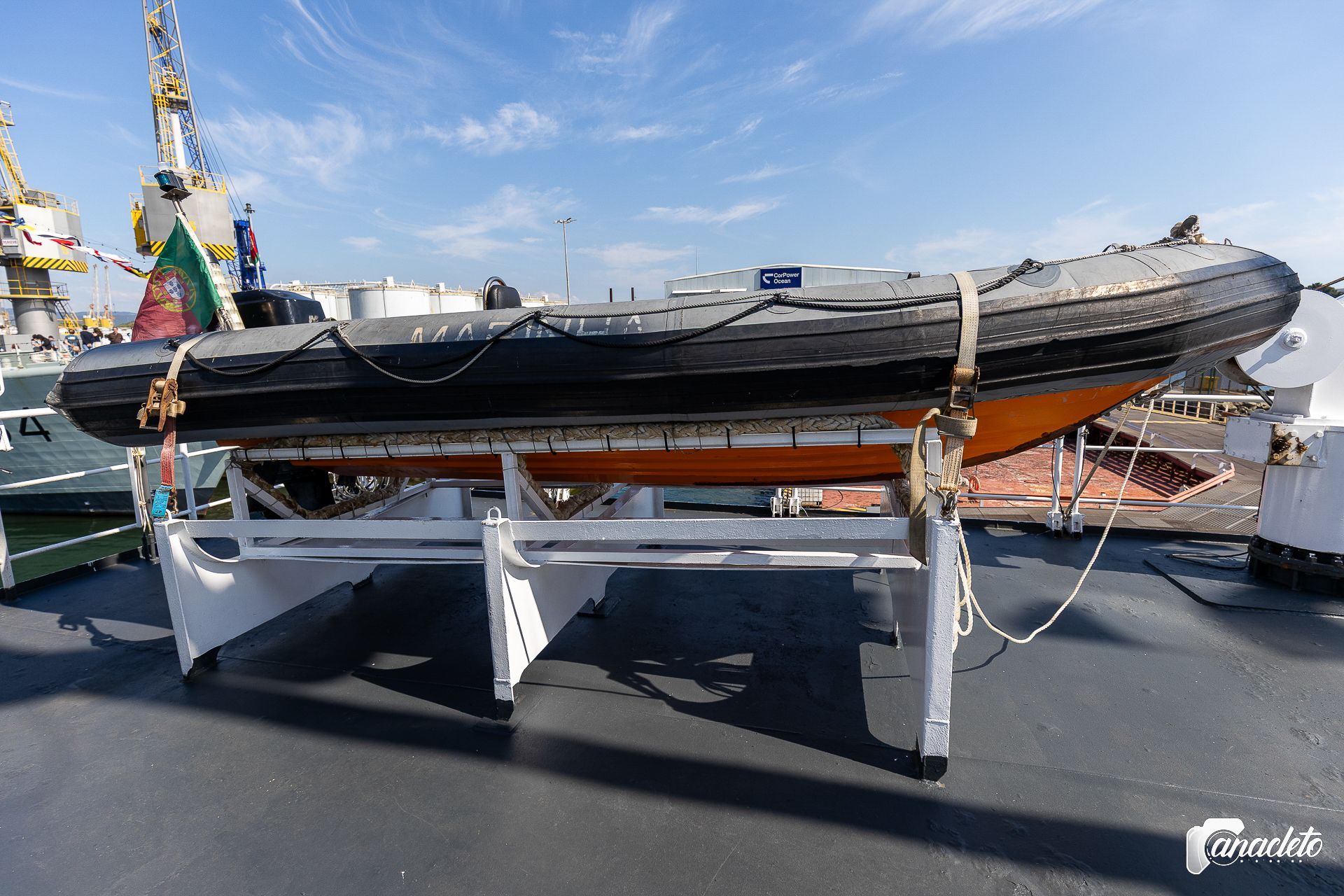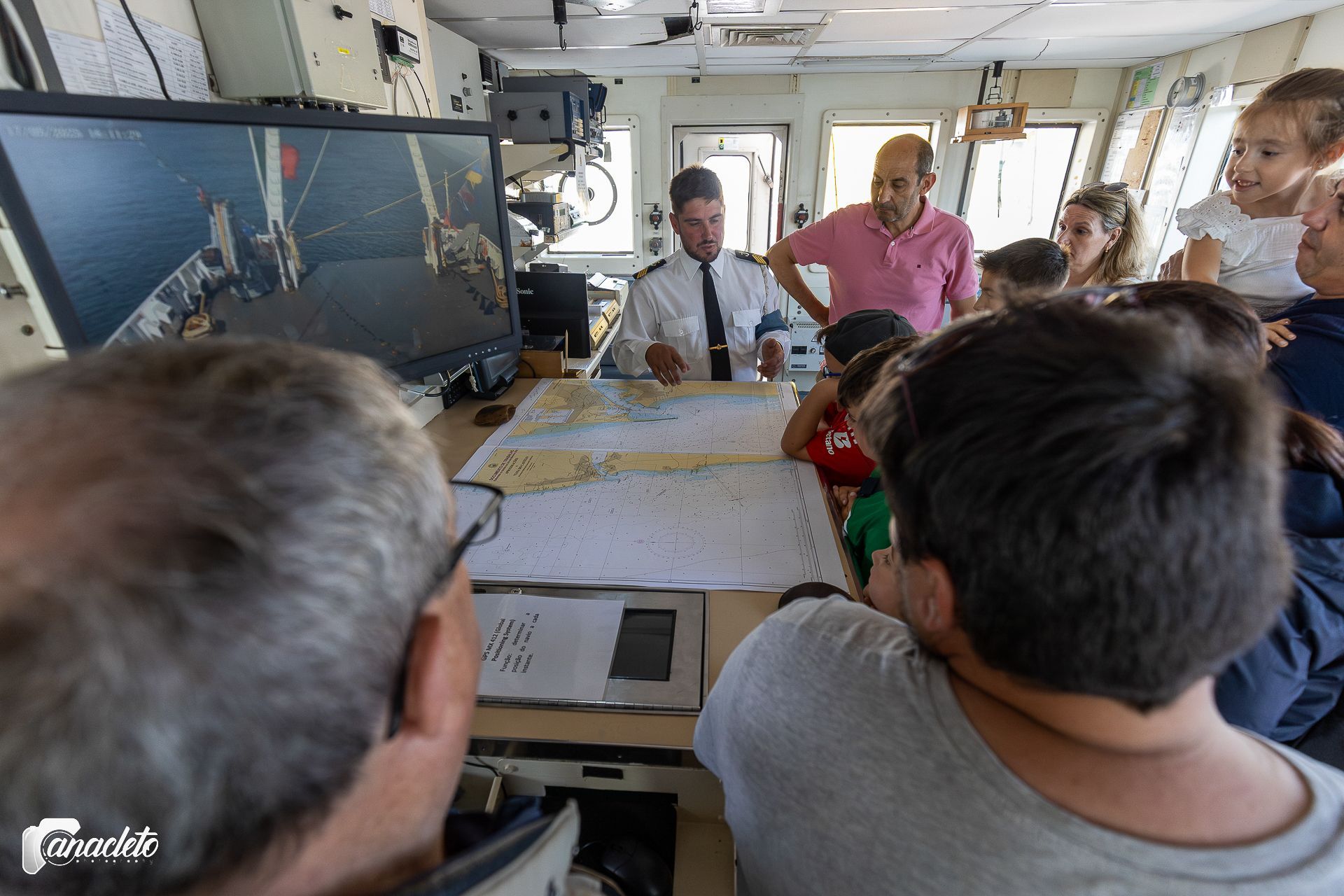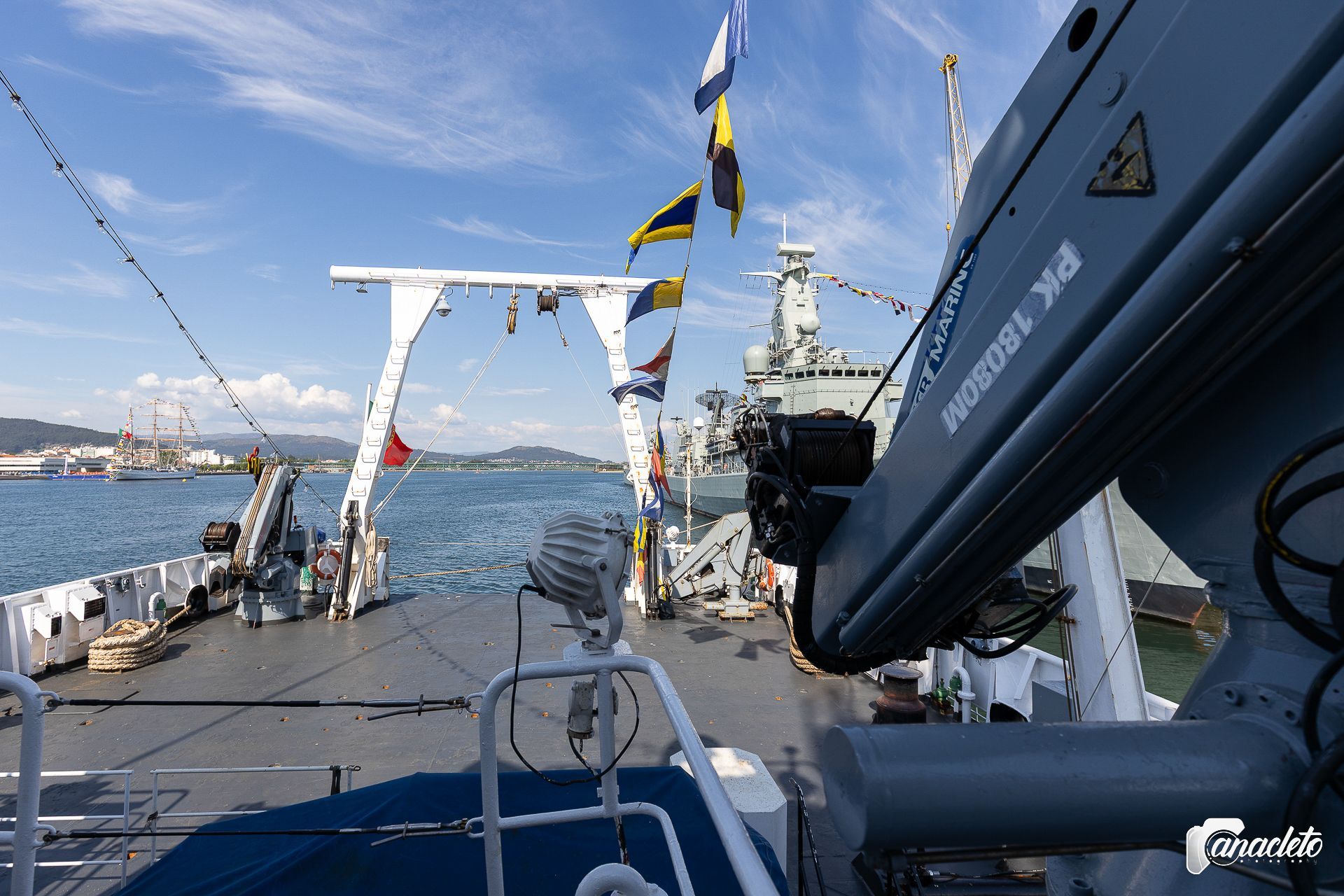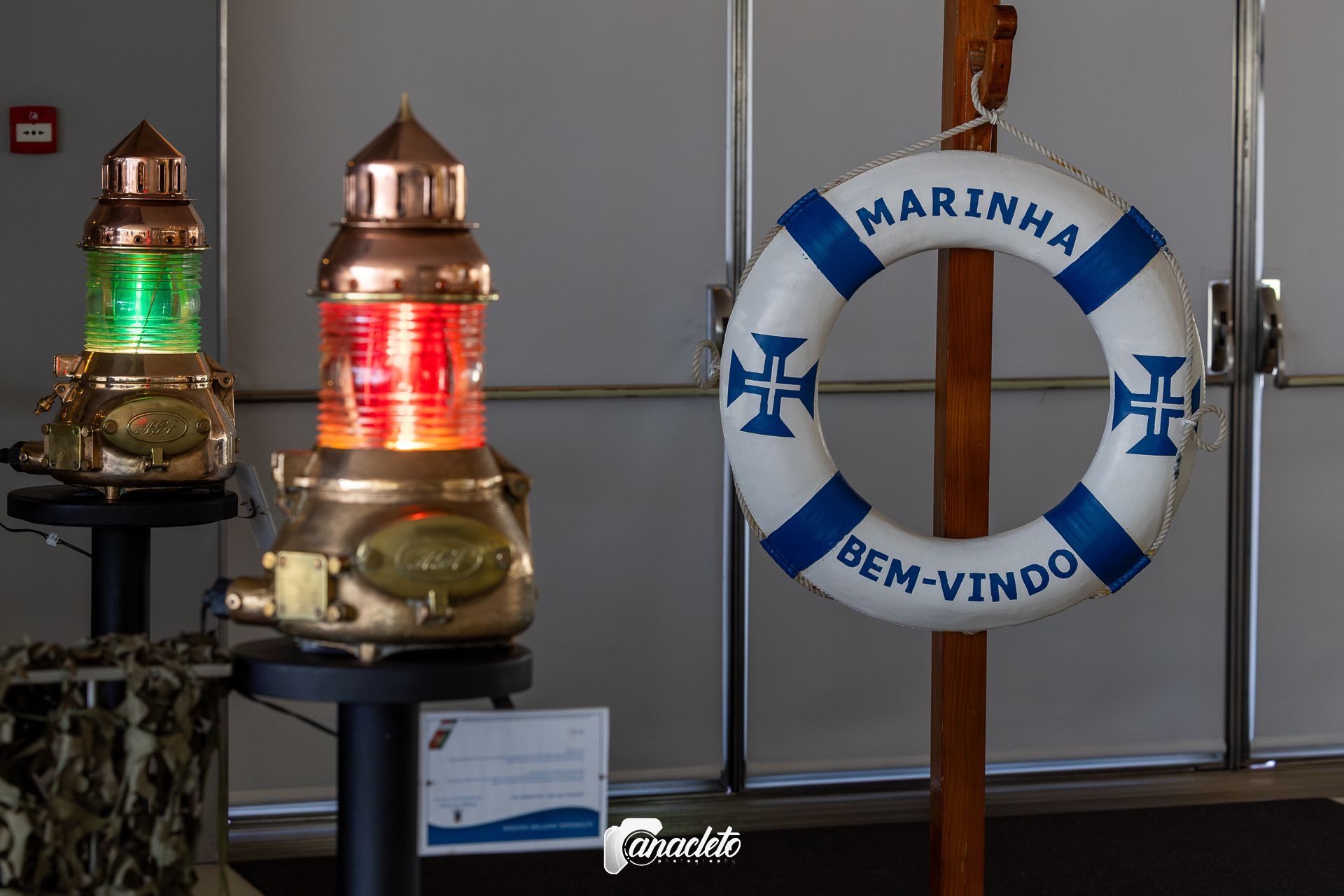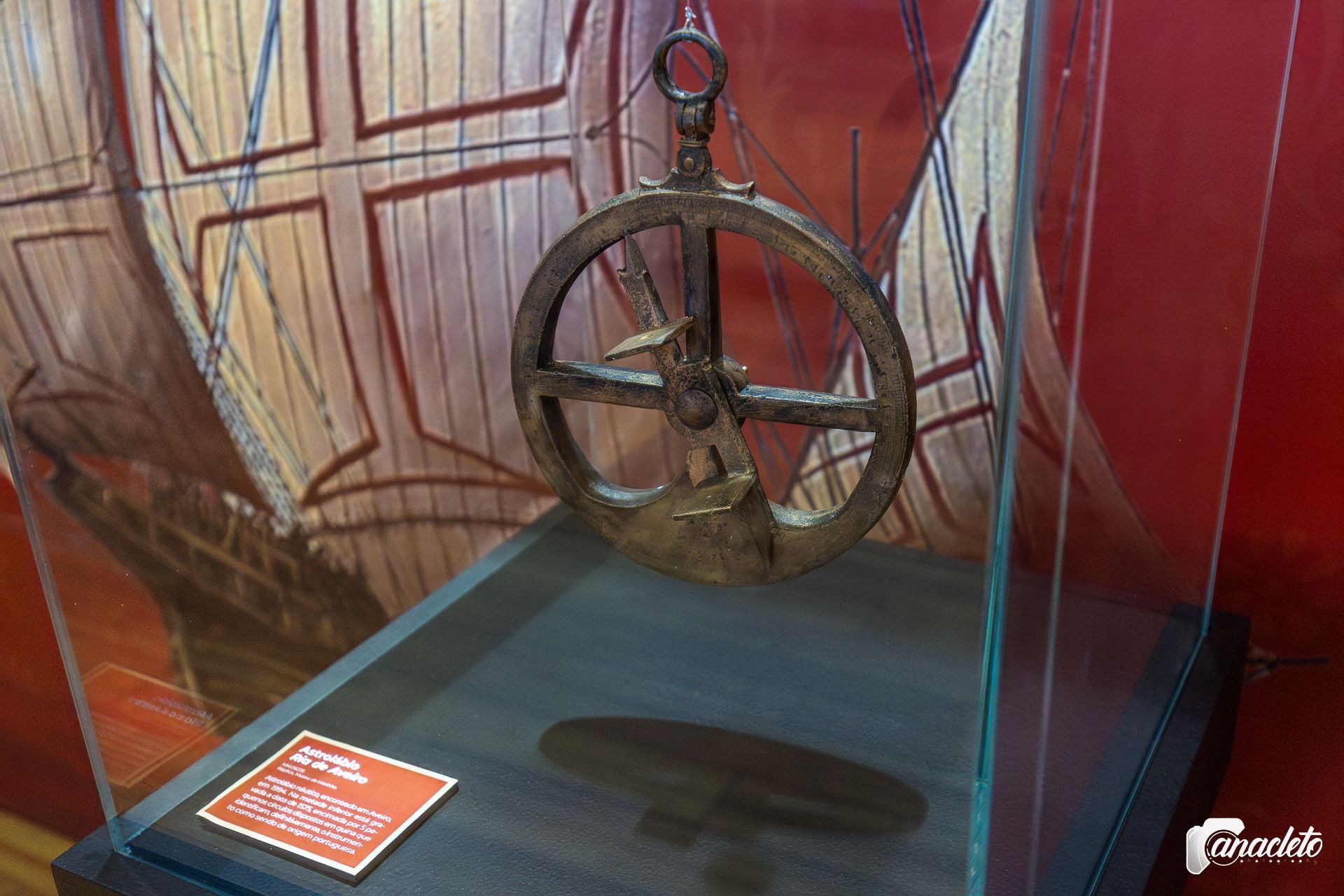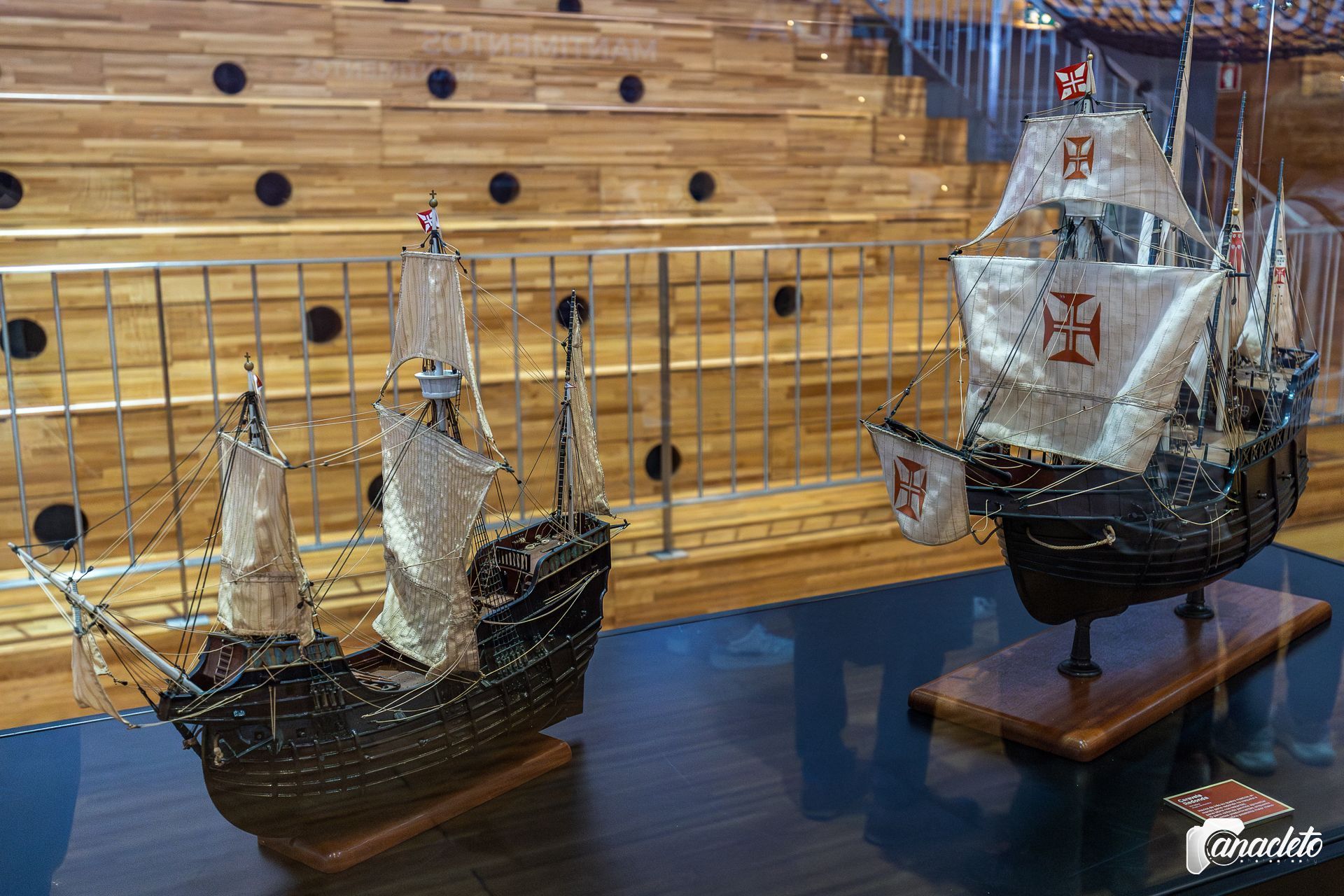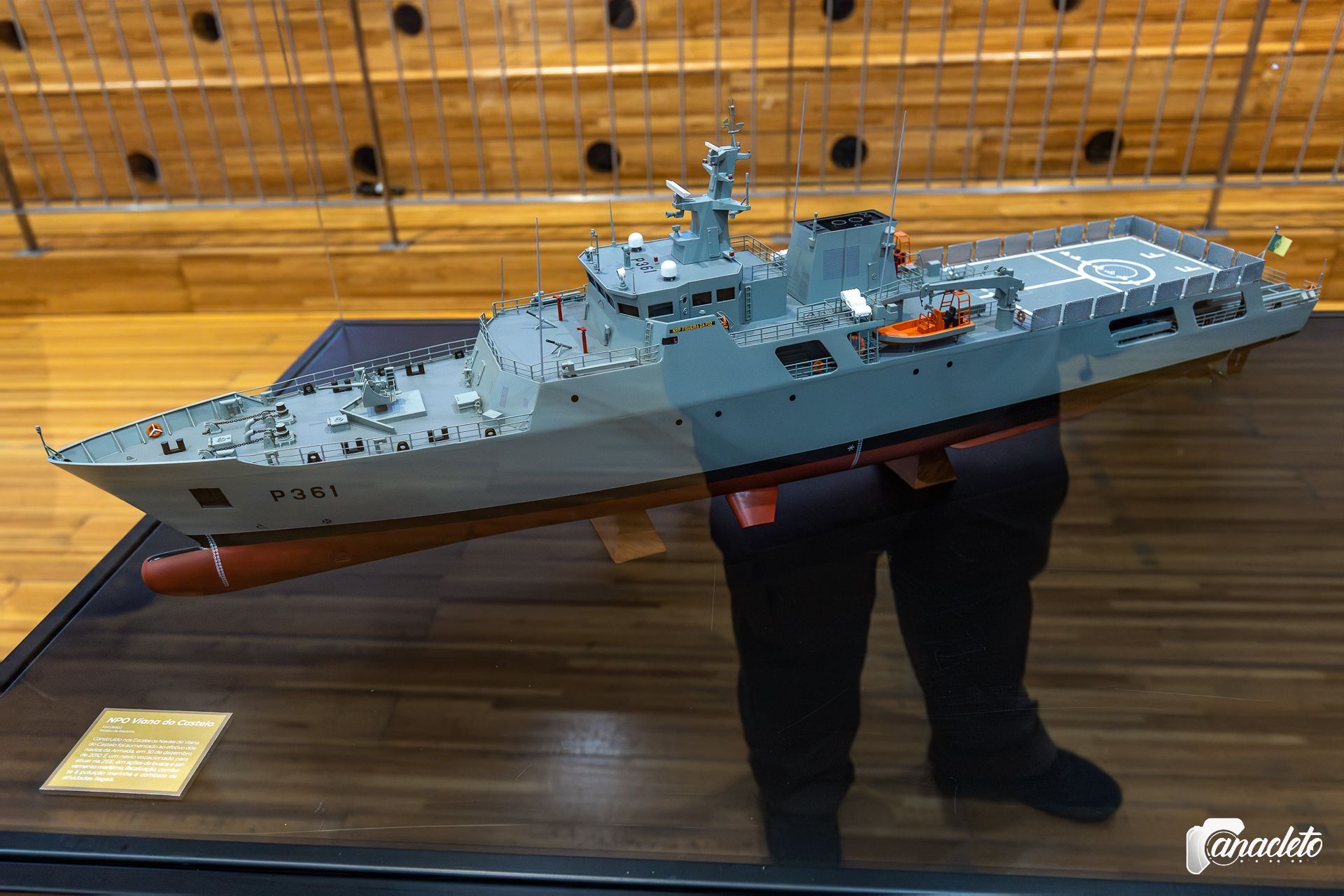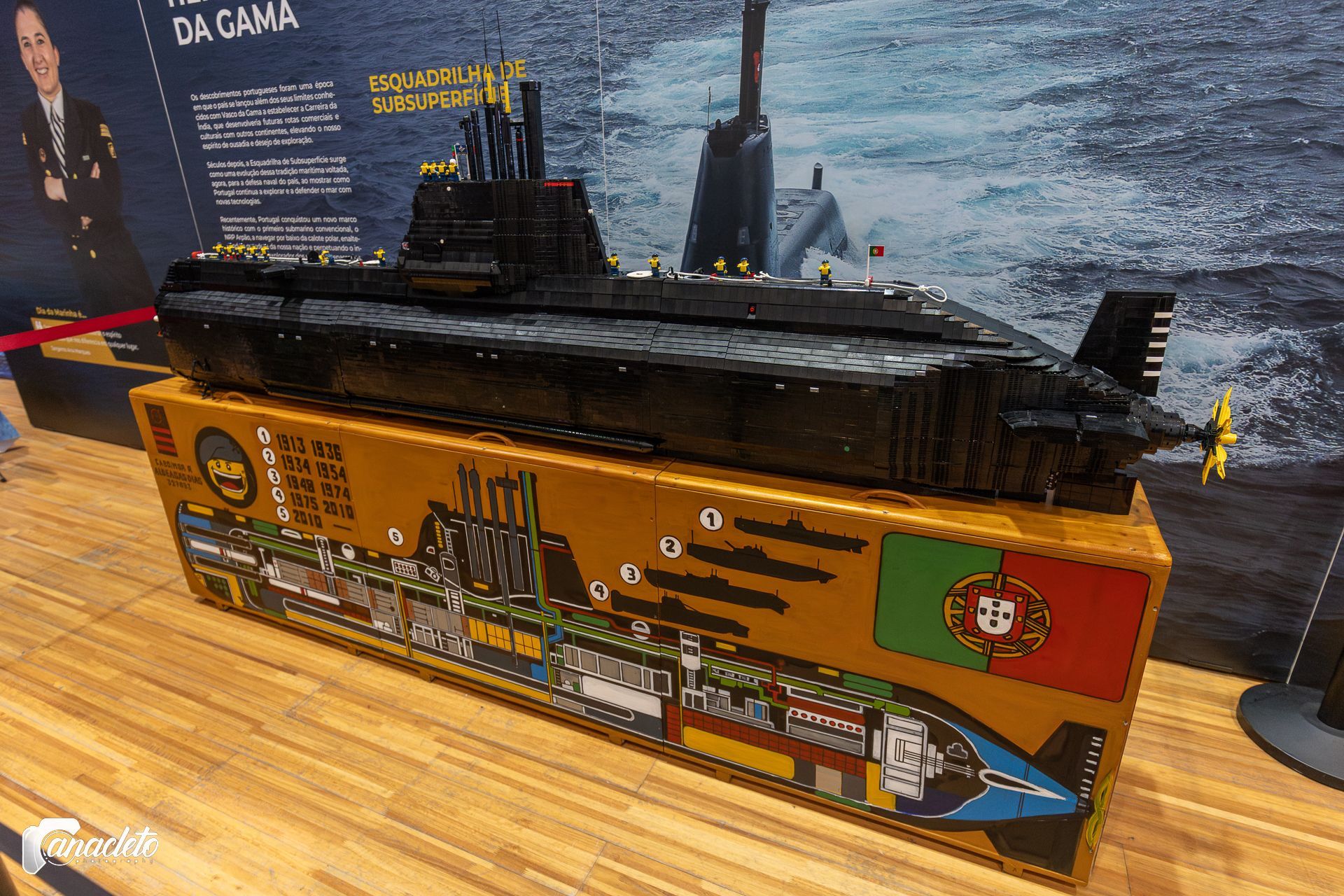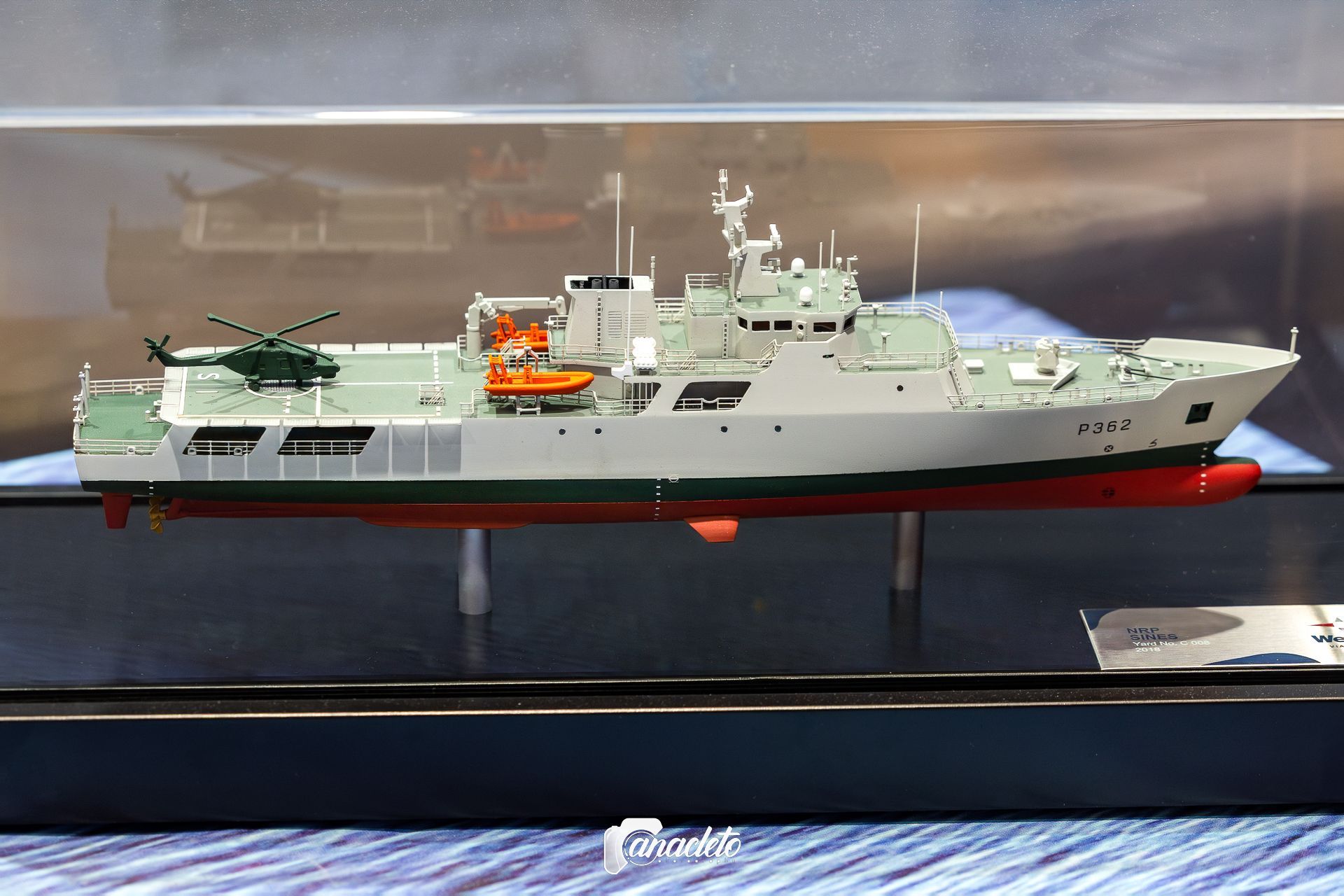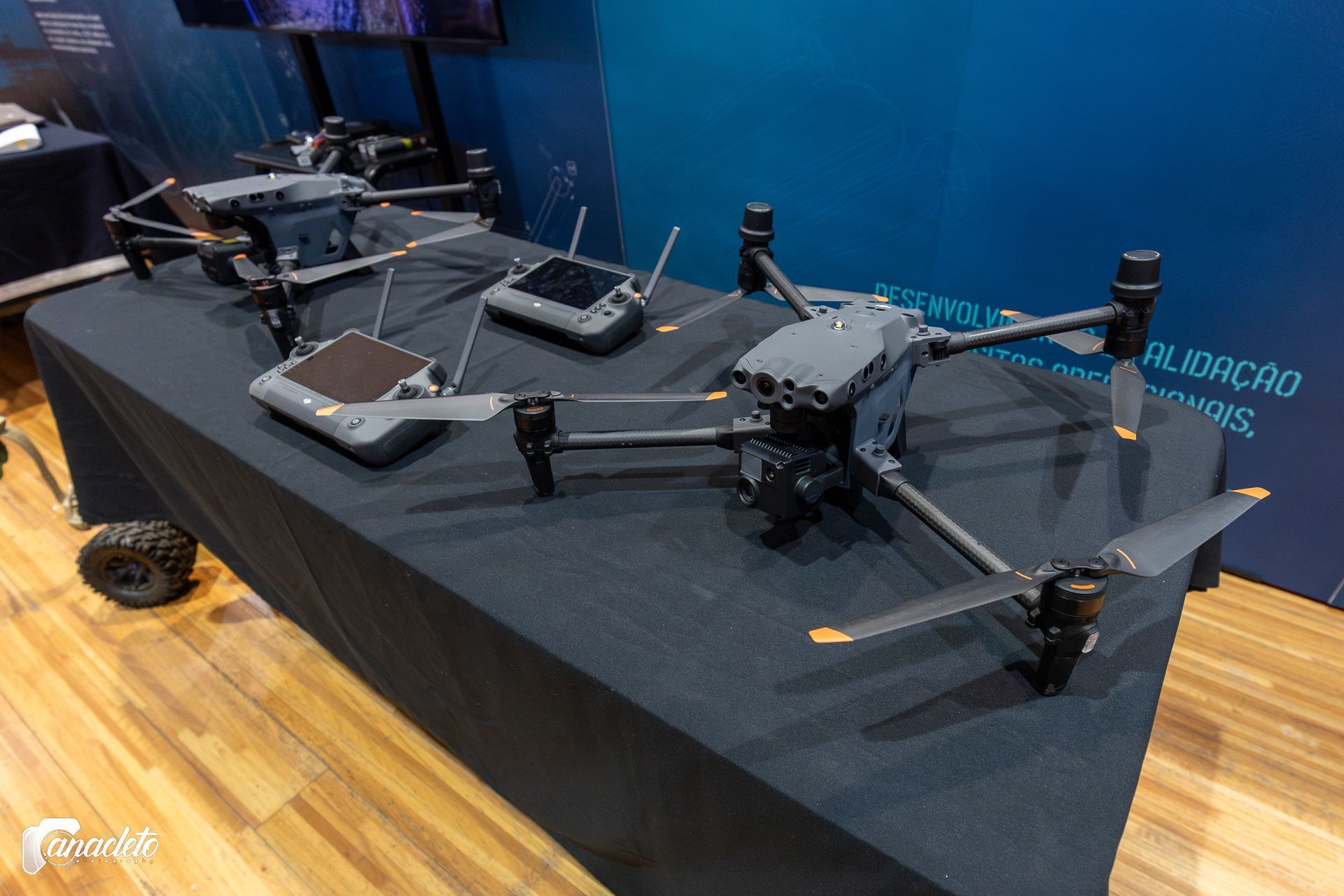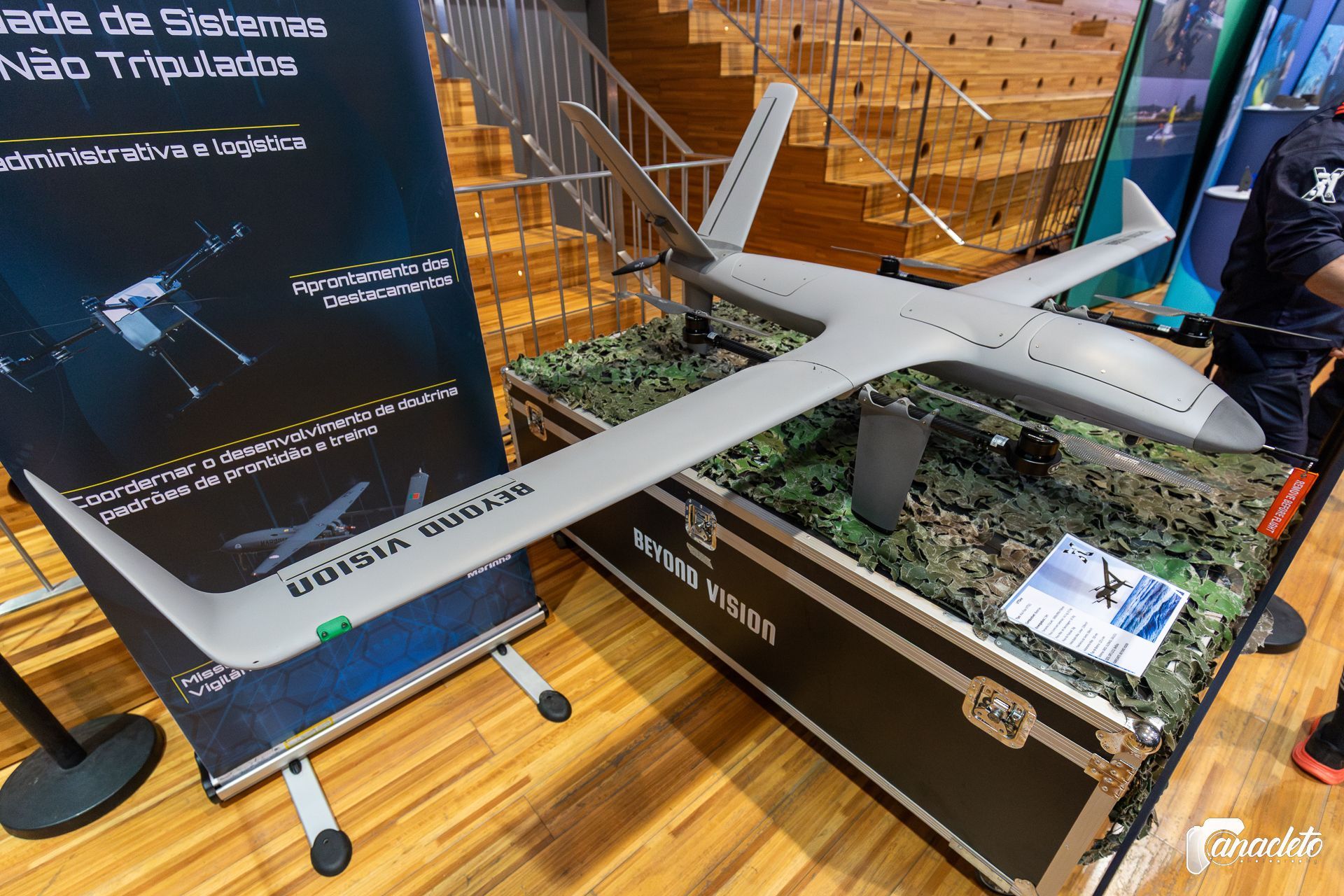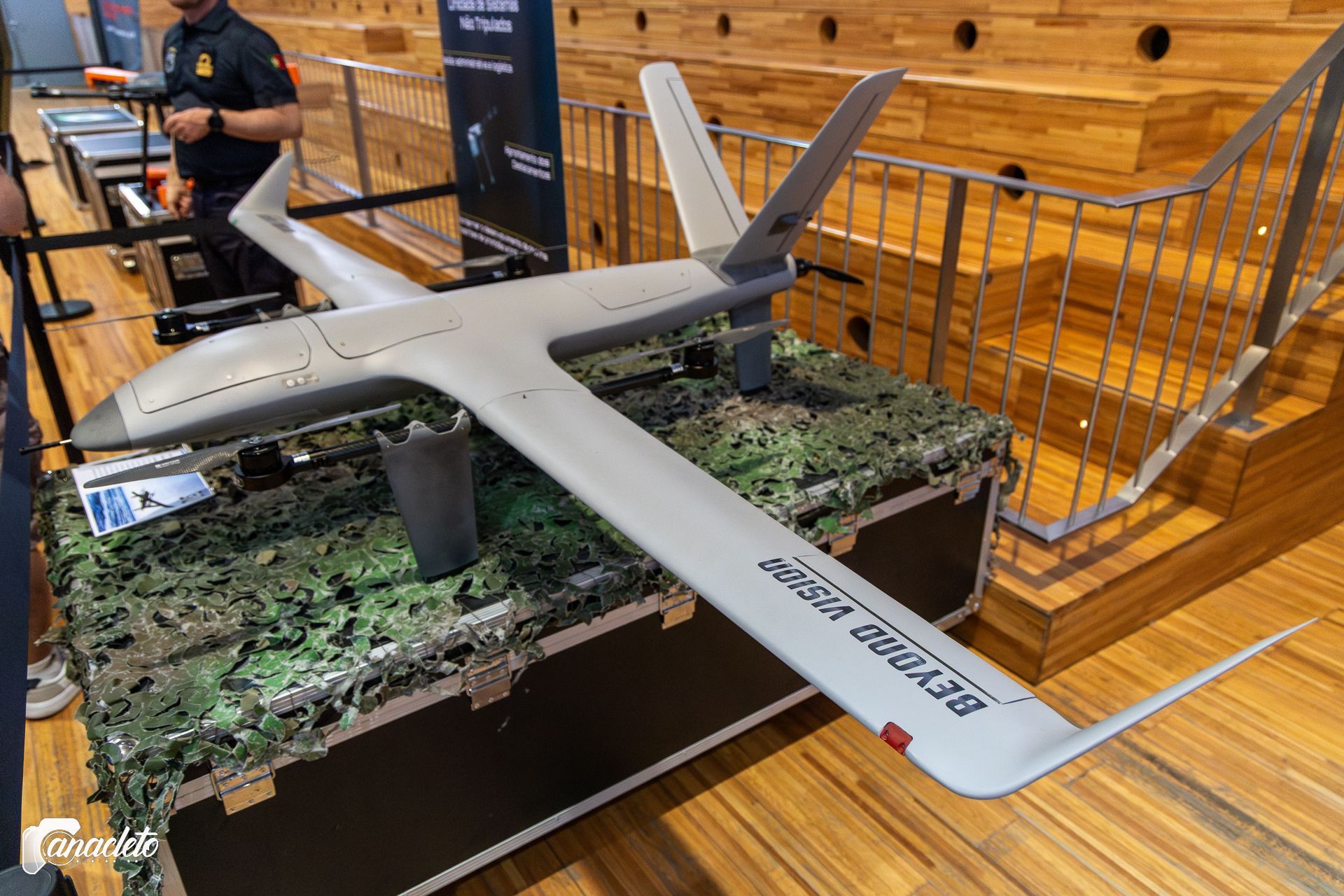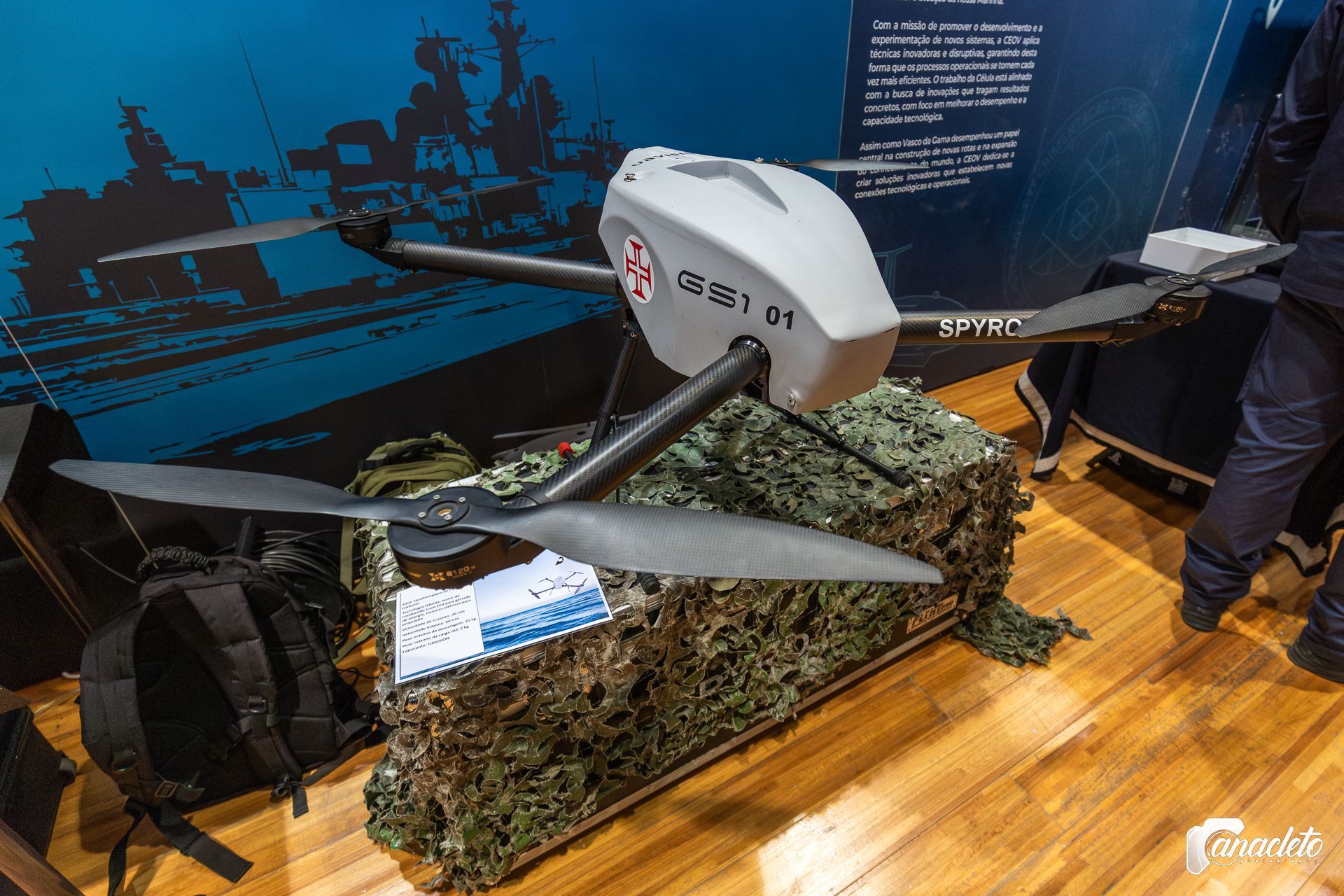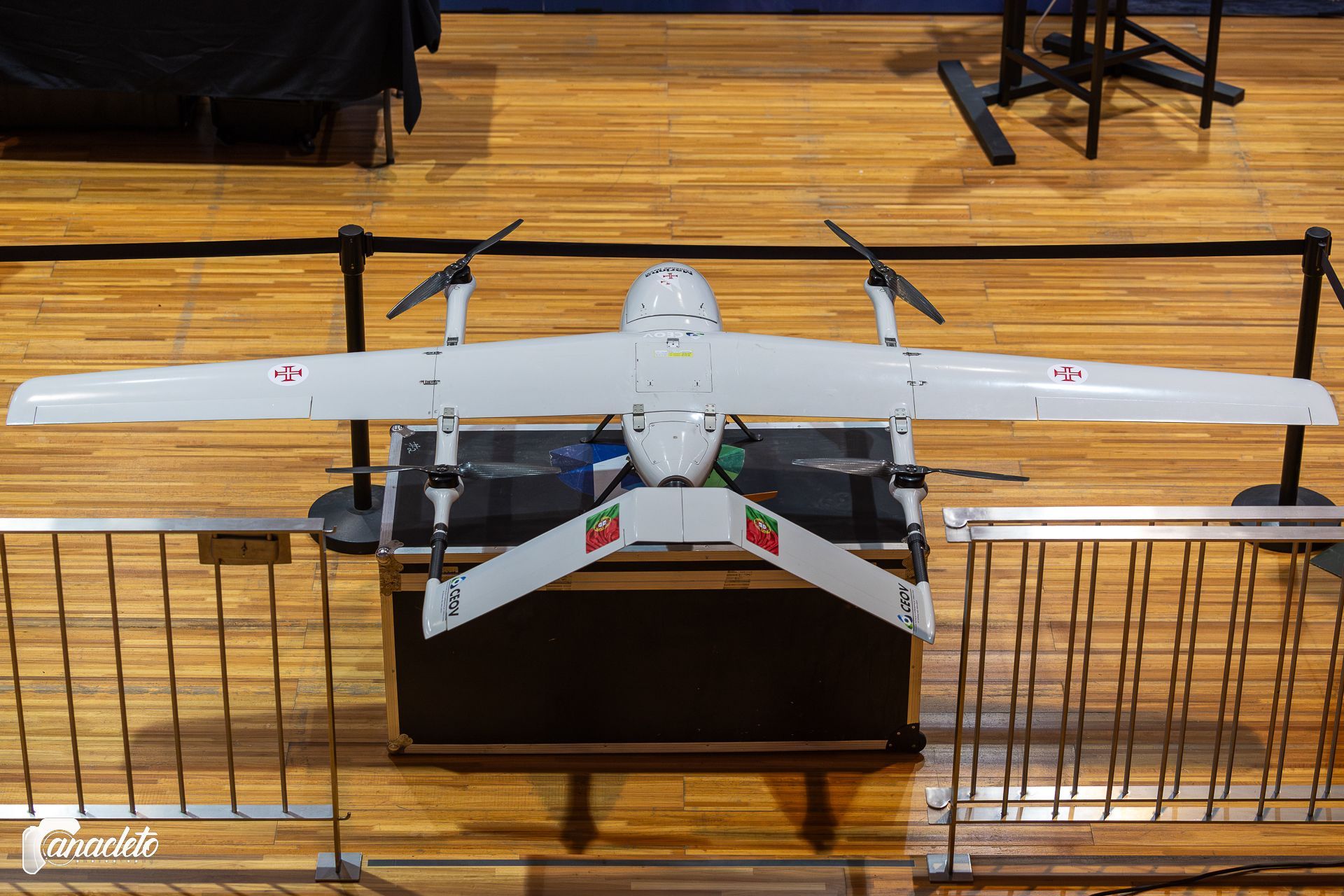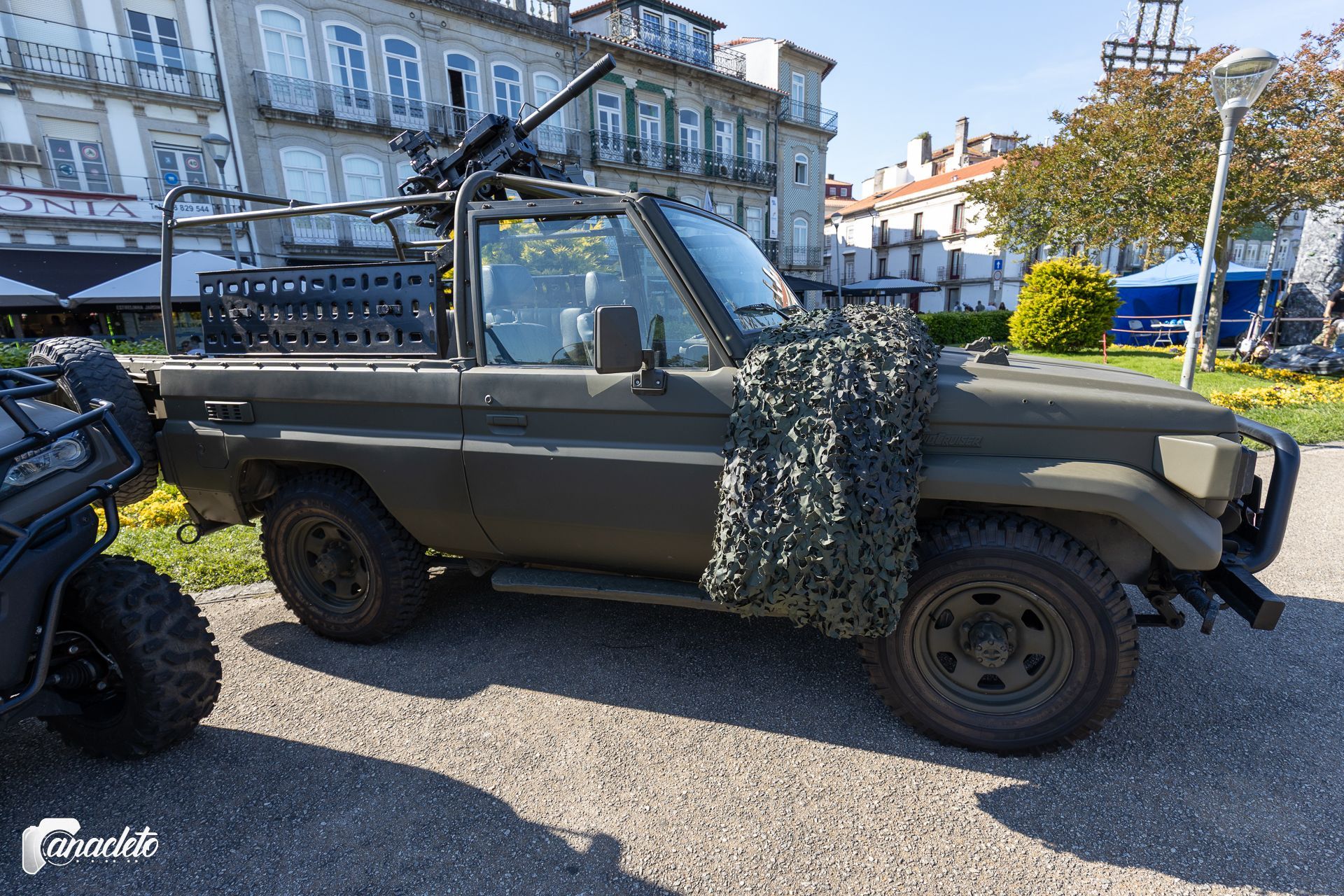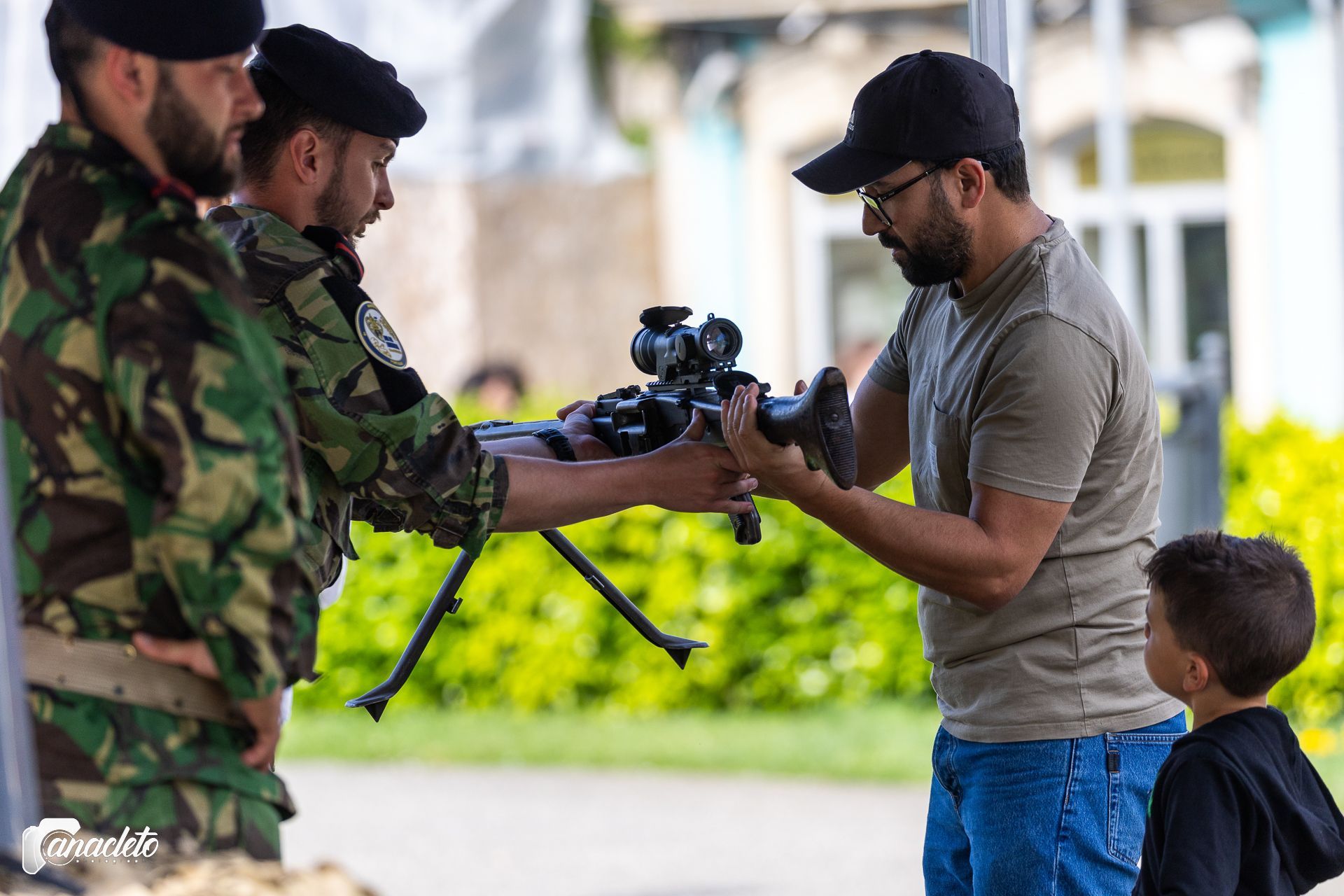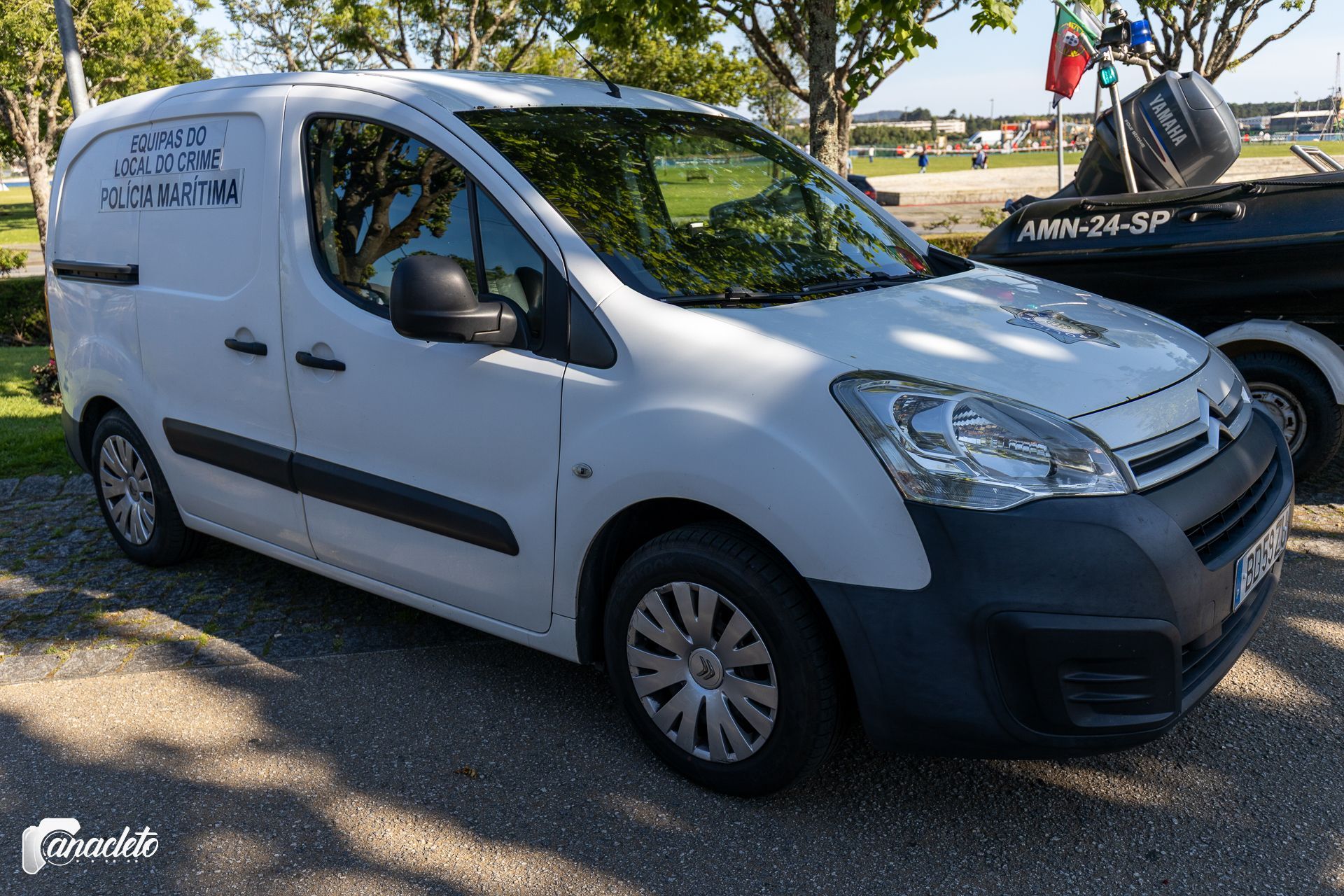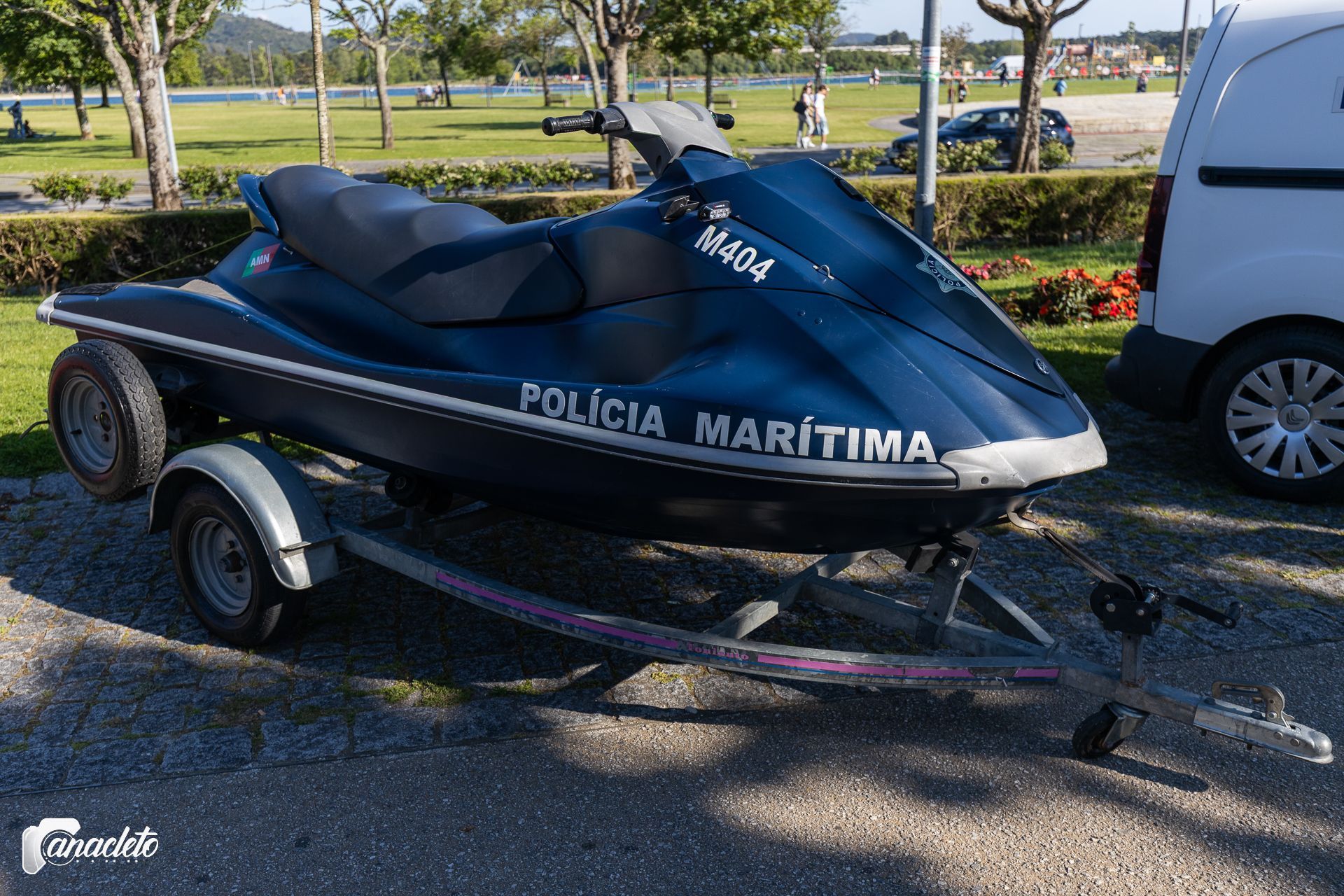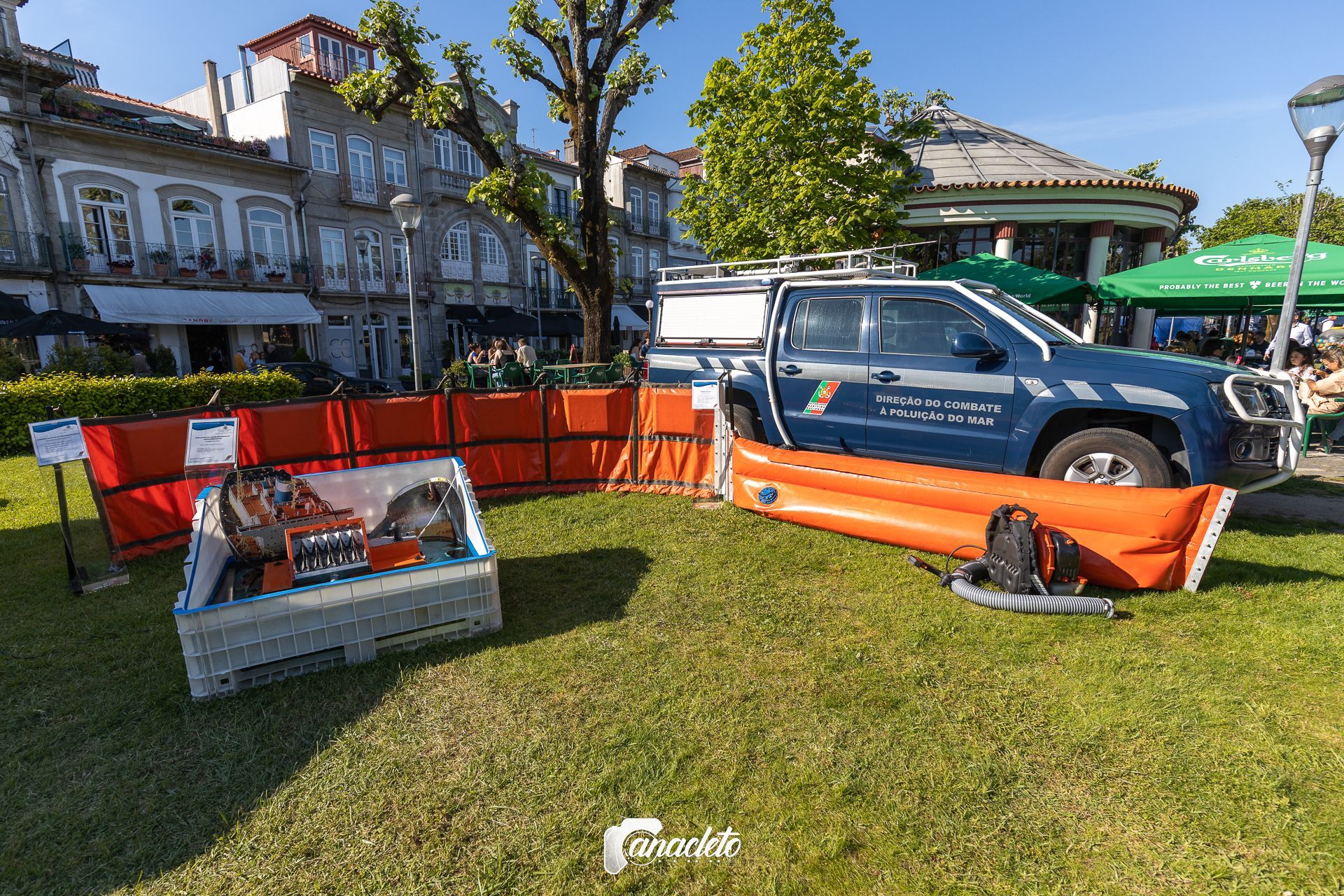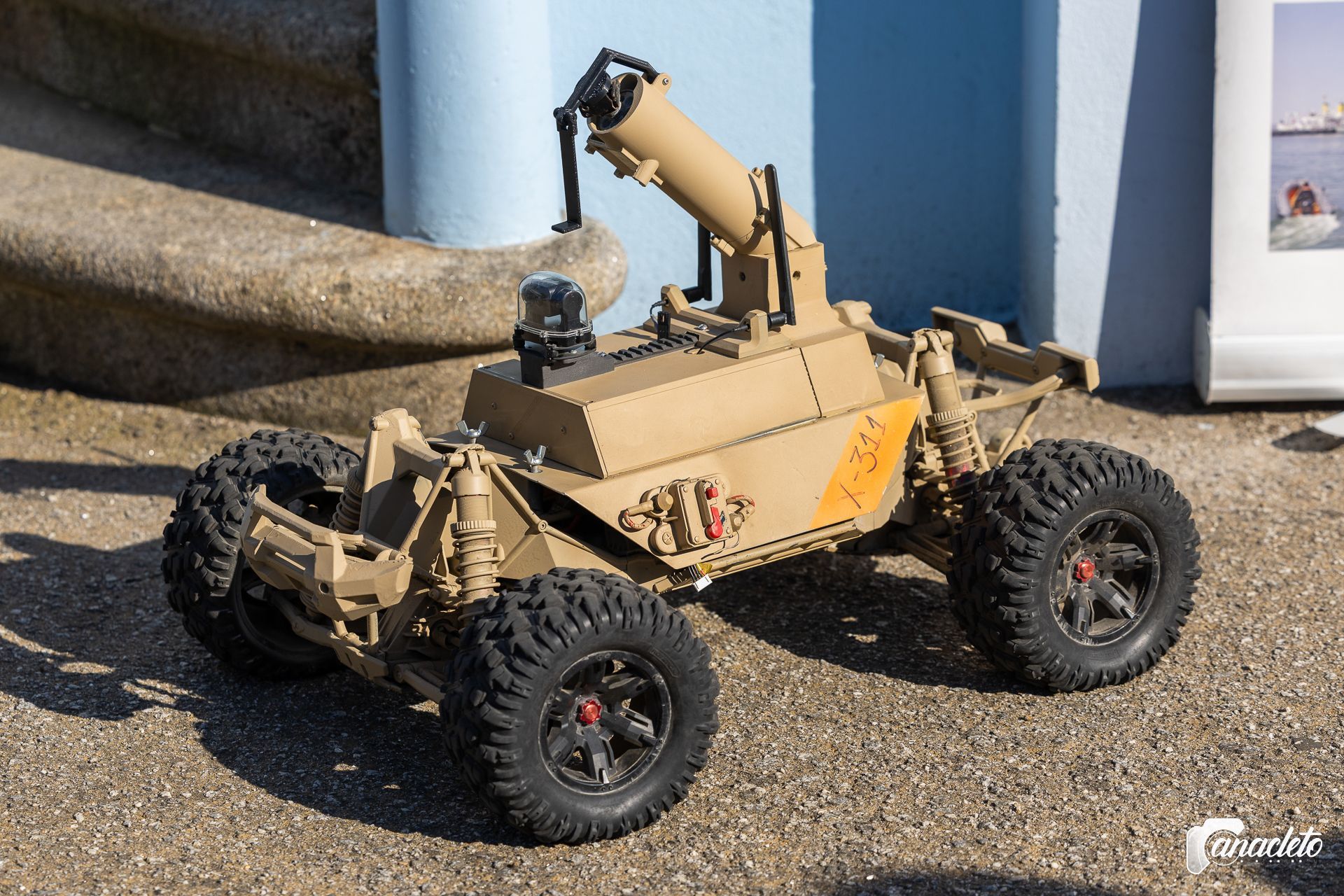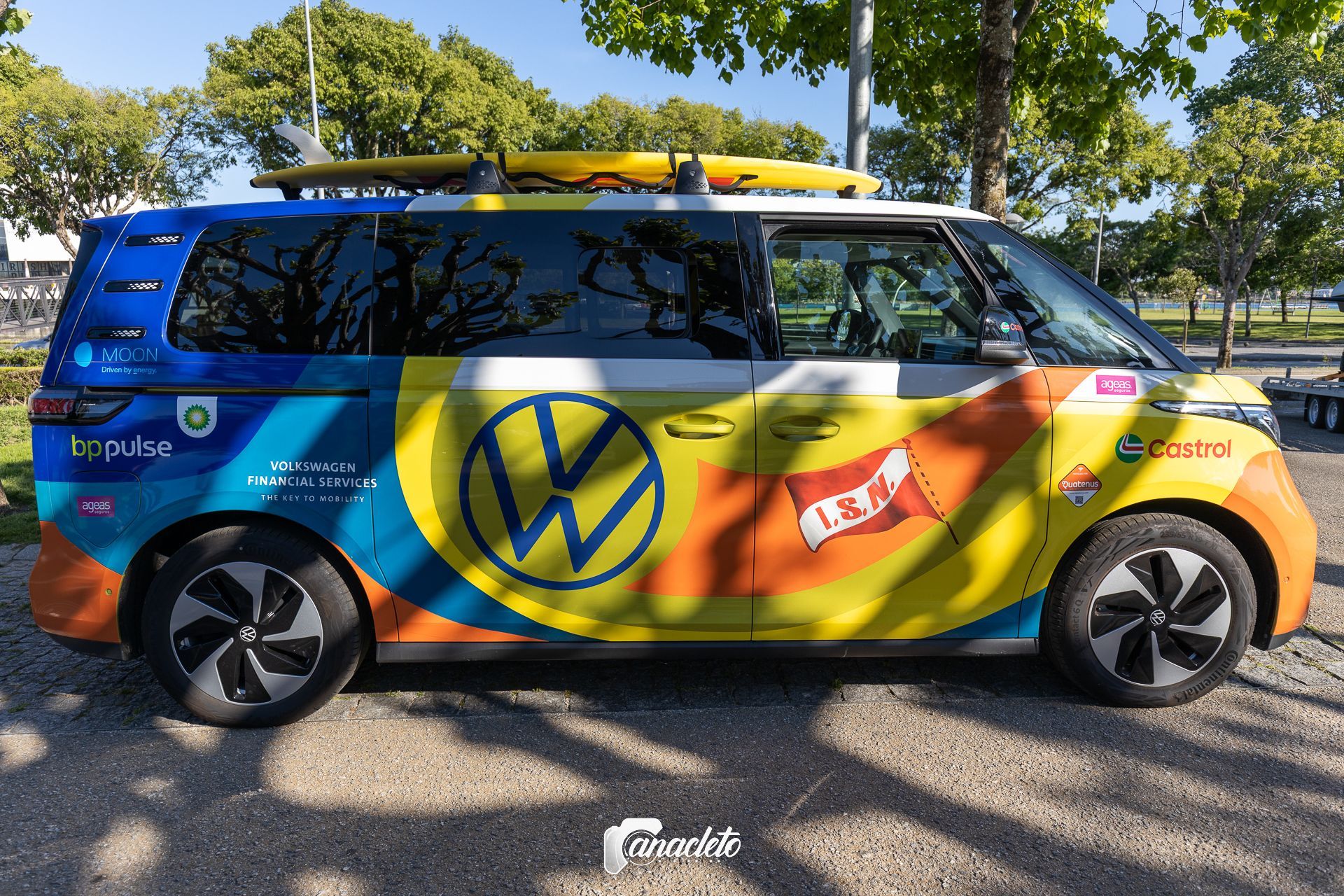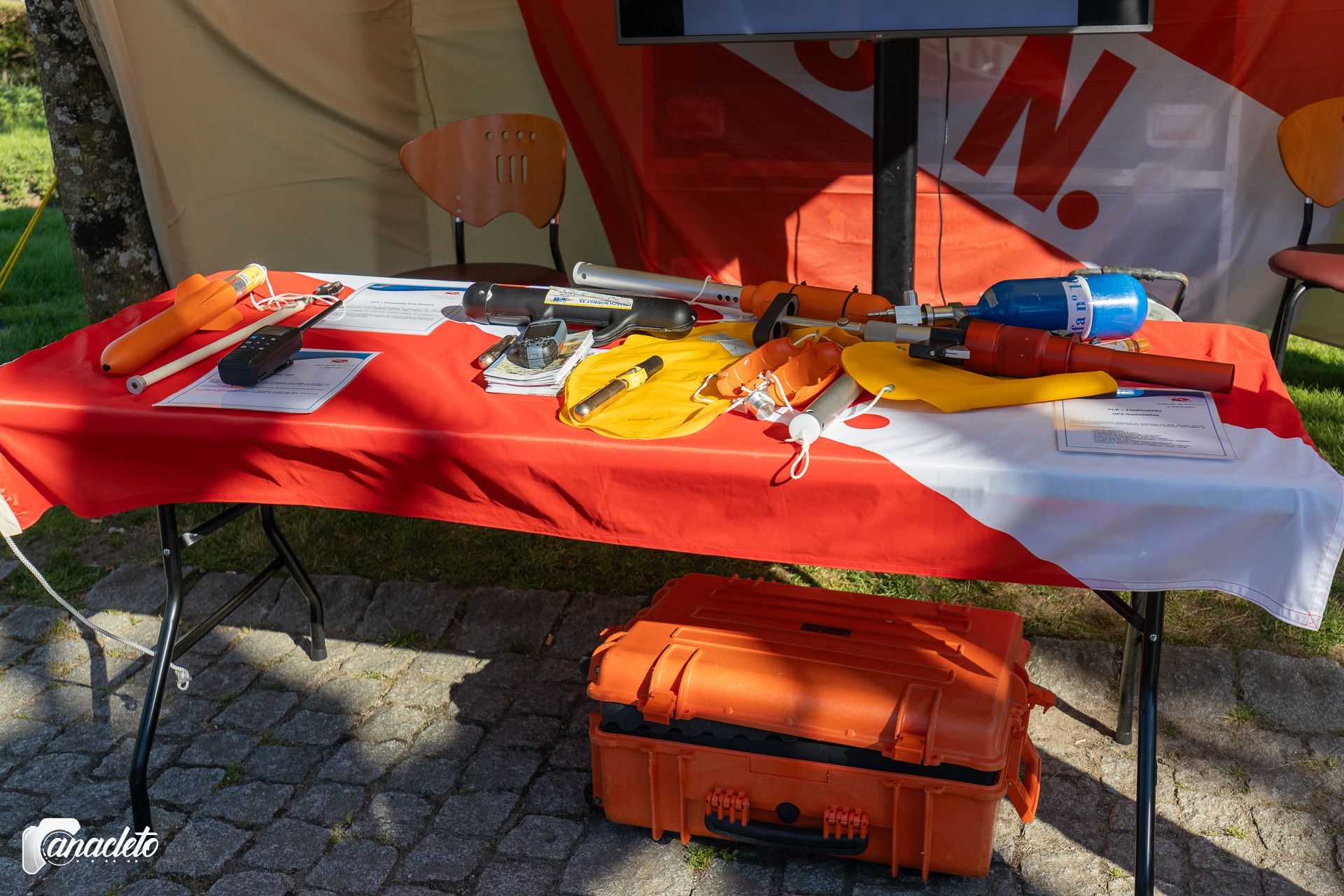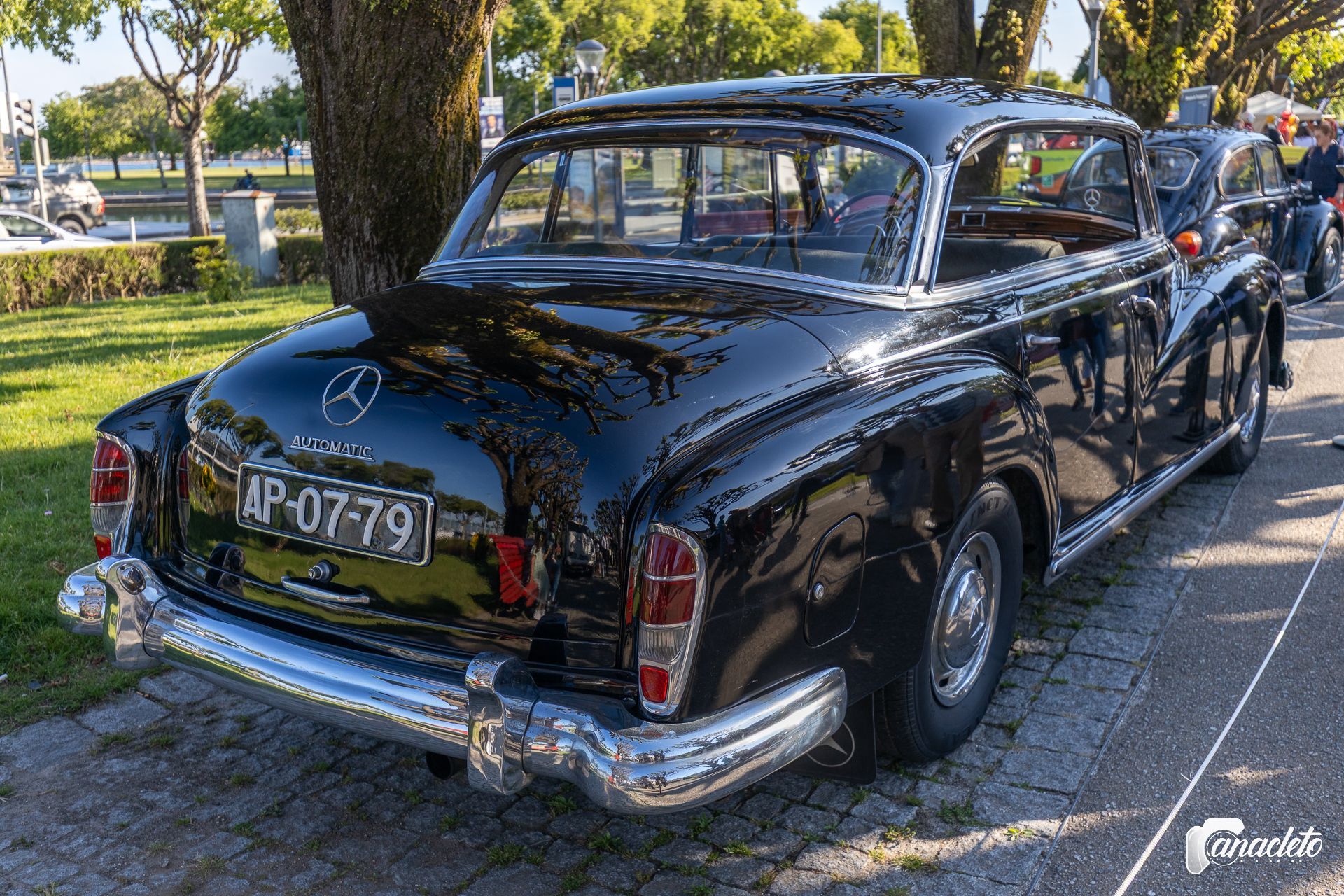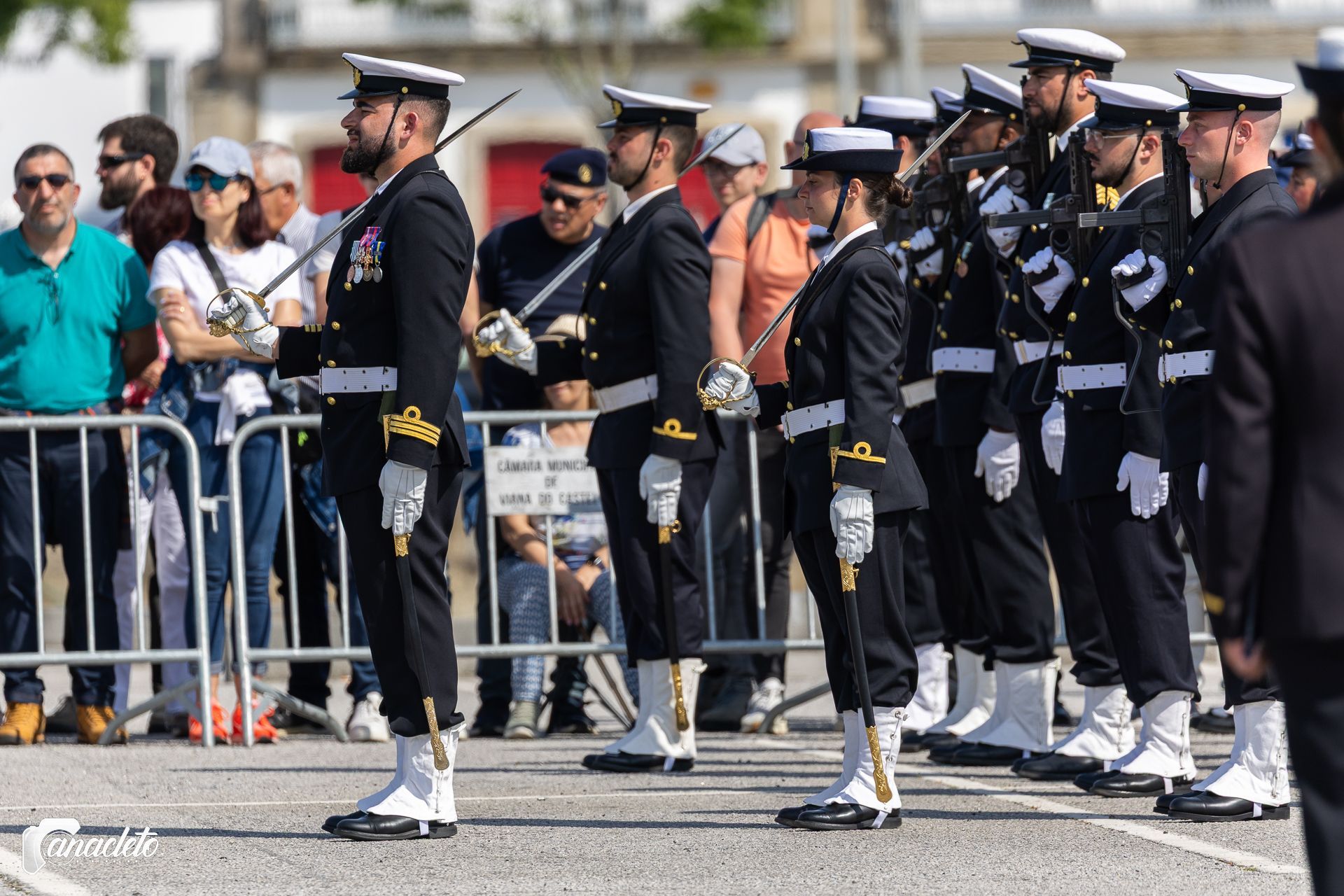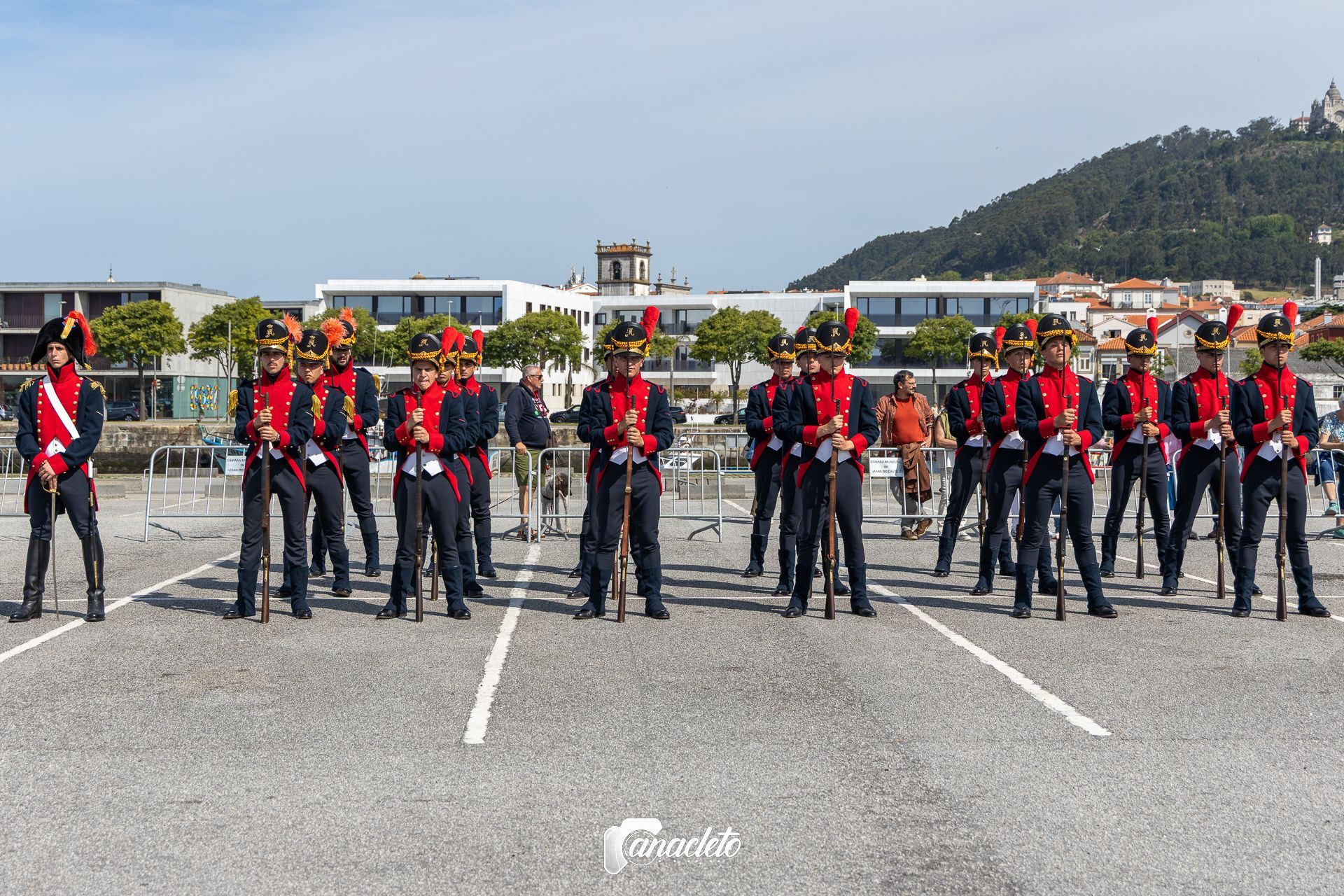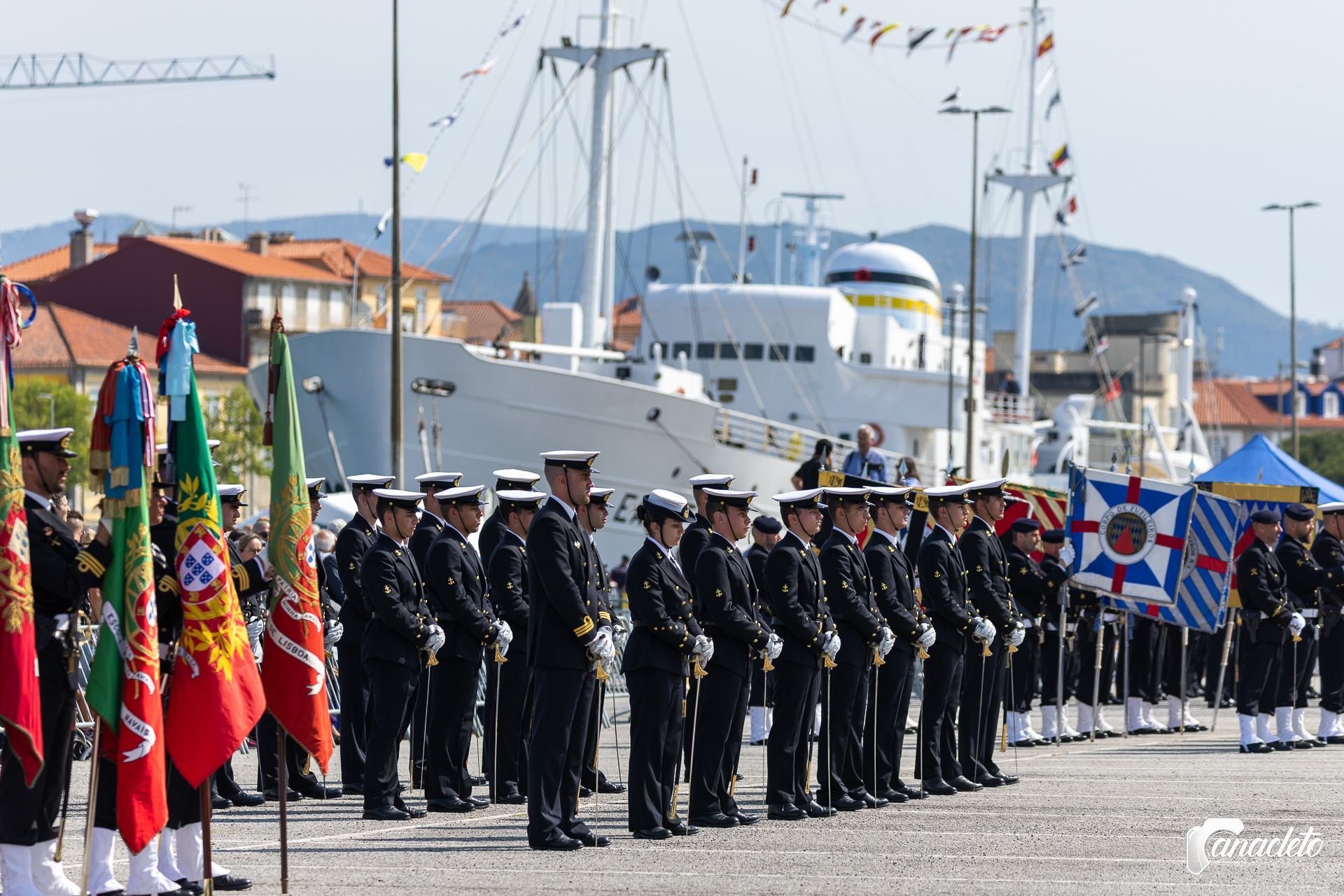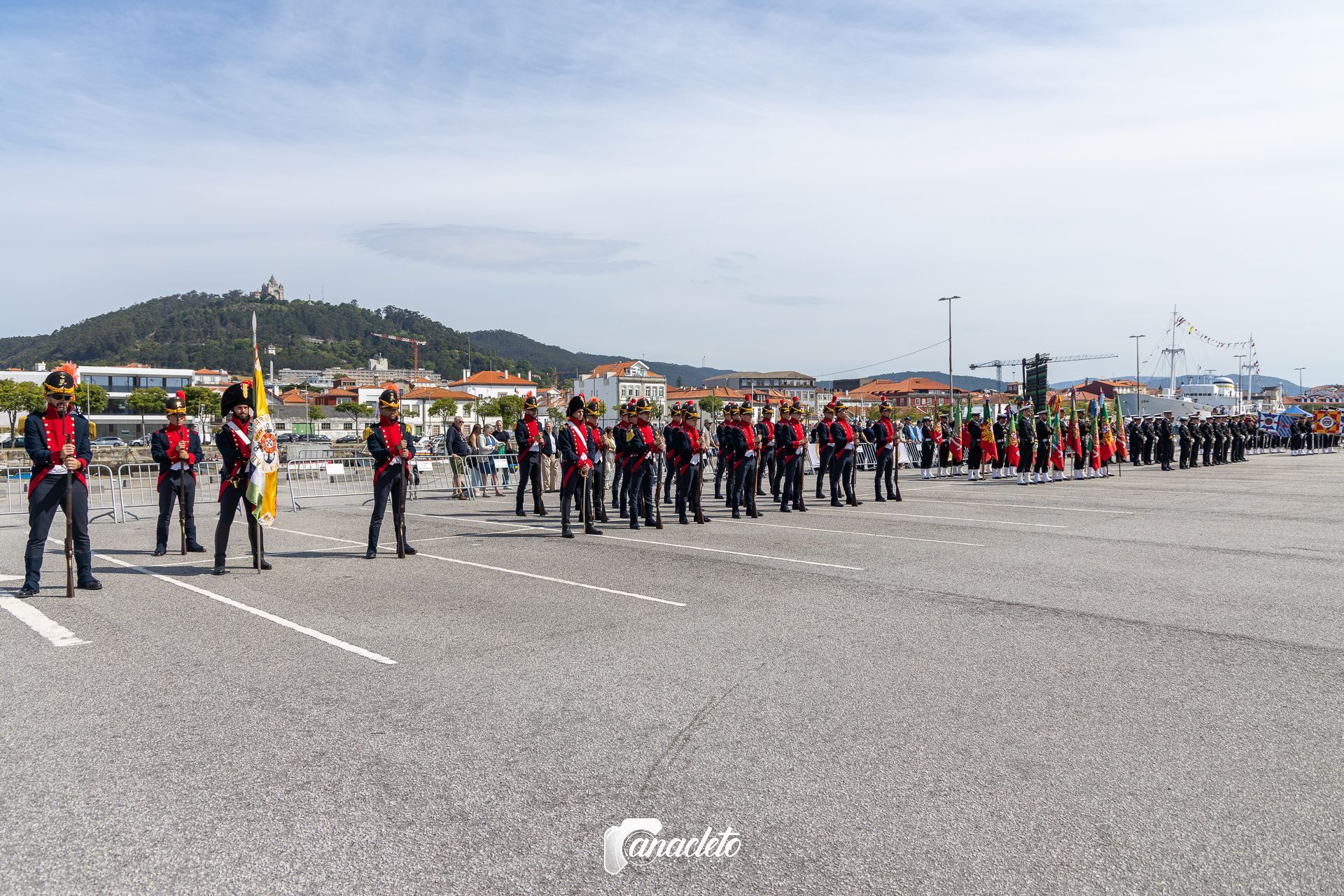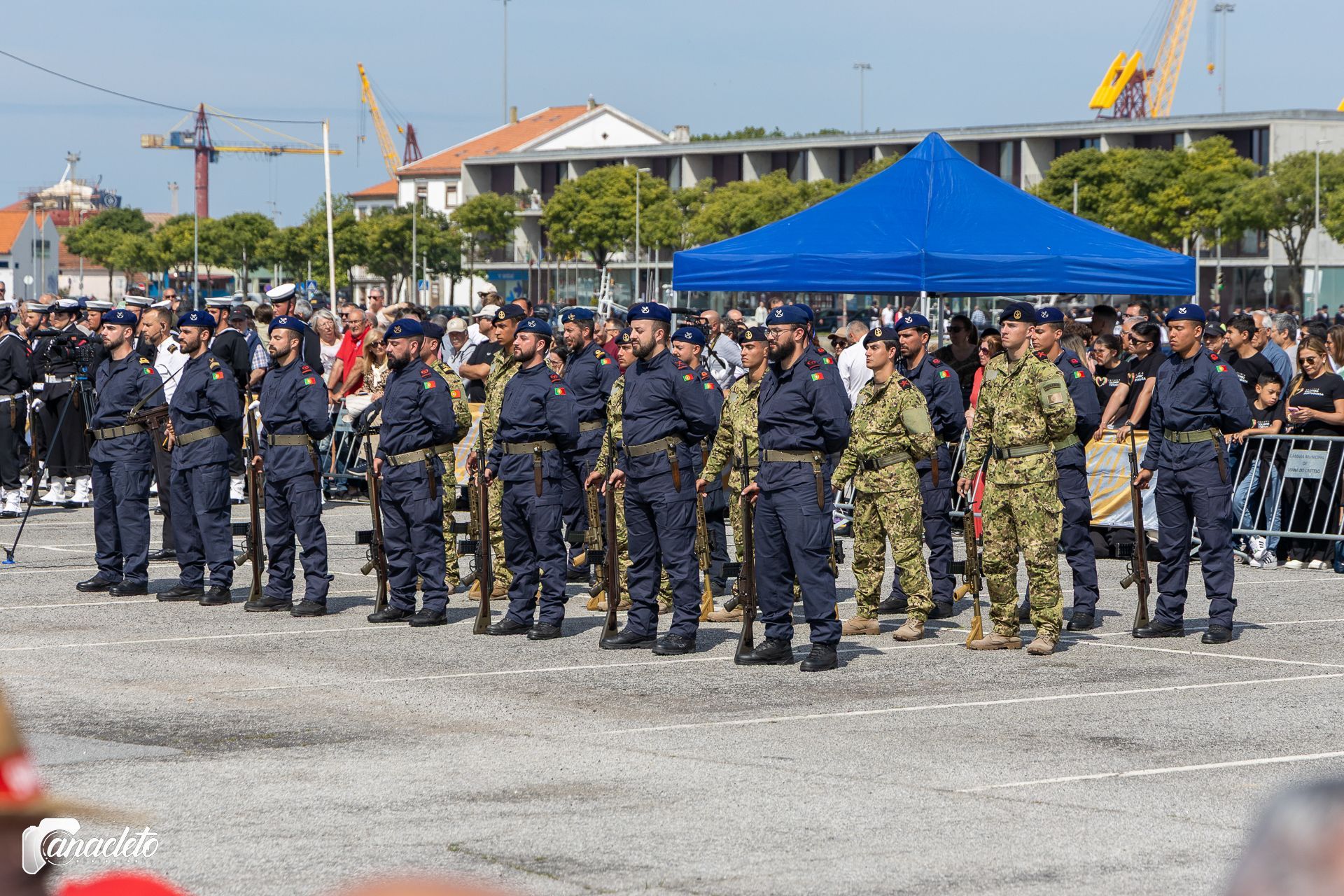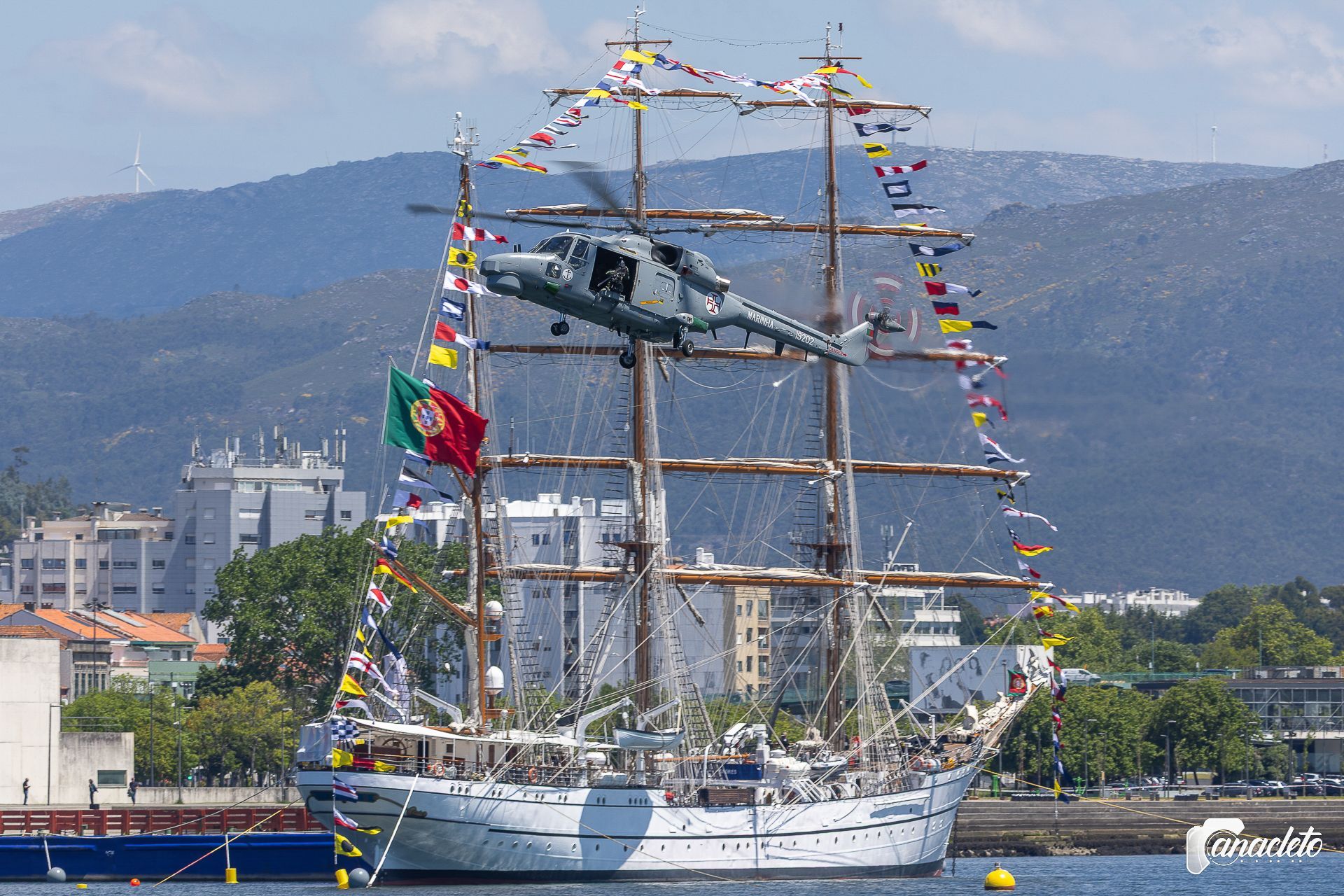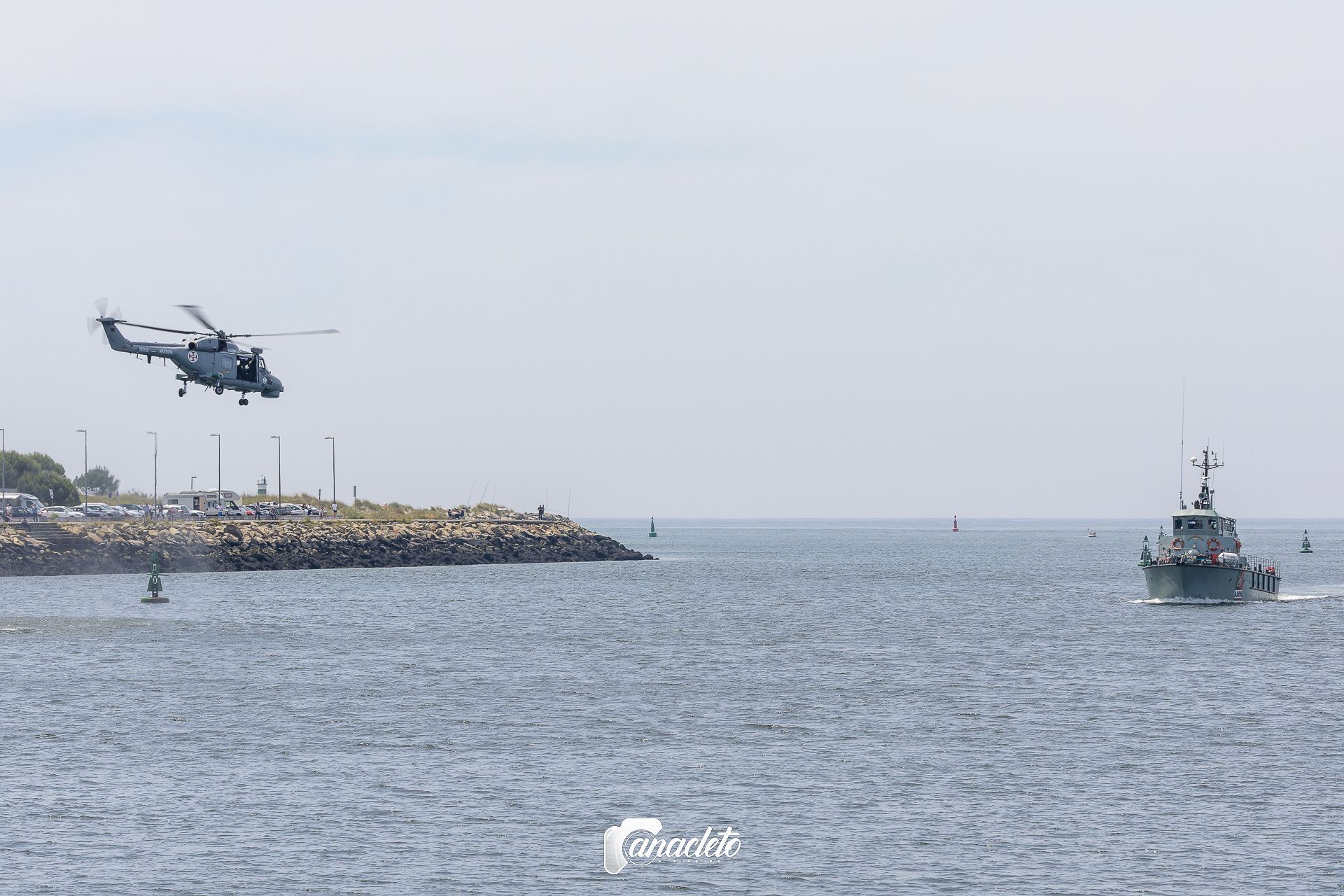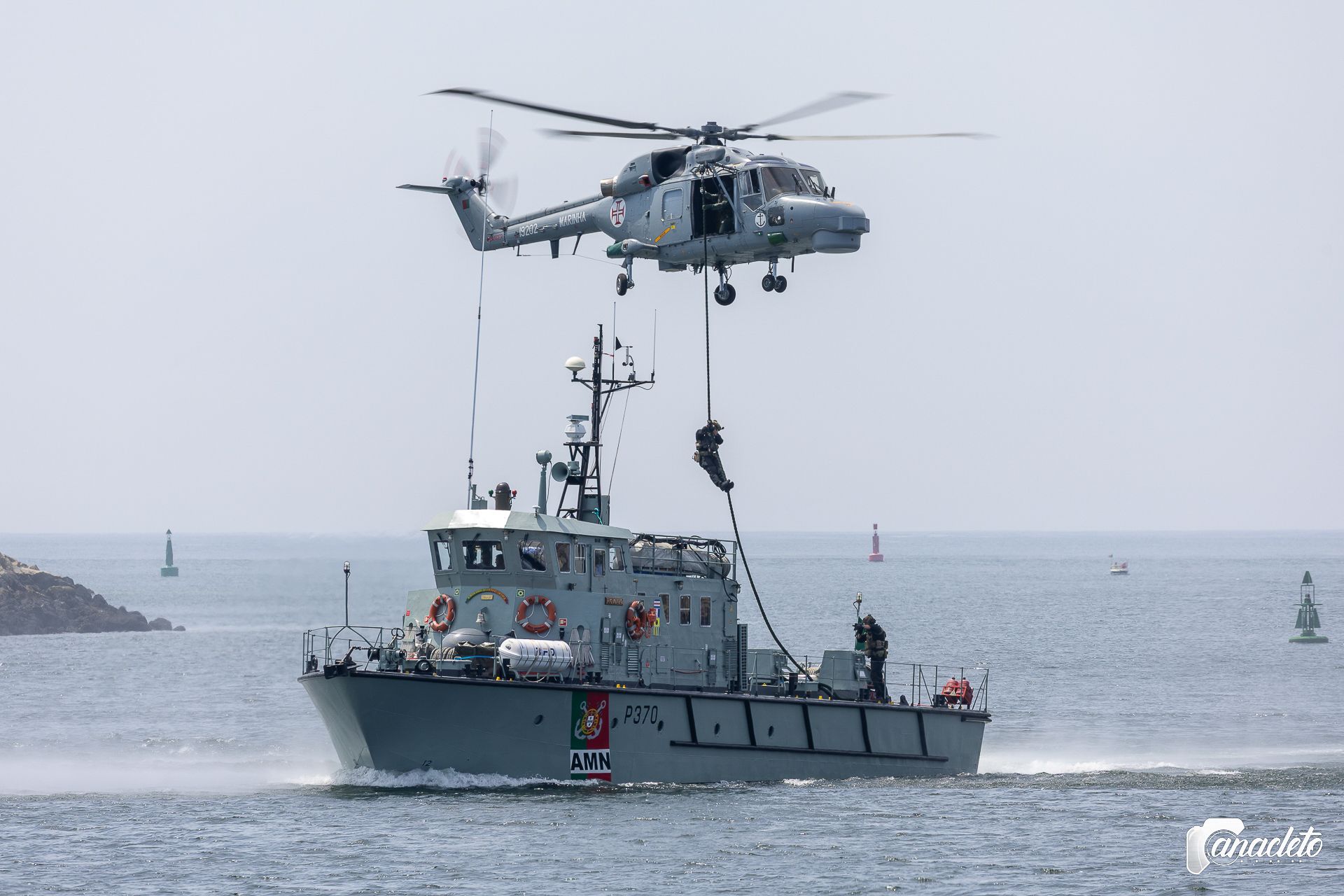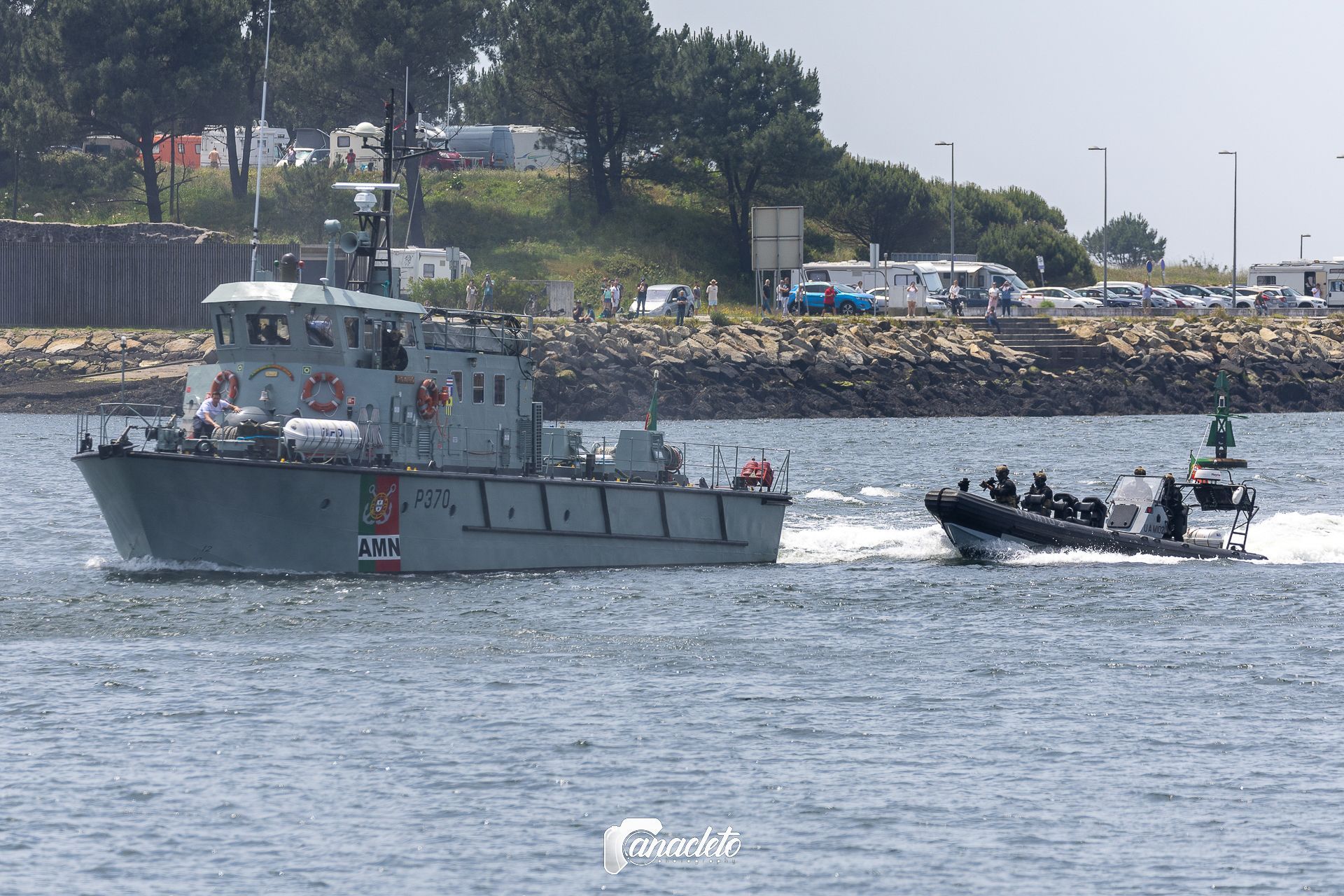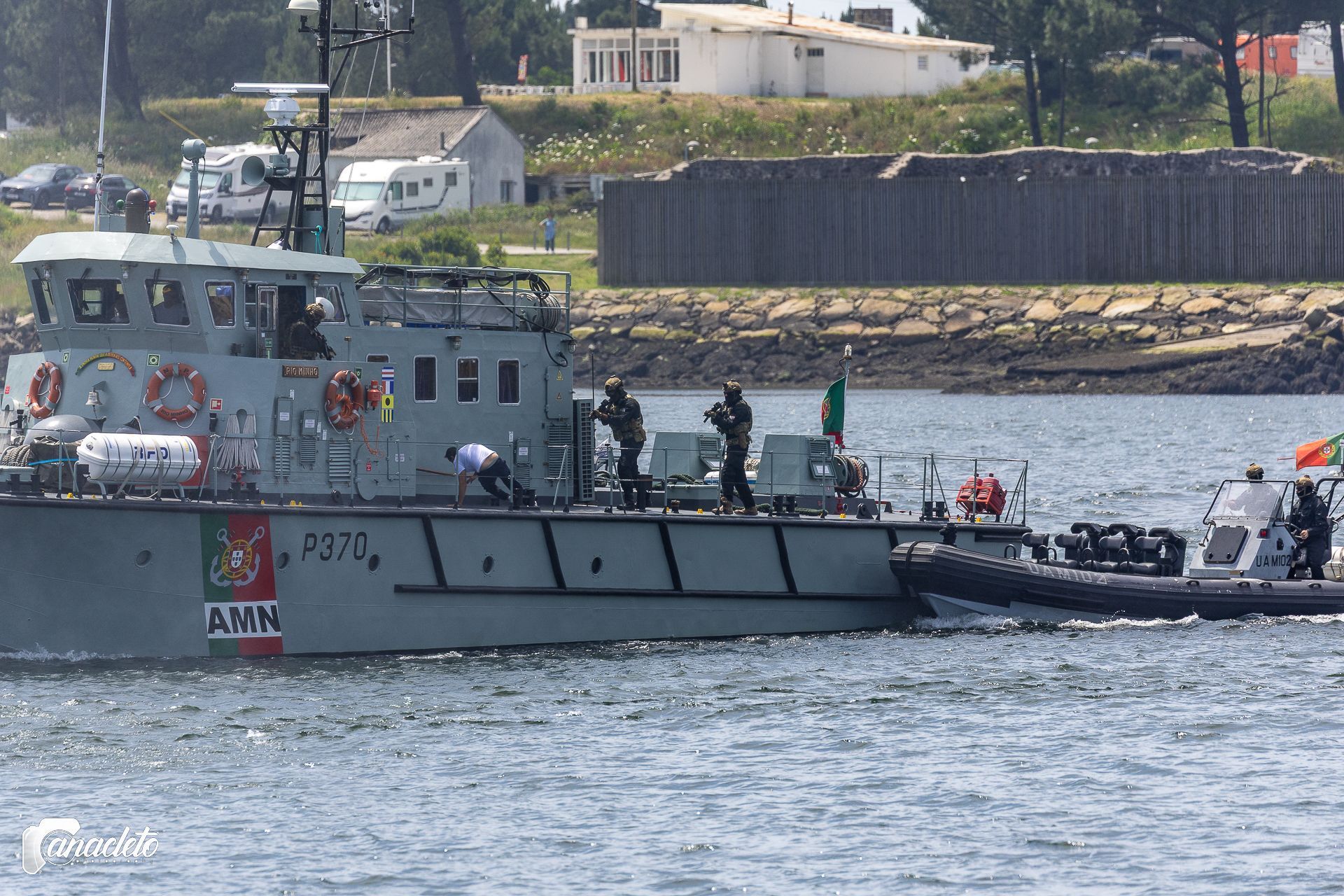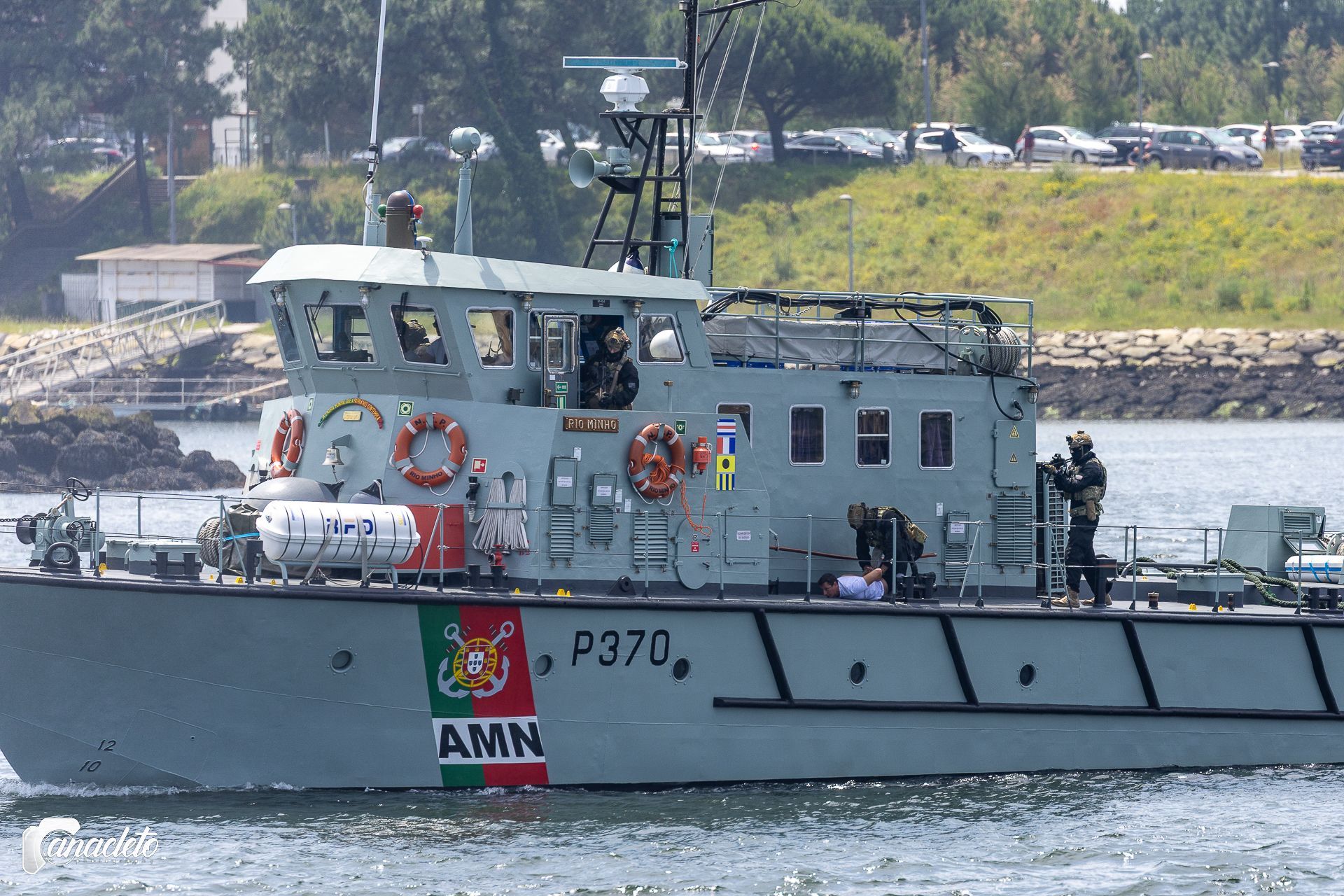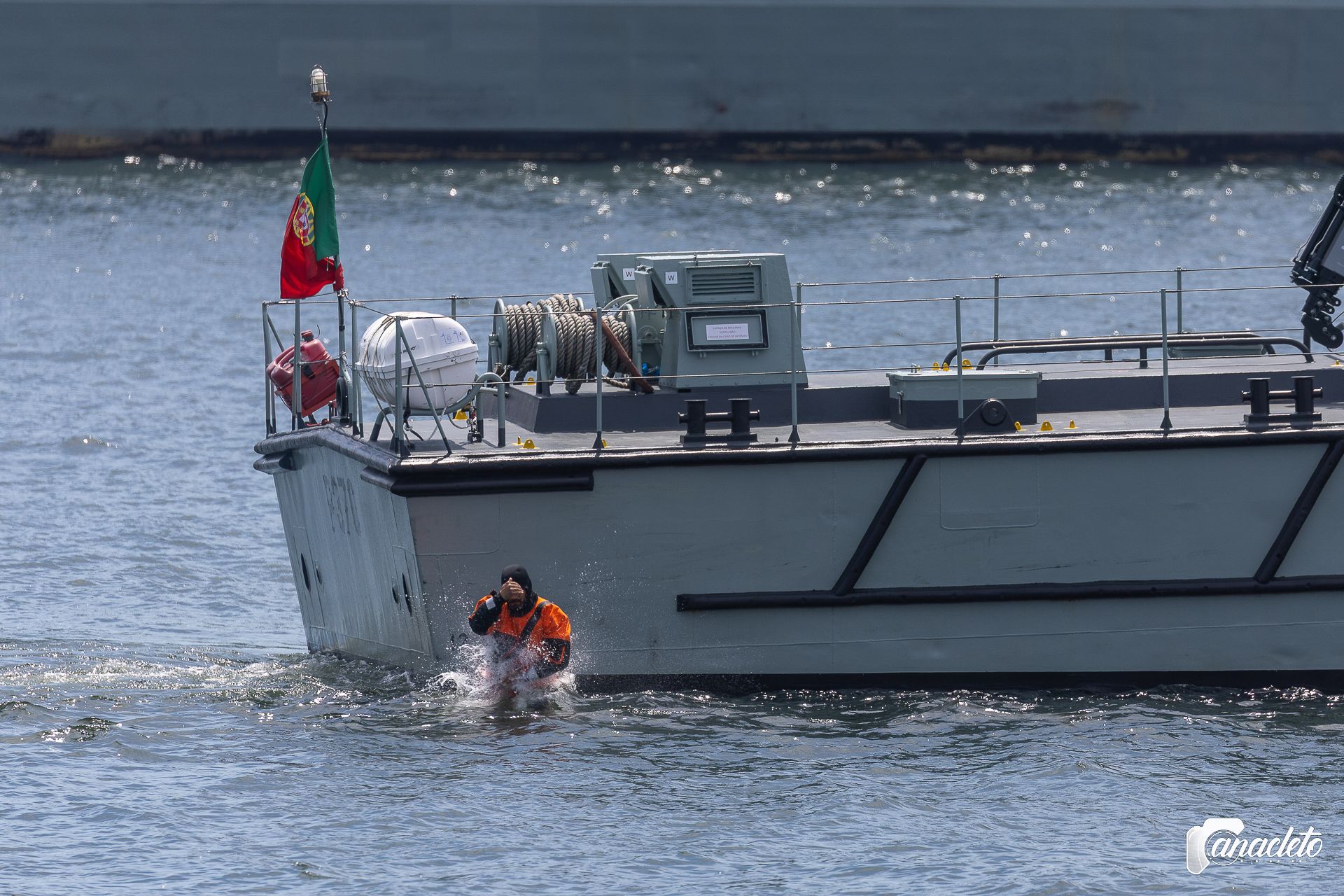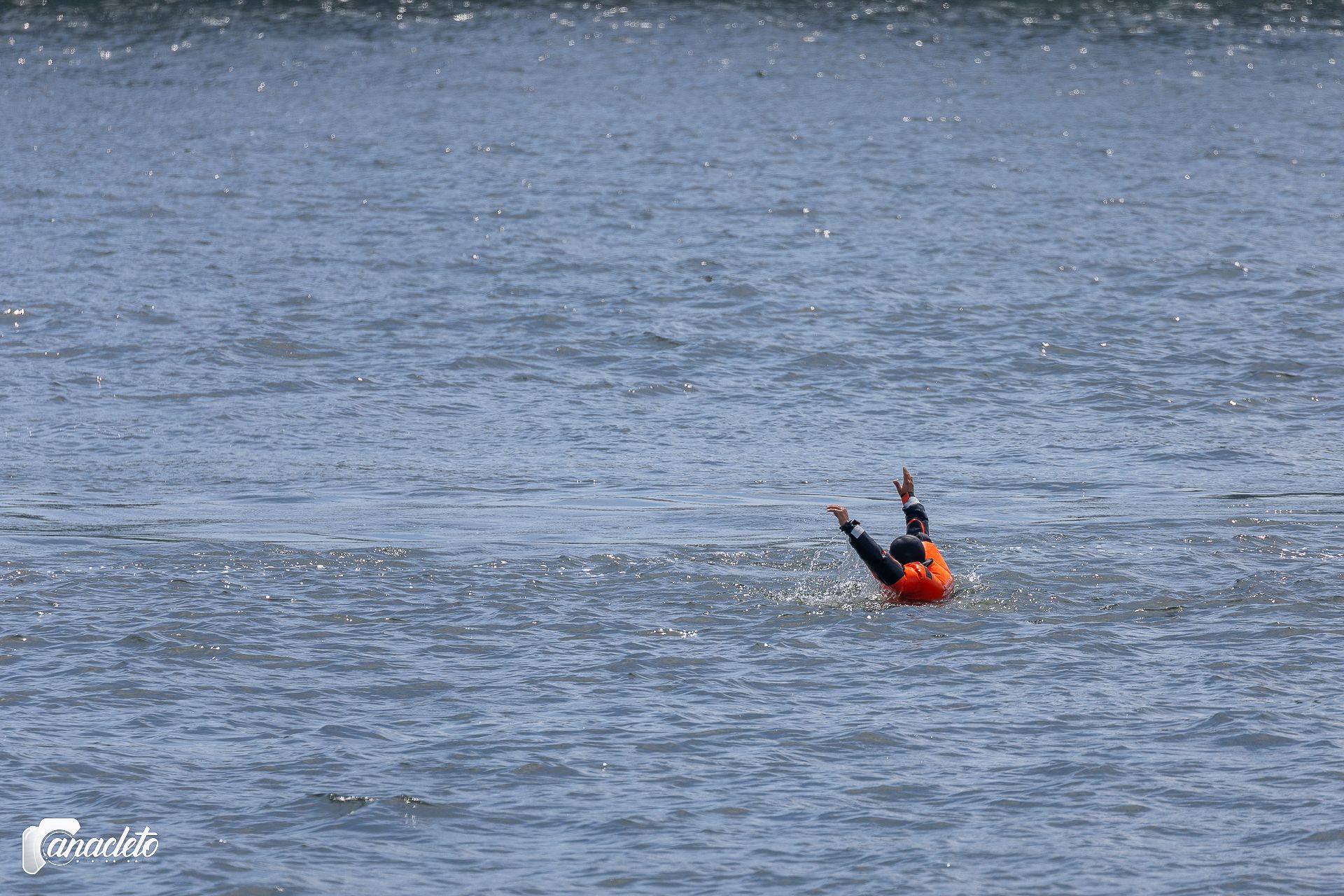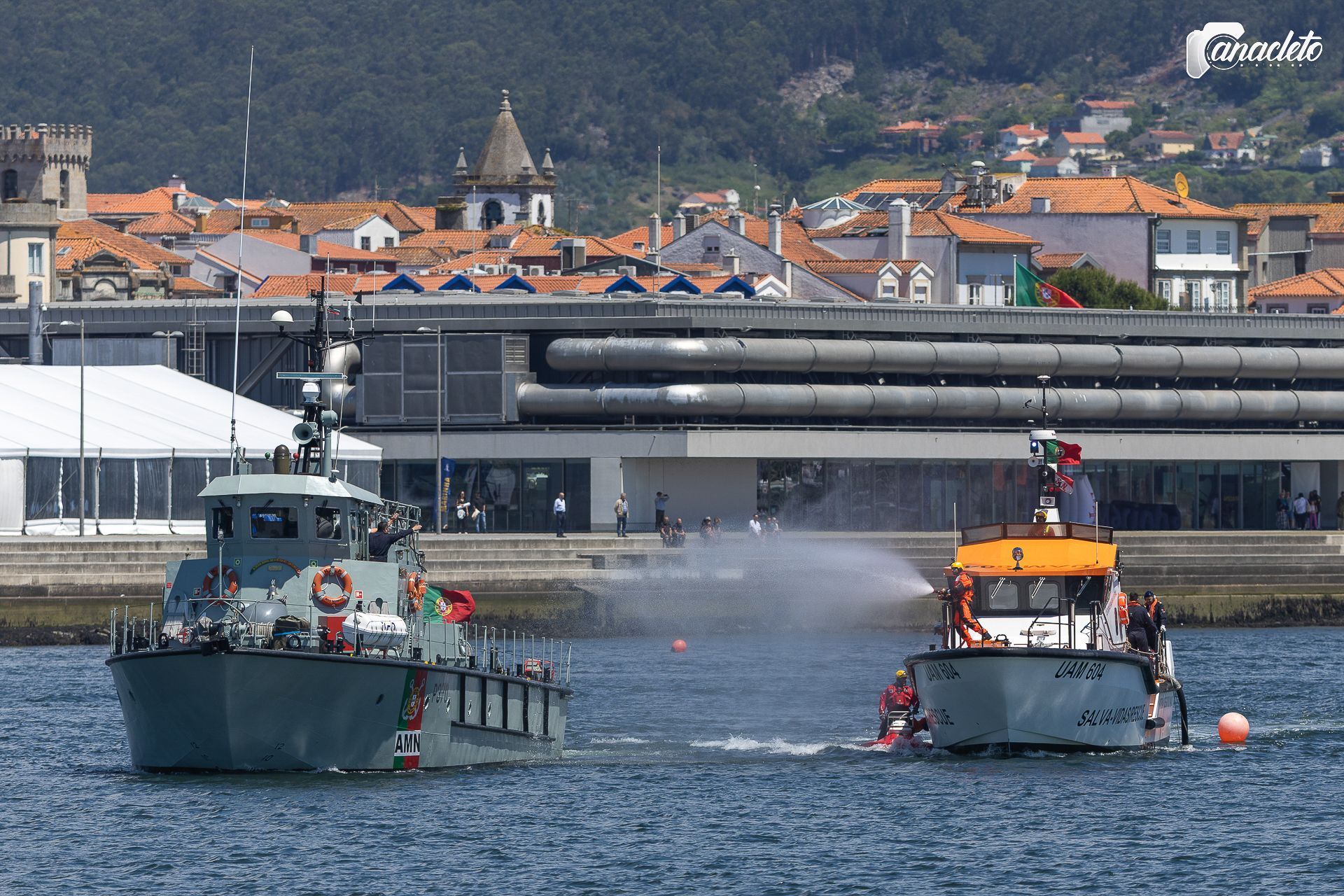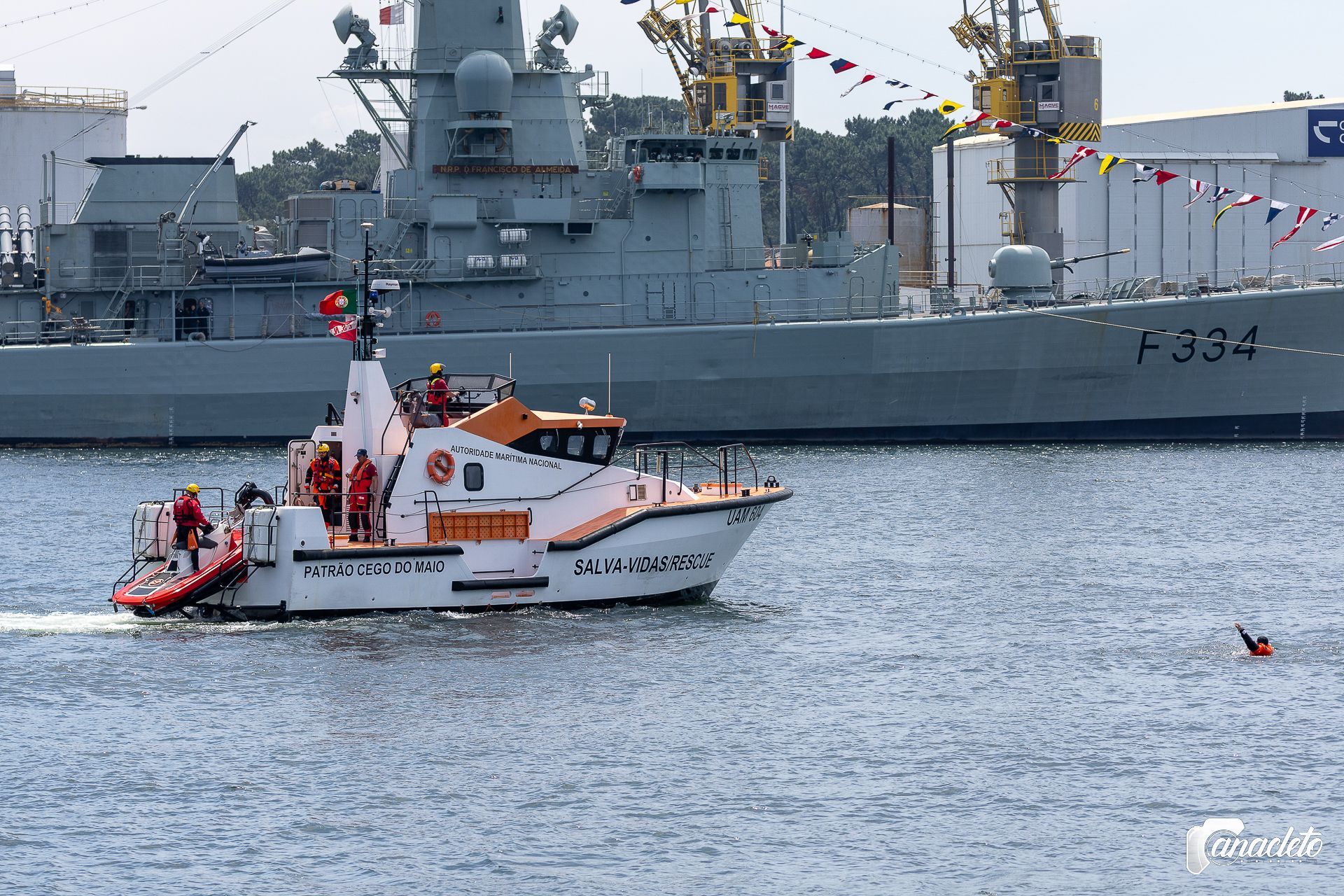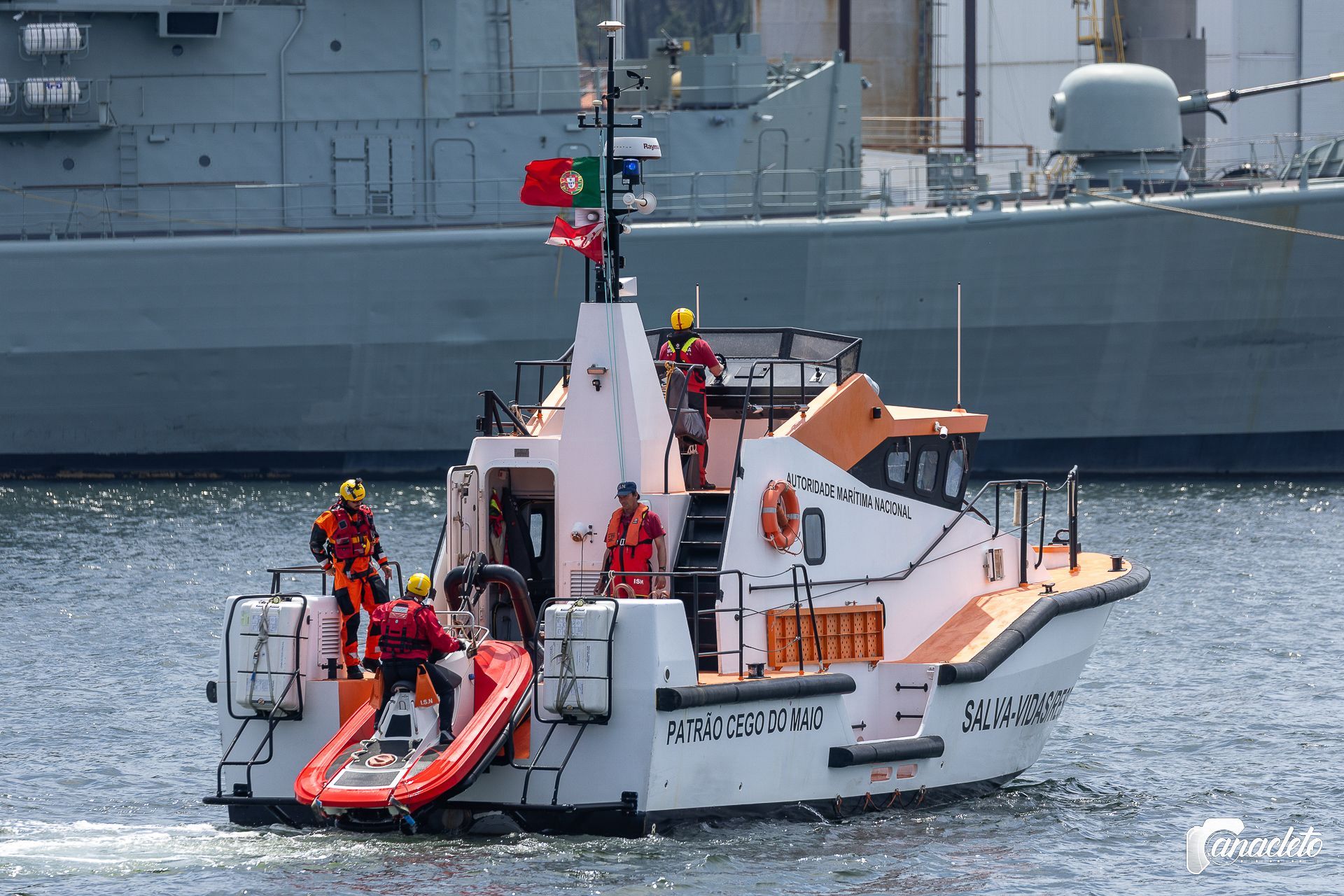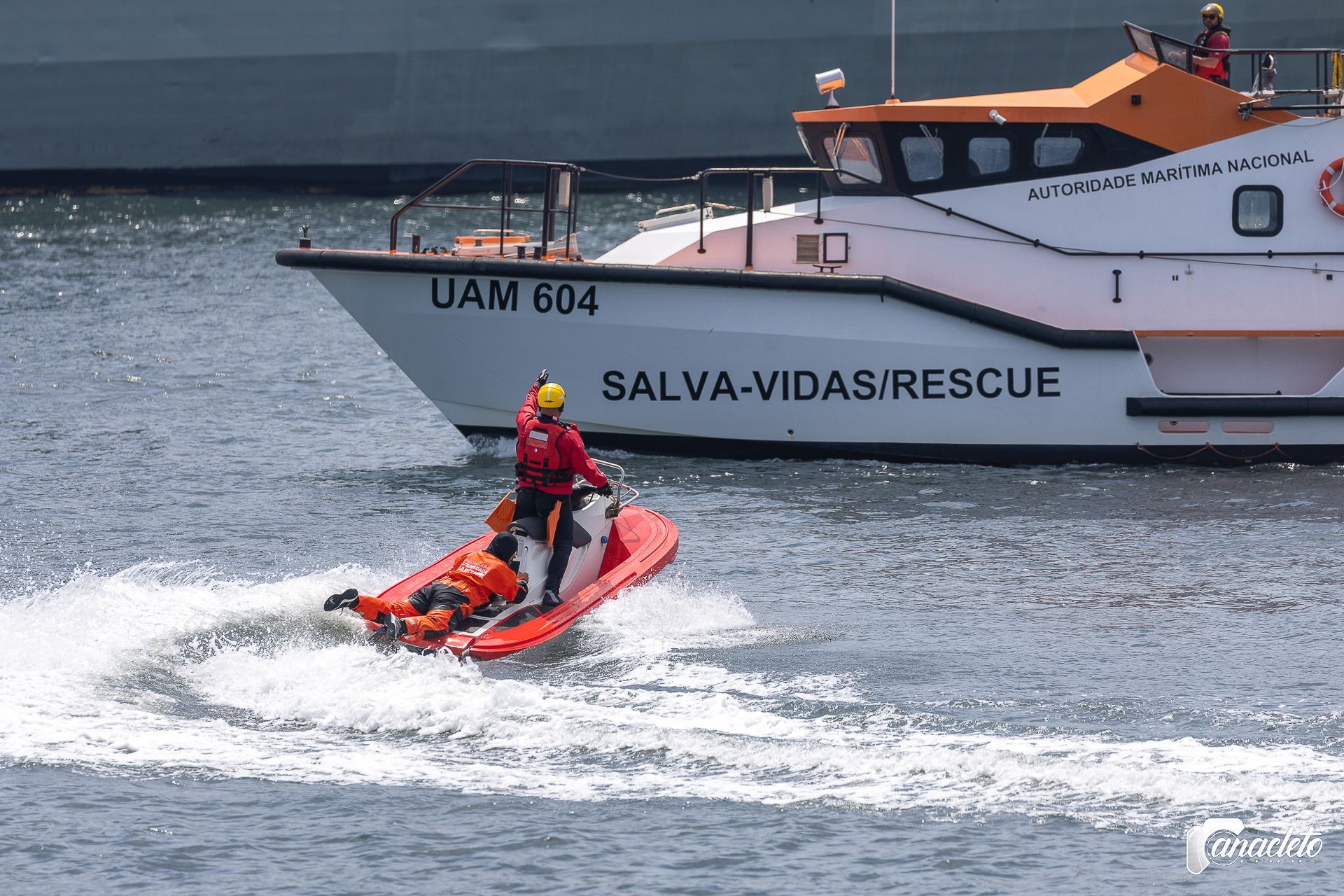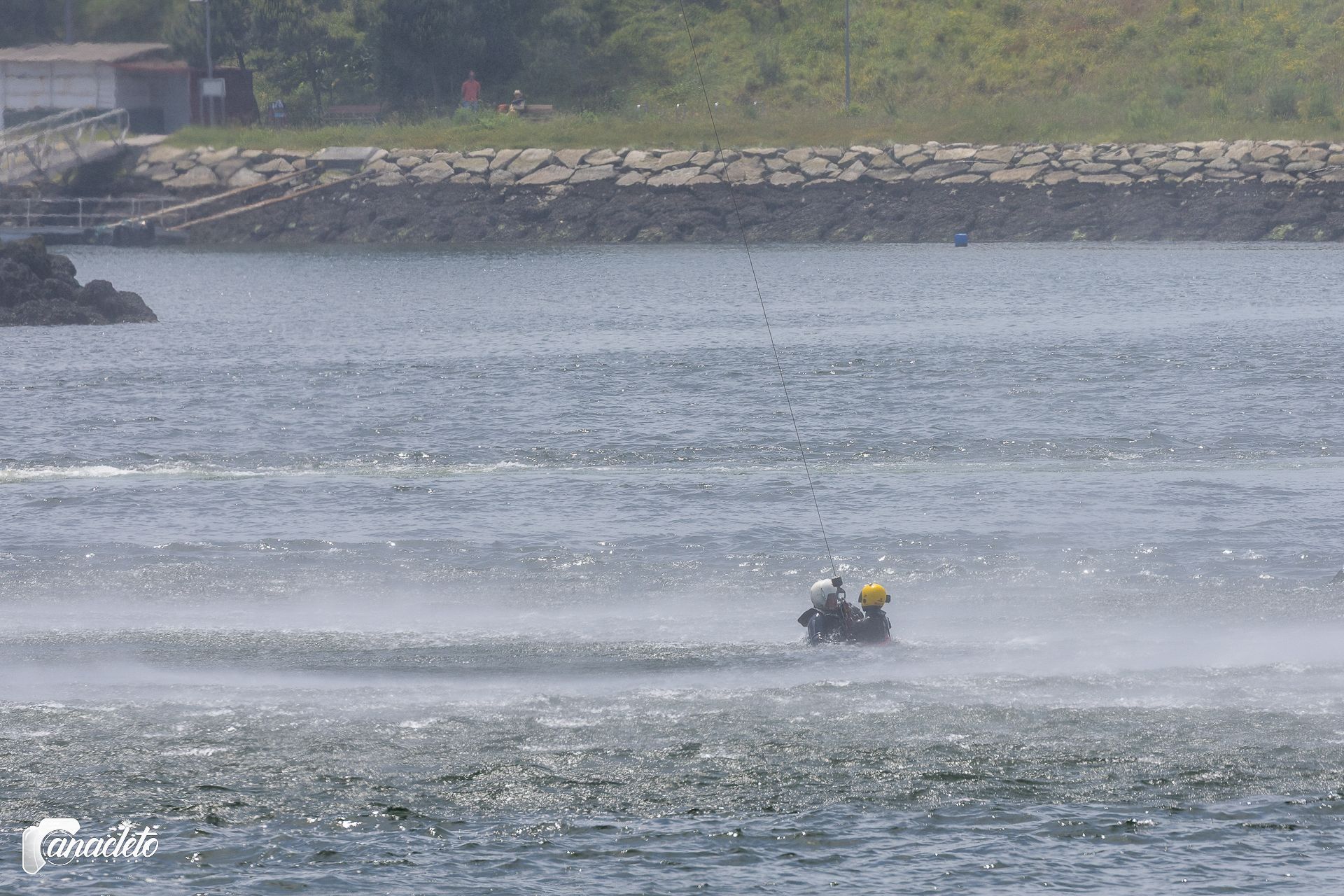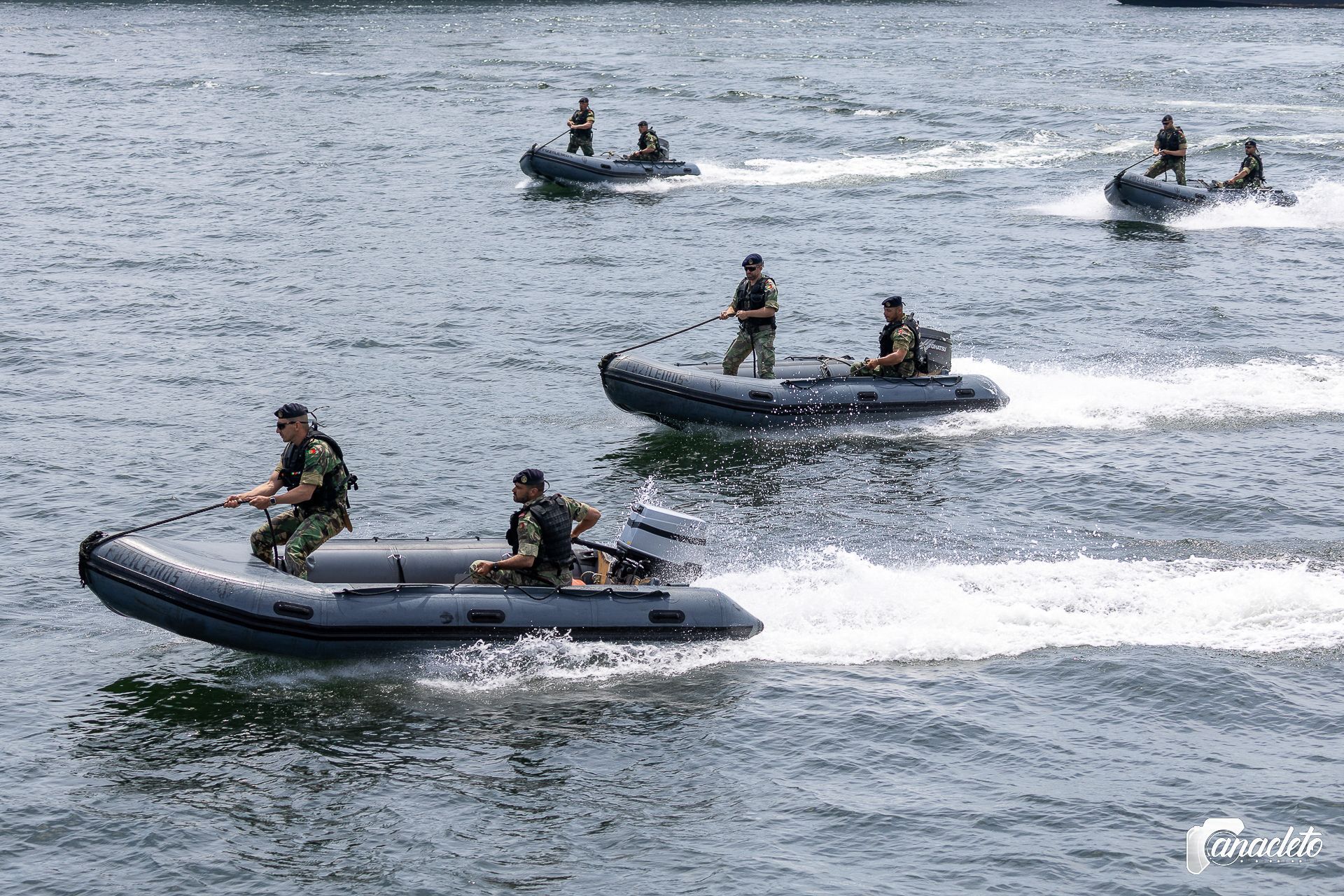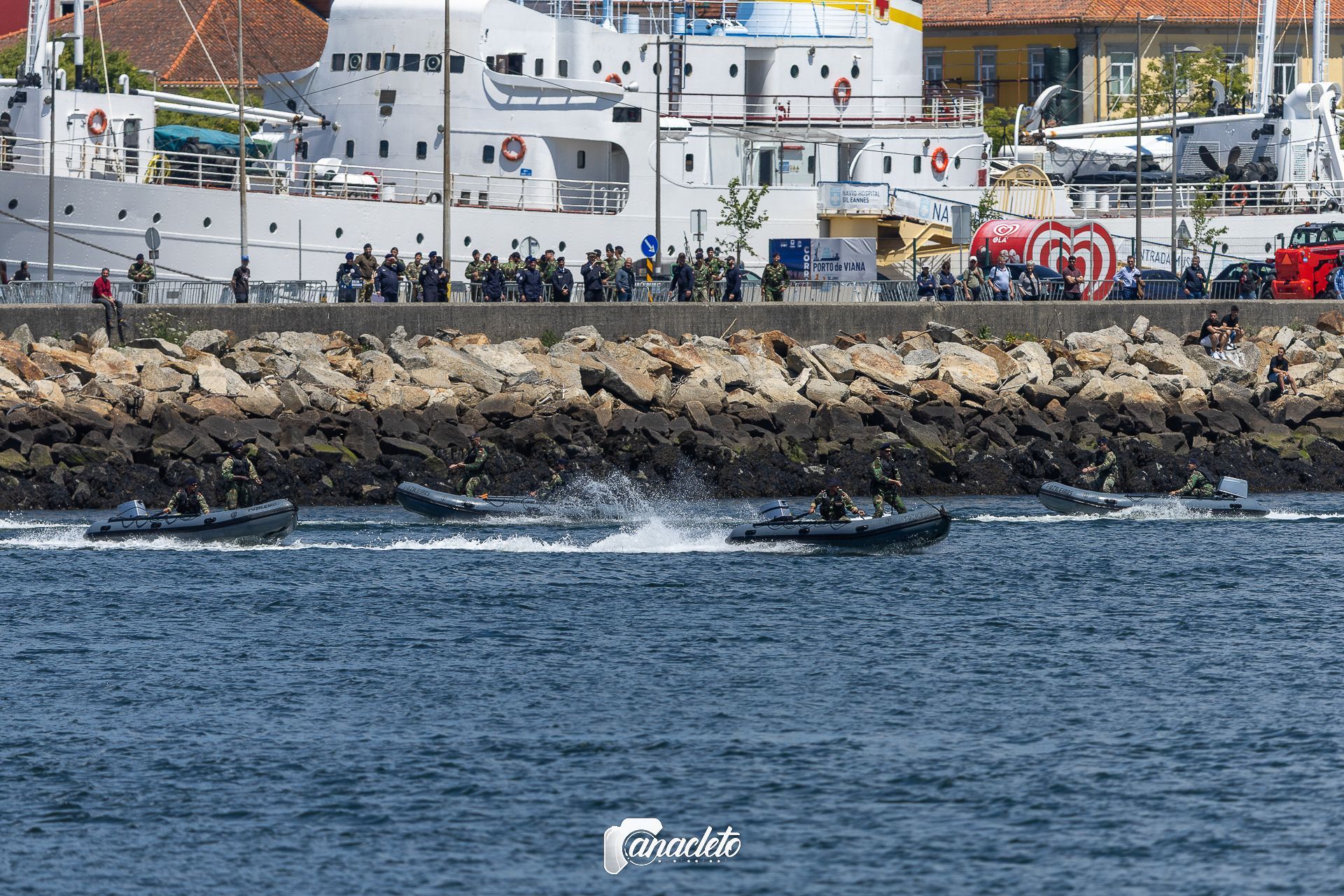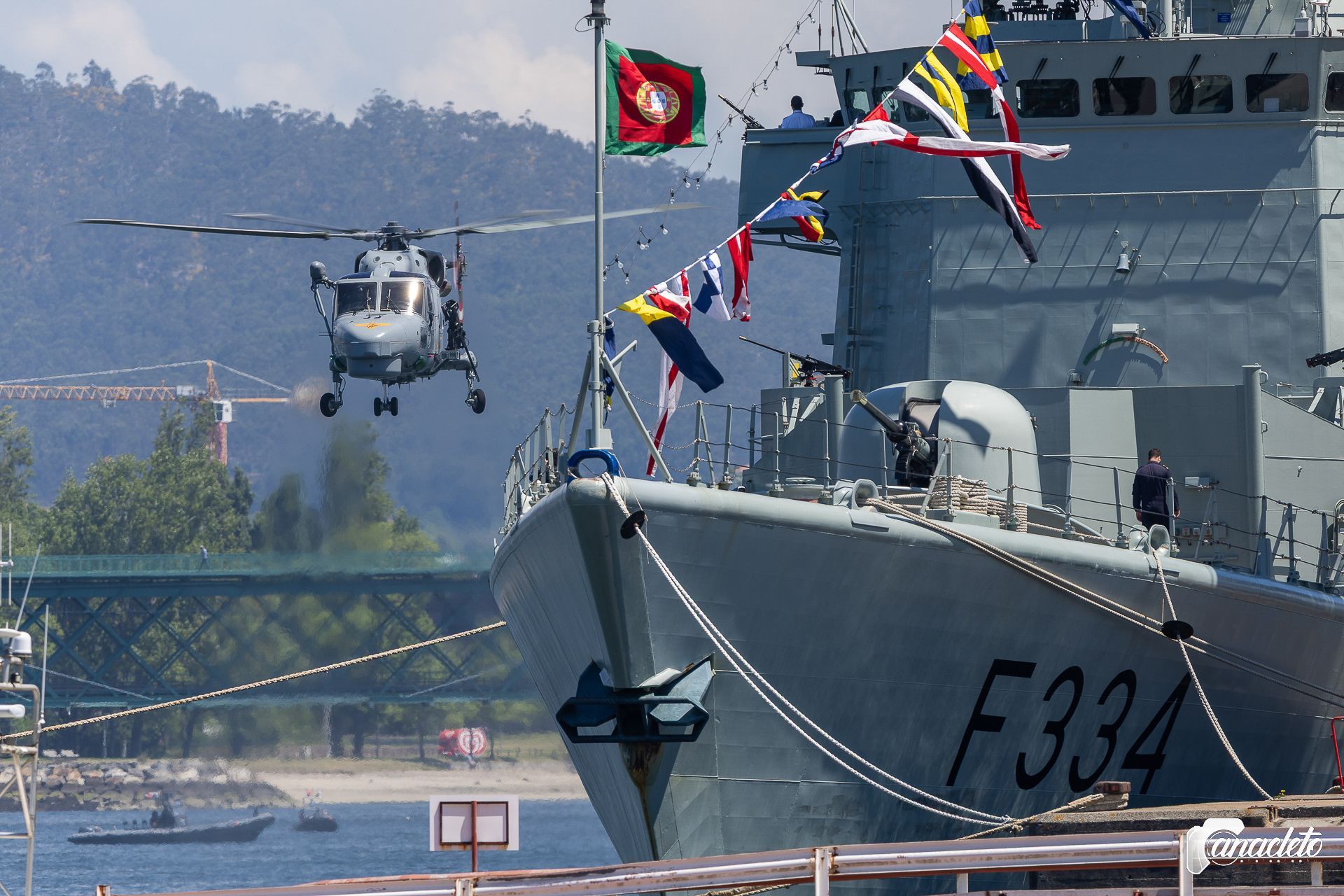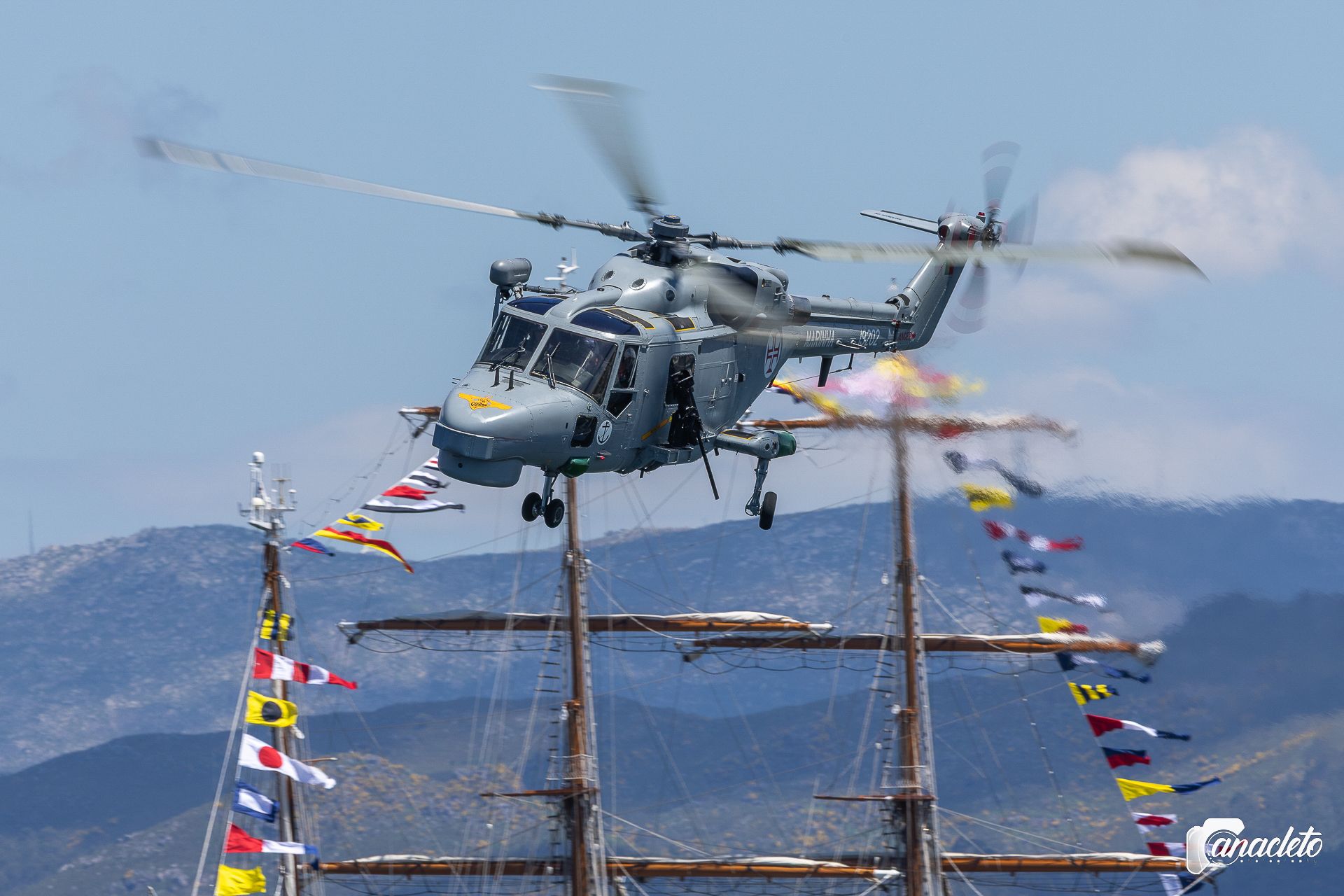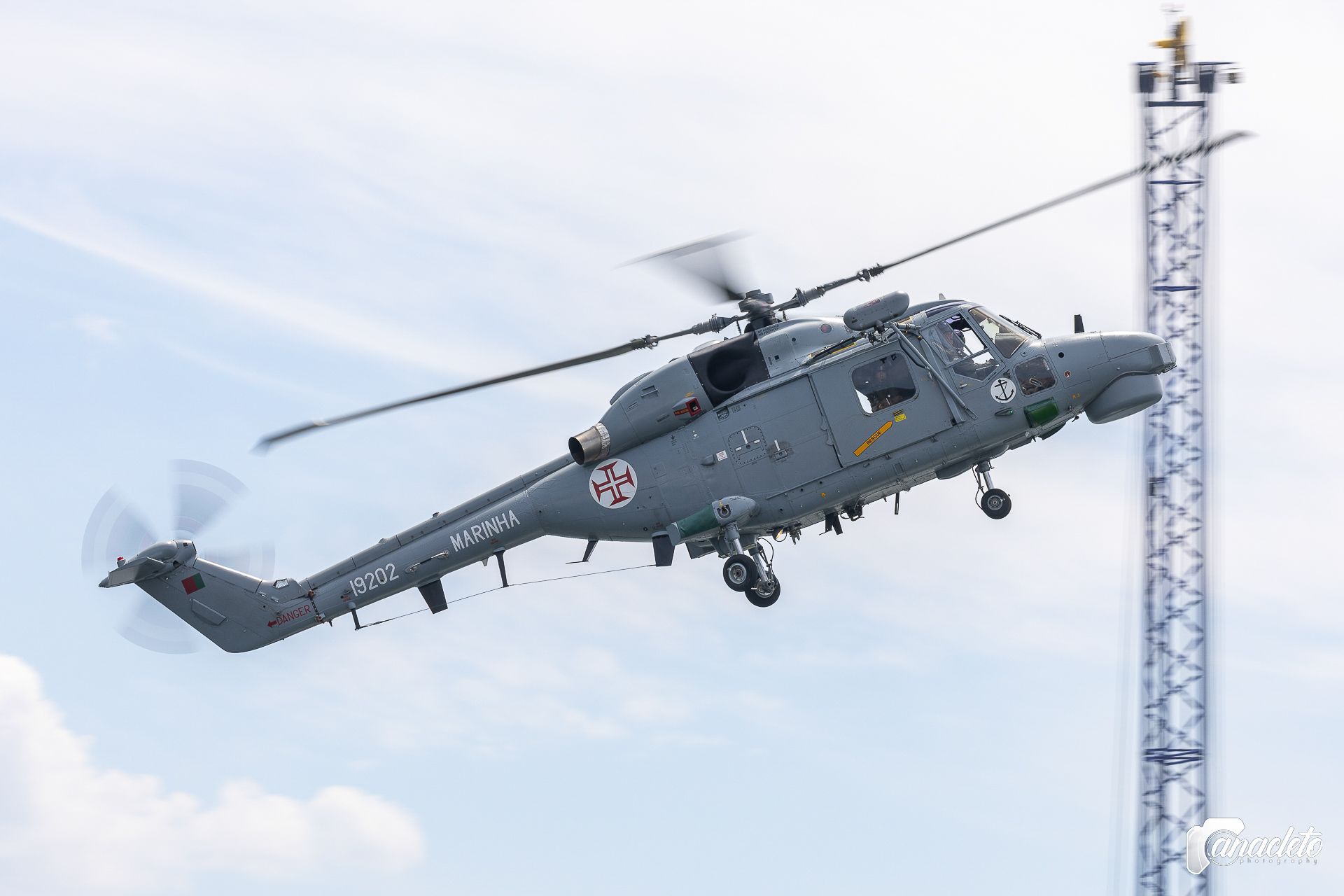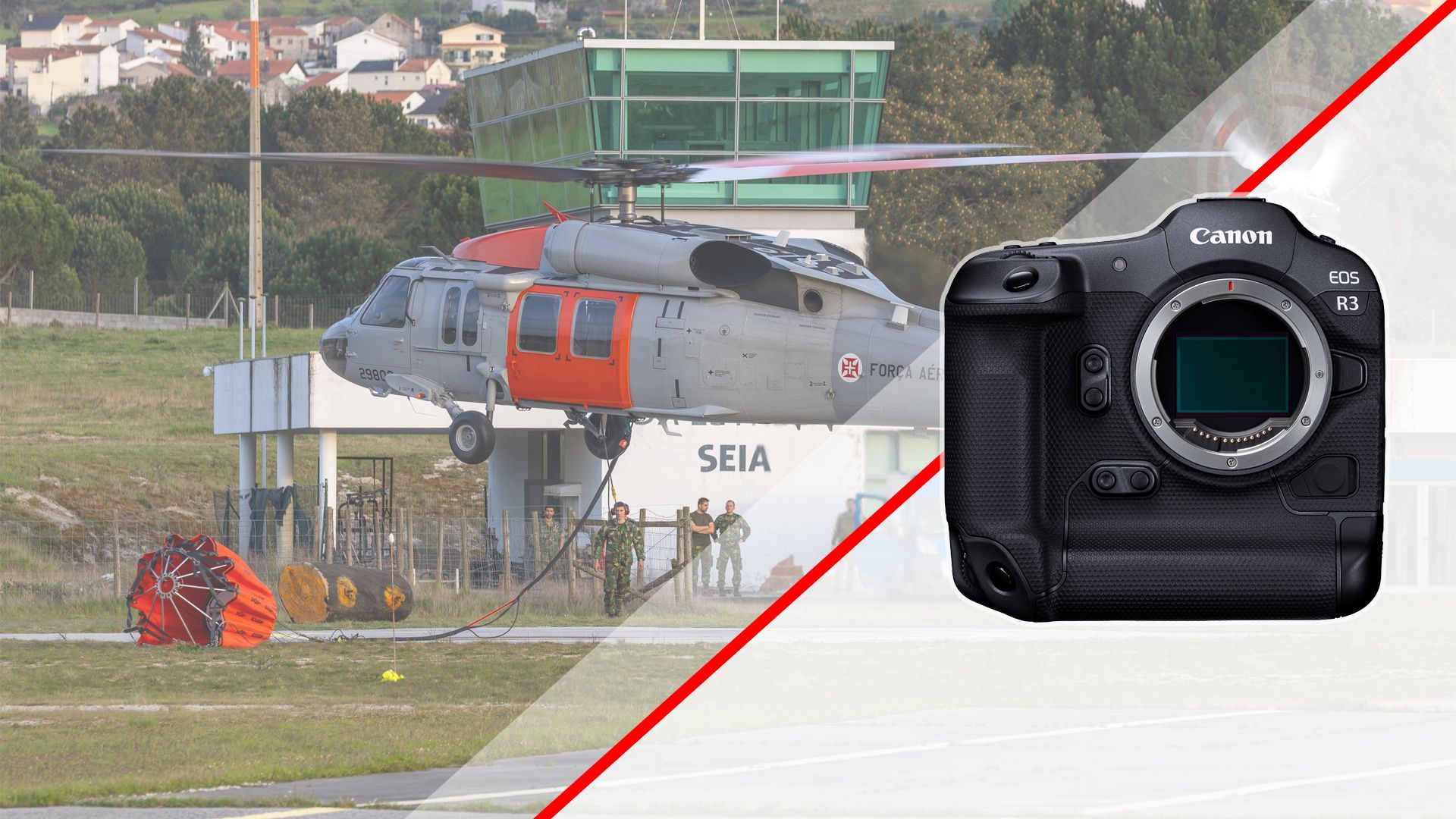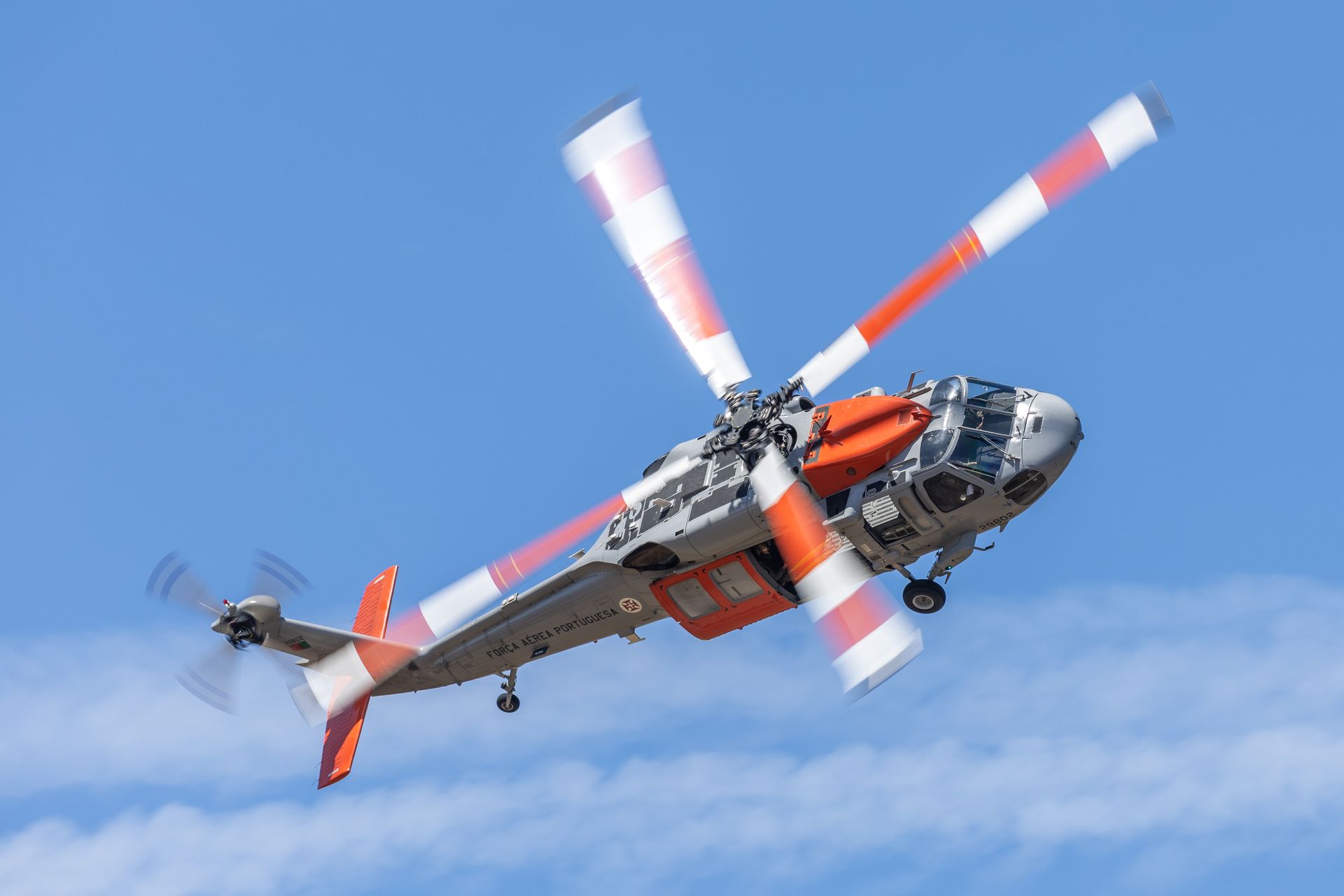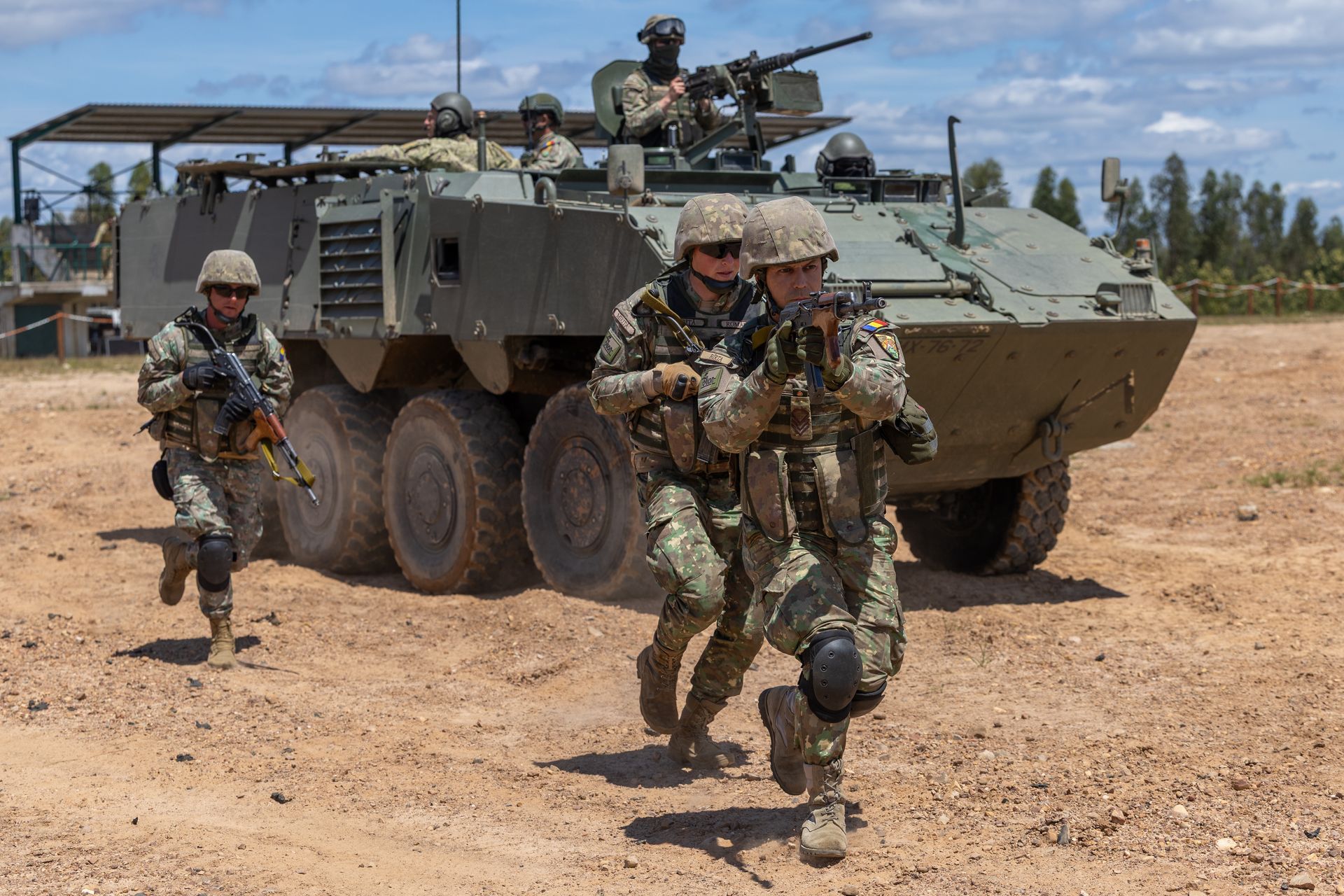Portuguese Navy Day 2025: Operationality, Tradition, and Proximity in Viana do Castelo
Viana do Castelo hosted the Portuguese Navy Day 2025 celebrations, highlighting the importance of Portugal's historical and strategic connection to the sea.

On May 20, 1498, Vasco da Gama arrived in the Indian city of Calicut, consolidating the discovery of the Maritime Route to India and establishing Portugal as a naval power. This achievement is commemorated every year with the Navy Day celebrations.
In 2025, 527 years after that landmark date, the city of Viana do Castelo, with its centuries-old maritime tradition and significant naval presence, hosted the commemoration program. From May 10 to 20, the Portuguese Navy promoted a wide range of activities, exhibitions, and operational demonstrations, open to the public, to publicize its capabilities and strengthen the bond between citizens and the military institution.
Vessel Tours: Getting to Know the Navy's Ships Up Close
This year, in addition to the beautiful NRP Sagres, the Portuguese Navy also deployed the NRP D. Francisco de Almeida Frigate, the NRP Viana do Castelo Ocean Patrol Vessel, and the NRP D. Carlos I Hydrographic Vessel. According to the Navy, on the first day alone, 4,793 people wanted to get to know these vessels from the National Fleet up close. The Sagres School Ship was moored near Praça da Liberdade, while the other three ships were at the Commercial Pier.
NRP Sagres: Tradition and Training on Board the School Ship
The NRP Sagres was built in 1937 at the Blohm & Voss shipyards (Hamburg) and was the third in a series of four ships built for the German navy. In 1961, it became part of the Portuguese fleet, although it was initially offered to the Brazilian Navy as a way of compensating Brazil for the damage caused to its ships by German submarines during the war.
The main mission of this iconic ship is to represent the Navy and the country during visits to foreign ports, whether as part of training trips for naval officers or when attending major celebrations. It also provides direct support to the diplomatic action of sovereign bodies, during official visits by high-ranking State entities, acting as Portugal's traveling embassy.
The NRP Sagres is currently the most decorated ship in the Portuguese Navy and the only one to bear foreign decorations on its national ensign.
NRP Viana do Castelo: Ocean Patrol and Public Interest Missions
The Ocean Patrol Vessel Viana do Castelo was built at the Viana do Castelo Shipyards and launched on October 1, 2005. It was added to the fleet on December 30, 2010, and entered service on March 30, 2011. It has a displacement of 1,850 tons, a length of 83.1 meters, a maximum beam of 12.95 meters, a draft of 3.82 meters, and is capable of reaching a maximum speed of 21 knots. It has a garrison of 42 sailors.
It was designed as a non-combat ship and is primarily intended to carry out the functions of state authority and perform tasks in the public interest in areas of national jurisdiction or responsibility. Despite being considered non-combatant, it is equipped with an Oto Melara 30 mm artillery piece, which serves as a deterrent.
It collaborates with other national authorities to carry out maritime search and rescue tasks, fisheries surveillance, control of traffic separation schemes, prevent and combat marine pollution, and prevent and combat illegal activities such as drug trafficking, illegal immigration, arms trafficking, and other illicit activities.
NRP D. Francisco de Almeida: Multipurpose Frigate at the Service of Collective Defense
The NRP D. Francisco de Almeida is the second ship in the Bartolomeu Dias class. It was built at the Royal Koninklijke Marine shipyards and was launched on November 21, 1992, becoming the seventh ship of the Karel Doorman class in the service of the Dutch Navy. It was added to the ranks of the Portuguese Navy on January 15, 2010.
It is a vessel with a displacement of 3320t, a length of 122.25m, a maximum beam of 14.4m, a draft of 6.2m, and is capable of reaching a maximum speed of 18 knots (diesel engines) and 29 knots (gas turbines). It has a garrison of 158 sailors and, if there is a helicopter deployment on board, 15 additional personnel.
As a frigate, it is equipped with various offensive and defensive weapons systems, such as:
- 76 mm OTO MELARA artillery piece
- 16 MK48 VLS SEA SPARROW surface-to-air missiles
- 2 launchers for 4 HARPOON surface-to-surface missiles
- 4 MK46 torpedo launchers (2 on the starboard side and 2 on the port side)
- 30 mm GOALKEEPER CIWS (Close-In Weapon System) piece
- Westland Lynx Mk 95 helicopter
It also has a wide range of systems, radars, and sonars for detection and monitoring, fire control, and electronic defense:
- LW08 long-range air warning radar
- SMART S-3D combined warning radar
- KH1007 navigation radar
- SCOUT LPI (Low Probability of Interception) navigation radar
- STIR gunfire control radar
- PHS 36 medium-range sonar
- Towed Array Sonar (TAS) Anaconda
- APECS II electronic warfare system
- SRBOC anti-missile countermeasures system
The D. Francisco de Almeida has already taken part in numerous national and international missions and exercises, with special emphasis on the air and naval security arrangements during the celebration of the mass held in Terreiro do Paço in 2010 by Pope Benedict XVI, Operation Ocean Shield in 2011, as part of the NATO Naval Force, actively participating in actions to combat piracy in the Somalia area, integration as Chief Ship in Standing NATO Maritime Group 1 in 2015, Operation Sea Guardian in 2017, as part of the NATO Naval Force and Operation Themis in cooperation with the European FRONTEX Agency.
NRP D. Carlos I: Science and Hydrography at the Service of Sea Knowledge
The NRP D. Carlos I was built in the United States by the Tacoma Boat Company and launched on January 30, 1989, under the name “USNS AUDACIOUS”. It served the US Navy as an anti-submarine surveillance vessel until 1995, and its mission was to collect and transmit acoustic information using a system with towed passive sensors.
It is a vessel with a displacement of 2285 tons, a length of 68.3 meters, a maximum beam of 13.1 meters, a draft of 5.6 meters, and is capable of reaching a maximum speed of 10 knots.
It was decommissioned from the U.S. Navy in 1995 and transferred to the Portuguese Navy on December 9, 1996, passing to the state of armament with its current name on February 28, 1997. After arriving in Portugal, it was adapted to its current role as a hydrographic and oceanographic ship at the Alfeite Arsenal. Subsequently, it underwent two further adaptations, one between 2001 and 2004 and the other between 2008 and 2010.
The NRP D. Carlos I is a hydrographic ship whose mission is to support the execution of research and technological development activities related to the sciences and techniques of the sea, with a view to their priority application in naval military operations, namely in the areas of hydrography, hydrographic cartography, safety of navigation, oceanography and defense of the marine environment.
From the Sea to the City: Immersive Experiences in the Commemorations
The different forces of the Portuguese Navy organized various activities from Viana do Castelo's Public Garden to the Marina Pier, providing unique moments of direct contact with the military environment and the sea.
In the Public Garden, the young ones had the opportunity to try climbing with the support of the Marines, always closely accompanied by the military, who ensured safety and encouraged the participants to exceed their limits. For the more fearless, there was also the chance to take part in a dynamic shooting course with airsoft replicas, but not before undergoing a little physical training, in a true “baptism” in the Marines' style - a symbolic way of transforming each participant briefly into a member of this elite force. Also in this space, some visitors were able to try scuba diving for the first time, a memorable experience guided by specialized instructors.
At the Marina Pier, the popular Sea Baptisms took place, where participants embarked on a short trip down the Lima River aboard naval vessels such as the NRP Minho or LARC-5 amphibious vehicles, in an experience that combined emotion, discovery, and direct contact with the operational reality of the Navy.
Viana do Castelo Cultural Center: Space for Naval Memory and Innovation
The Viana do Castelo Cultural Center was the true “main stage” of the indoor exhibition, welcoming thousands of visitors throughout the celebrations. Right at the entrance, visitors were greeted with an evocative “journey into the past”, which recreated the journey of Vasco da Gama and the discovery of the Maritime Route to India, offering a striking and symbolic historical context of the importance of the sea for Portugal.
Following the exhibition route, it was possible to learn about some of the technologies currently used in hydrographic and oceanographic campaigns, visit an area of the Directorate-General of the National Maritime Authority dedicated to the various navigation aid systems, essential for ensuring the safety of ships approaching the coast and entering port, as well as explore a small but immersive area about the Lighthouses, where you could experience a Virtual Reality visit.
For the more adventurous, the Helicopter Squadron offered an immersive experience through a Lynx flight simulator, allowing you to experience the challenge of piloting one of the Navy's most iconic aircraft. For those who prefer sailing, there was a boat simulator with a virtual tour of the Tagus River, offering a realistic perspective on driving naval assets.
The exhibition also included a variety of themed displays linked to maritime practice, from classic navigation instruments to the Art of the Sailor, emerging technologies such as 3D printing and their applications in the military, to the imposing presence of a Sea Sparrow surface-to-air missile, testament to the Navy's deterrent power.
One of the highlights for youngsters (and others) was the fascinating exhibition of LEGO constructions of historic and contemporary Portuguese Navy vessels. The highlight was an impressively detailed model of a Tridente Class submarine, currently in service, which allowed us to see, on a reduced scale, the various compartments and sections that make up this sophisticated naval vessel.
In the final area of the exhibition, there was an area dedicated to technological innovation and the growing commitment to modernizing operational capabilities, with a special focus on the work of the Célula de Experimentação Operacional de Veículos Não Tripulados (CEOV) and Unit X31.
This unit, which functions as a specialized squadron, operates unmanned systems in the air, surface, subsurface, and land domains, reflecting the Navy's commitment to integrating emerging technologies in support of its missions. The space demonstrated the increasingly important role that drones and autonomous vehicles play in modern naval operations, from surveillance and data collection to acting in high-risk scenarios with minimal human intervention.
Outdoor Exhibition: The Navy present in the Public Gardens
Moving on to the outdoor part of the exhibition, located in the Public Park, visitors were able to get to know some of the forces that make up the Portuguese Navy and the National Maritime Authority and get a closer look at the various vehicles and equipment they operate.
The Portuguese Marines
In the area dedicated to the Marines, in addition to the interactive activities already mentioned, there was a weapons stand that allowed the public to get a closer look at the individual weapons that equip these soldiers. Among the weapons on display was the HK 416, the Navy's new assault rifle, which replaced the historic G3, as well as the MG3 machine gun, the H&K MP5 submachine gun, which is particularly suitable for actions by the Boarding Platoon due to its compactness, and the Carl-Gustav anti-tank system, an essential part of the Marines' anti-tank arsenal.
Three operational vehicles were also on display: two Toyota Land Cruisers, one equipped with a Browning M2 heavy machine gun and the other with a Heckler & Koch GMG 40mm automatic grenade launcher, as well as a CFMOTO UFORCE 1000 Utility Task Vehicle (UTV), which reinforces tactical mobility in different environments. This display demonstrated the Marines' ability to project force, mobility, and lethality in high-risk, demanding operational missions.
Maritime Police
Next to the Marines' area was the area dedicated to the Maritime Police, where the public had the chance to get a closer look at the various vehicles and equipment that make up their fleet, organized into two distinct strands.
On the one hand, the vehicles used for patrol, surveillance, monitoring, and inspection missions were on display, including a Yamaha Rhino buggy, a Mitsubishi L200 Coastal Surveillance pick-up, a 4x4 motorcycle, a Toyota Hilux pick-up, a semi-rigid speedboat, a forensic team van, and a water scooter. These vehicles represent the versatility and readiness of the Maritime Police in responding to various situations in the coastal and riverside environment.
On the other side were the resources dedicated to combating pollution at sea, especially a Volkswagen Amarok pickup equipped as a tactical operational command vehicle and a quad bike with a trailer for transporting specialized equipment. A hydrocarbon recovery simulator was also available, as well as various pieces of equipment used in real operations to contain and collect pollutants, such as estuary barriers and beach barriers. This area highlighted the crucial role of the Maritime Police in preserving the marine environment and responding to pollution incidents.
Célula de Experimentação Operacional de Veículos Não Tripulados (CEOV) (Unmanned Vehicle Operational Experimentation Cell)
In the space dedicated to the CEOV, Célula de Experimentação Operacional de Veículos Não Tripulados, two prototypes of the USV (Unmanned Surface Vehicle) Trator do Mar, a system developed by the Portuguese Navy with the support of national industry, were on show. This unmanned surface vehicle is equipped with advanced technology that allows it to collect crucial oceanographic data and carry out surveillance and protection of critical underwater infrastructures. Thanks to its high-precision sensors, it ensures continuous surveillance and the collection of essential operational information.
Complementing this exhibition was a UGV (Unmanned Ground Vehicle) system, a remote-controlled ground vehicle capable of transporting and launching grenades, demonstrating the potential for integrating ground systems into tactical operations. The area also included an aerial surveillance UAV system and several commercial FPV (First Person View) drones, namely the DJI Avata 2 model. This equipment, already widely used in conflict scenarios such as Ukraine, shows the growing impact of FPV technology in the modern theater of operations and could serve as a basis for the development of national solutions adapted to different operational requirements.
Instituto de Socorros a Náufragos (ISN)
The Instituto de Socorros a Náufragos (ISN) is a body within the structure of the Direção-Geral da Autoridade Marítima (Directorate-General of the Maritime Authority) which plays an extremely important role in safeguarding human life on our coasts. To do this, it needs a range of equipment and vehicles to enable it to carry out this mission quickly and effectively. We're talking about the vehicles that quickly transport the lifeguards to the scene of emergencies, such as the VW Amarok pickup, the 4x4 motorcycle, and the water scooter, as well as the rescue and resuscitation equipment used in the operations.
The public had the chance to get to know the equipment up close, explore the vehicle,s and talk to the professionals who risk their lives every day to save others. This exhibition not only highlighted the ISN's operational capacity but also reinforced collective awareness of the importance of safety at sea.
Museum Center - Transport Directorate
The Transport Directorate is responsible for managing the transport functional element within the Navy's logistics. Among its various duties, the most important is the conservation and maintenance of vehicles of historical interest and value, which are part of the Portuguese Navy's automotive heritage. To guarantee this important work, the Directorate has a Museum Center, whose mission includes constantly updating the records and certificates of old vehicles, monitoring and maintaining their state of preservation, carrying out the necessary repair processes, as well as identifying, obtaining, and preserving the history of each vehicle.
During the Navy Day celebrations, visitors had the opportunity to appreciate and even interact with some of the historic vehicles in the collection, including true classics such as the 1961 Mercedes 3000SL Automatic, the 1967 Mercedes 300SEL, the 1974 Volkswagen 1300S, the 1987 Renault 4 GTL, the 1969 Volkswagen 16 ambulance, the 1961 Willys CJ 3B, the 1954 Dodge DC 51, the 1975 Berliet GBA 6MT and the 1979 Mercedes Unimog 414.
The excellent state of preservation and conservation of these vehicles is to be commended, a testament to the care and rigor with which the Transport Directorate preserves this valuable automotive heritage of the Navy.
The Military Ceremony
On Saturday, May 17, the Military Ceremony took place in the parking lot next to the Gil Eannes Hospital Ship, presided over by the Chief of Staff of the Navy, Admiral Jorge Nobre de Sousa. The ceremony was also attended by the Mayor of Viana do Castelo, Luís Nobre, among others.
Speeches were made during the event, in which Admiral Nobre de Sousa highlighted the warm welcome that the people of Viana do Castelo had given the Navy during the celebrations. Decorations were awarded to military personnel who had distinguished themselves by their service. The ceremony culminated with the forces parading in on foot and vehicles, in which more than 605 military personnel took part.
Action and Precision: Demonstration of the Portuguese Navy's Capabilities
After the Military Ceremony, the various forces of the Portuguese Navy put on an impressive demonstration of their capabilities, showing the public their skills both in tactical conflict scenarios and in humanitarian operations carried out in peacetime.
This show highlighted the versatility, professionalism, and readiness of the Portuguese military to act in multiple contexts, reinforcing the Navy's crucial role in national defense and in supporting the population.
Demonstration of Interdiction and Approach to Suspicious Vessels
As part of the demonstration of capabilities, a maritime interdiction scenario was simulated on a vessel suspected of being involved in drug trafficking. After signaling the target, a Lynx Mk95 helicopter took off from a Navy frigate with the mission of intercepting it.
As a deterrent and to ensure control of the situation, the Lynx crew assumed a position of supremacy, pointing the M3M machine gun at the suspect vessel, discouraging any hostile reactions from the crew.
Once the safety conditions had been ensured, the helicopter positioned itself over the stern of the vessel, allowing members of the boarding platoon to disembark using the fast-rope technique. After stabilizing the deck and initially controlling the situation, the remaining members of the Maritime Police's Tactical Actions Group (GAT) moved in from semi-rigid boats, carrying out the final approach in coordination with the Marines. The operation culminated in the neutralization of the threat and the seizure of the crew, demonstrating the effectiveness of joint action between naval, air, and tactical Navy resources.
Shipwreck Rescue Demonstration
A fire broke out on board a boat, prompting an immediate distress call. In response, a “Vigilante” class lifeboat (GCAP) was mobilized, which quickly moved to the scene and immediately began firefighting manoeuvres.
Faced with the intensity of the flames, one of the crew members ended up jumping into the water. The lifeboat, equipped with a rapid intervention water scooter, immediately activated this means to recover the victim, ensuring his safe rescue.
A few moments later, a second crew member also abandoned the boat, requiring assistance. Given the complexity of the conditions at the scene, the Helicopter Squadron was called in, which intervened with a Lynx Mk95 helicopter. The rescue swimmer was lowered to the victim, carrying out the approach with precision. After ensuring control of the situation, he applied the Quick Strop system, which allowed both to be safely lifted aboard the helicopter, bringing another integrated rescue mission to a successful conclusion.
Military Tattoo
One of the most remarkable moments of the program was the military tattoo performance by the Marines' Landing Resources Unit. In a true spectacle of precision, coordination and discipline, eight Zebro boats performed an impressive aquatic choreography that captivated everyone present.
Under the watchful eye of the audience, the boats performed synchronized movements, crossing each other in tight manoeuvres, drawing geometric shapes and simulating approach and landing tactics, in an exercise that combined operational efficiency with a high symbolic and aesthetic value.
This demonstration was a clear example of the technical capacity and rigor with which the Marines train and operate, transforming means of combat into instruments of choreographed art on the water - a visual tribute to the excellence of the Portuguese Navy.
Solo Lynx Demo
To mark the end of the Capabilities Demonstration, we had the impressive solo demonstration of the Lynx helicopter. This display, loaded with power, precision, and maneuverability, held the audience's gaze from start to finish. In a veritable aerial ballet over the river, the Lynx demonstrated its operational capabilities in a naval environment.
More than a technical demonstration, this solo flight was an affirmation of the versatility and reliability of the Lynx Mk95, a helicopter that has served the Portuguese Navy with distinction for decades. The crew's precision and total mastery of the machine were revealed in a performance that combined spectacle with operability, leaving the audience with the clear notion that in the air, as at sea, the Navy is always ready.
Reflection
The Navy Day 2025 celebrations in Viana do Castelo were much more than a historical celebration - they were an affirmation of the present and a projection for the future. Over ten intense days, the Portuguese Navy opened its doors - and its hatches - to the public, allowing direct contact with the resources and the men and women who serve Portugal at sea daily.
These were moments of memory and pride, but also of innovation and demonstration of operational capabilities, which reinforced the Navy's indispensable role in the defense of national interests, maritime security and Portugal's cultural and emotional connection with the ocean.
Viana do Castelo, a city with a maritime tradition, was the ideal setting to host these celebrations. Between the visits to the ships, the technological exhibitions, the interactive activities, and the tactical demonstrations, one message was clear: the Navy is a modern institution, prepared and close to its citizens.
